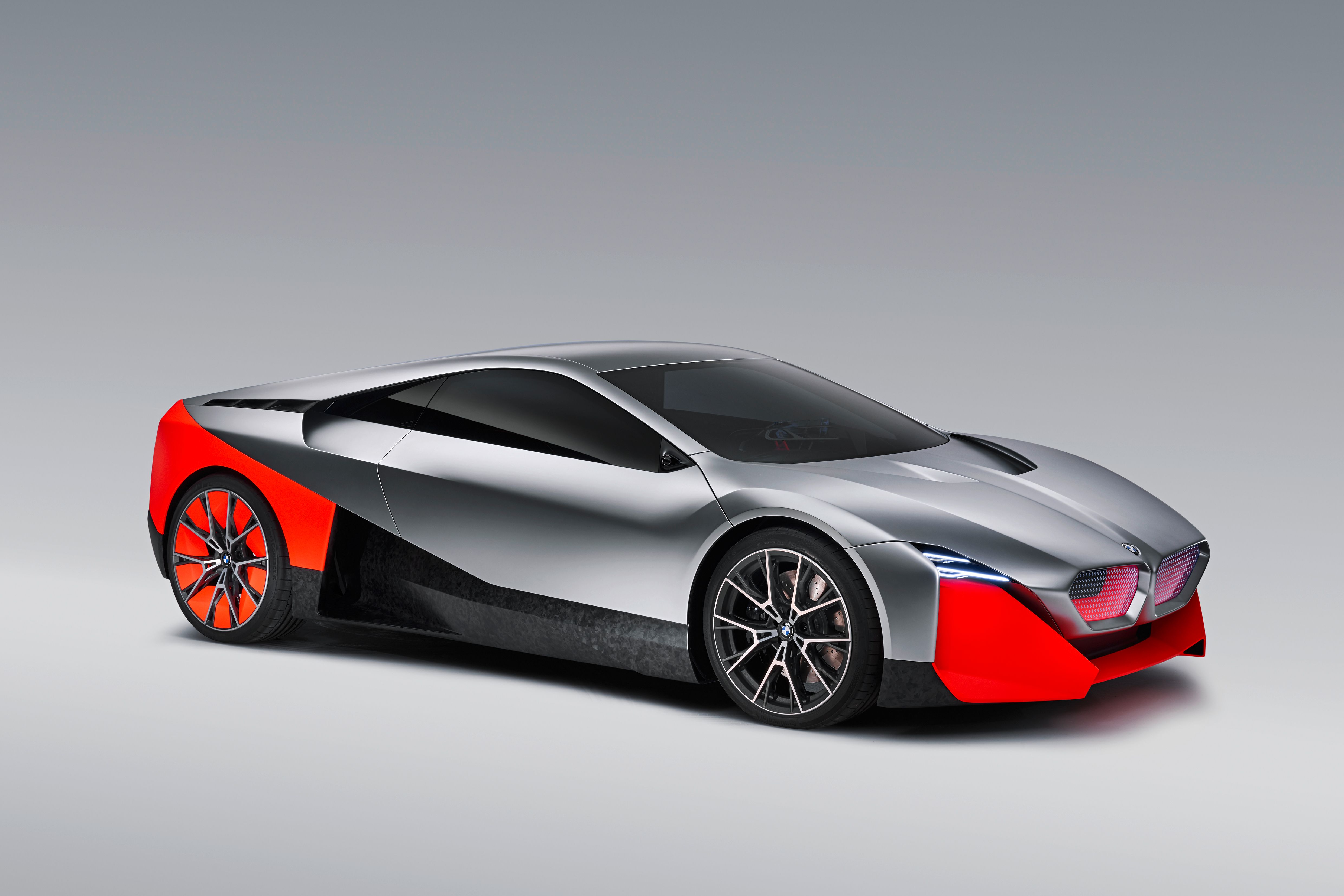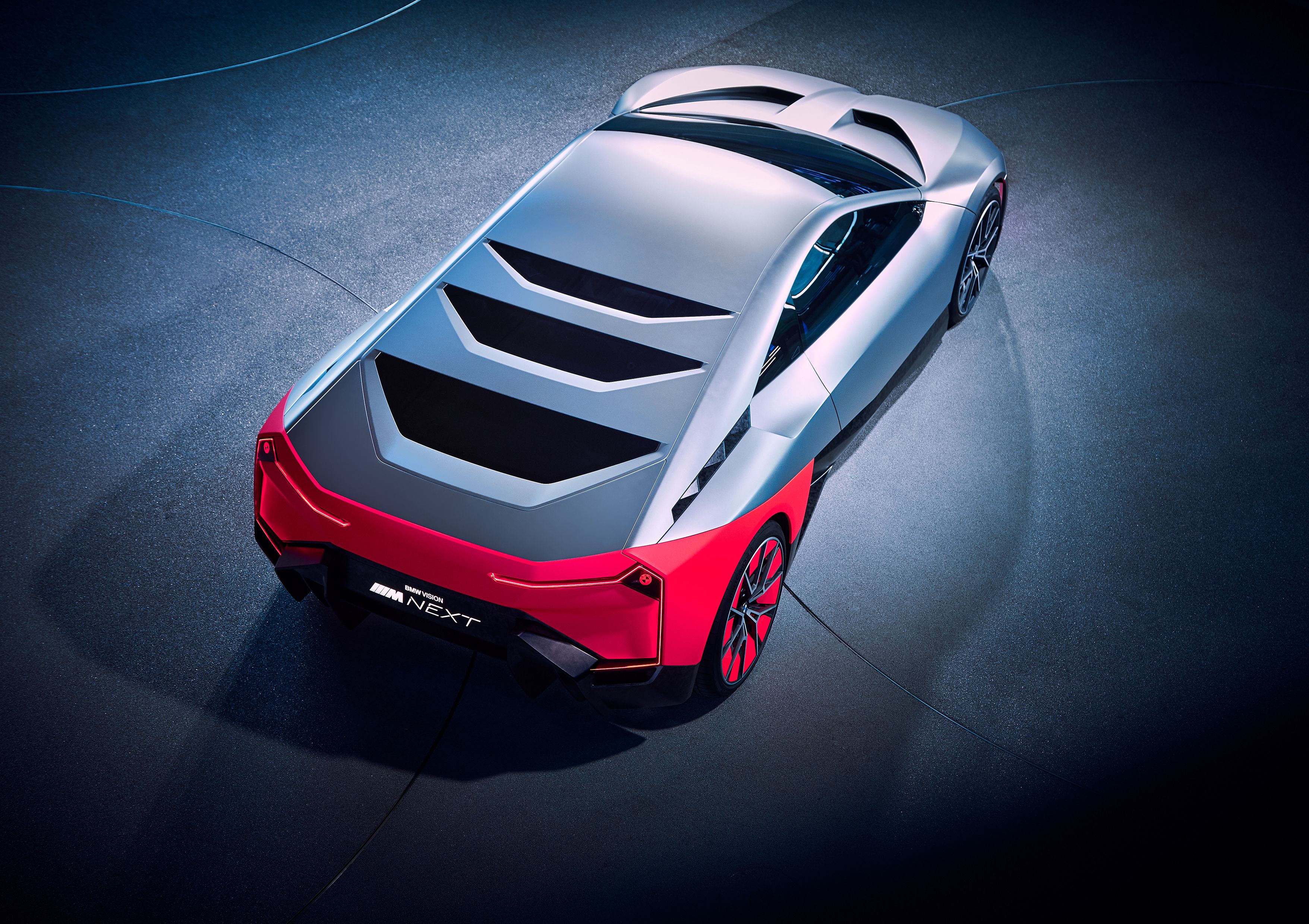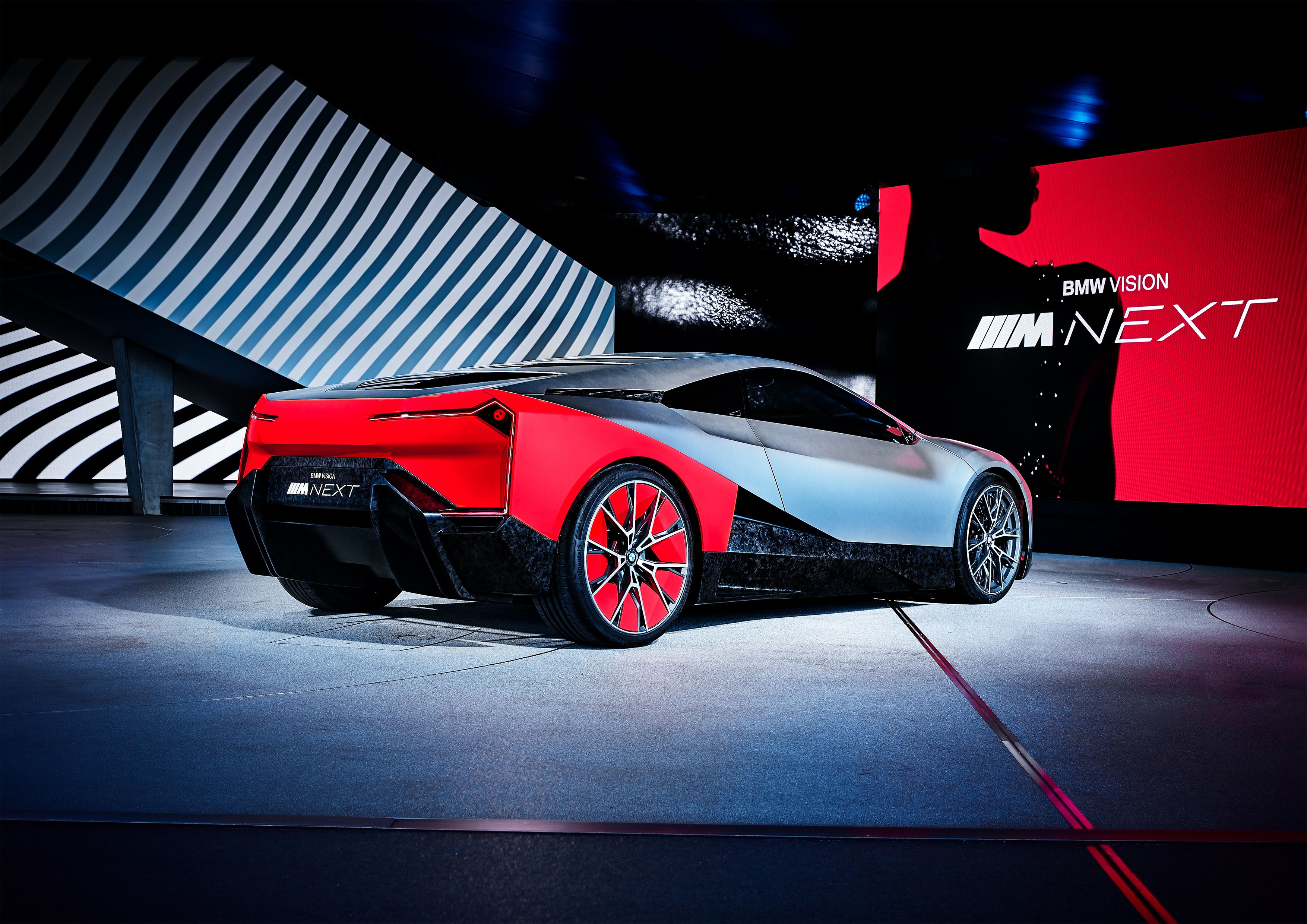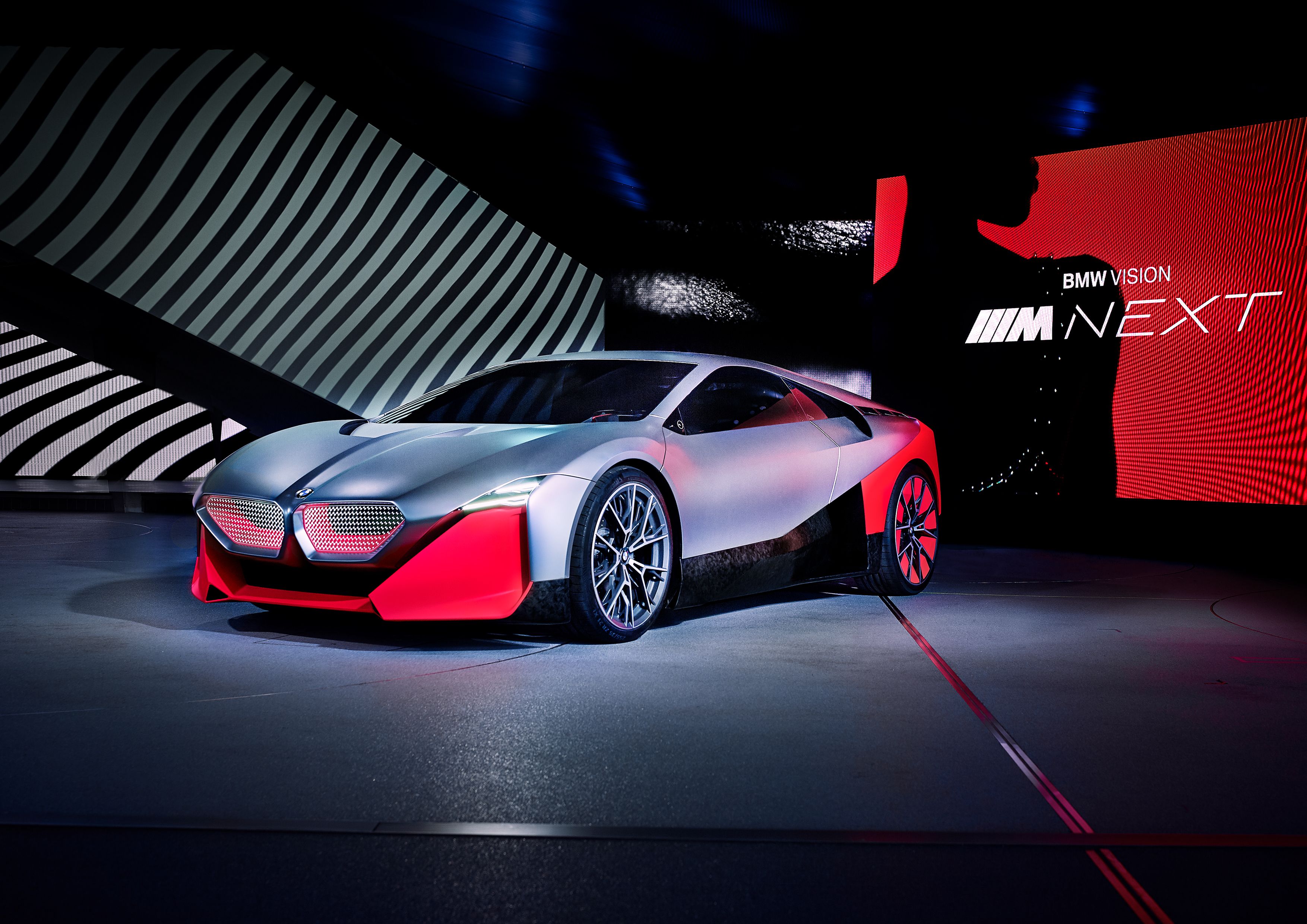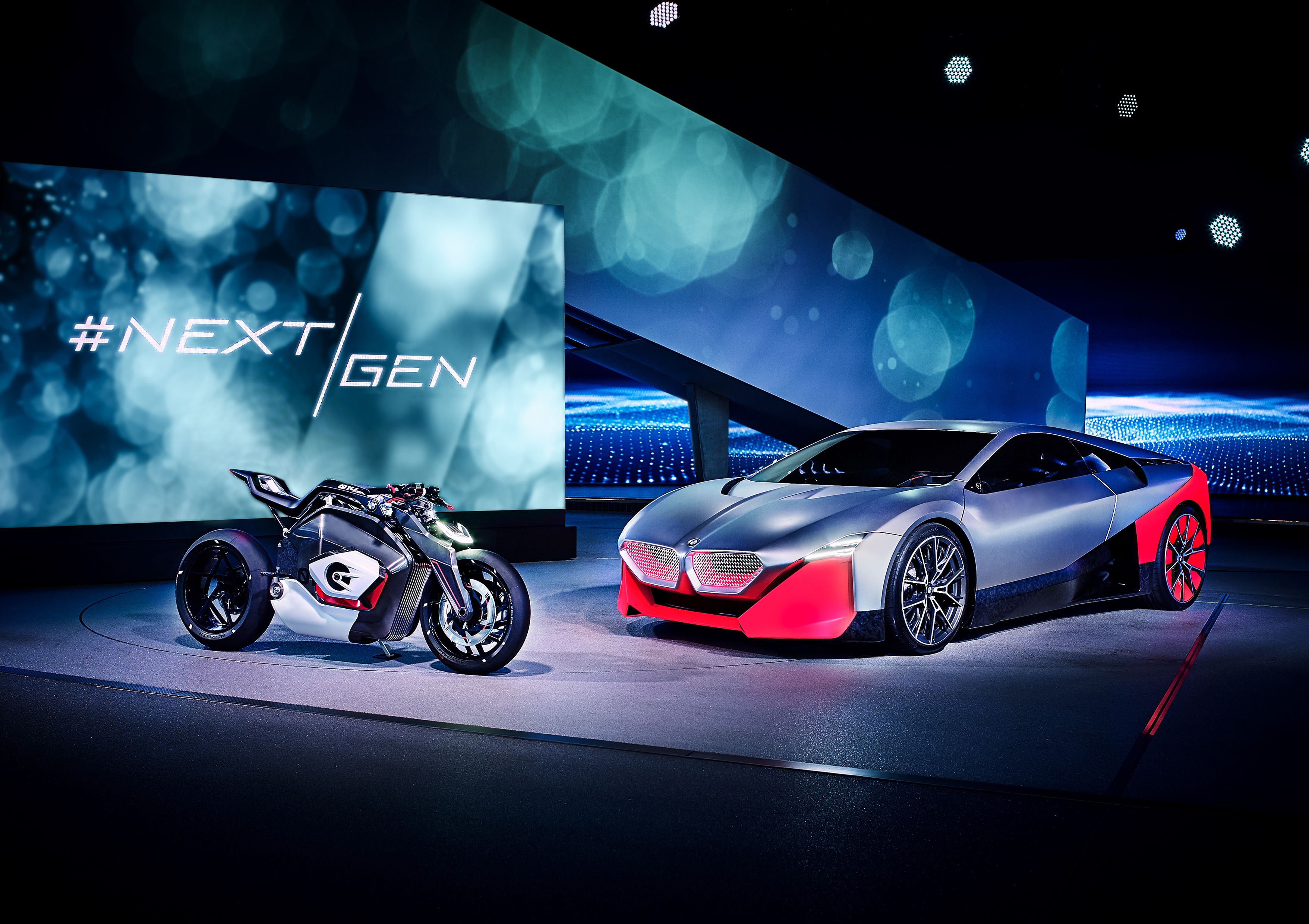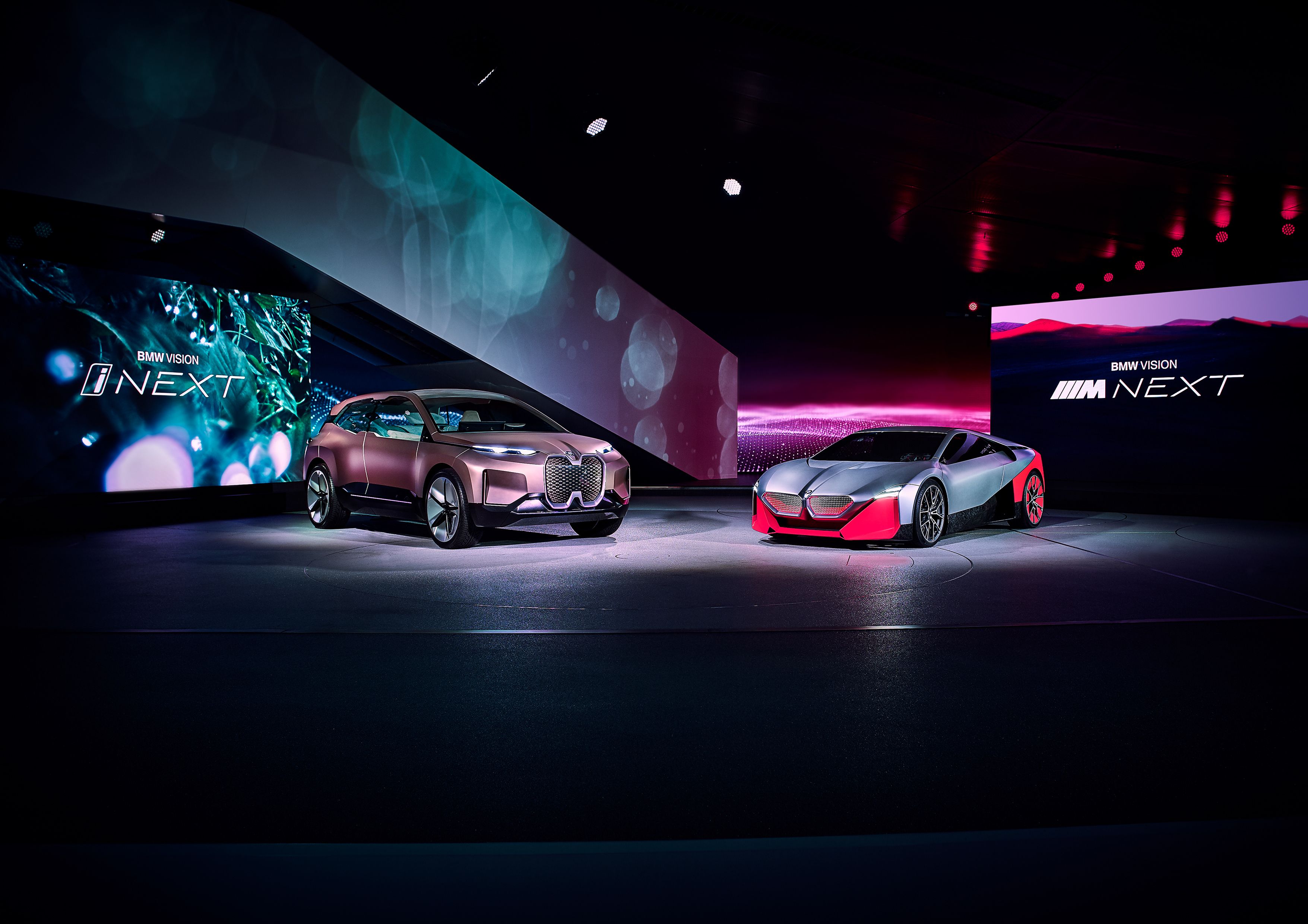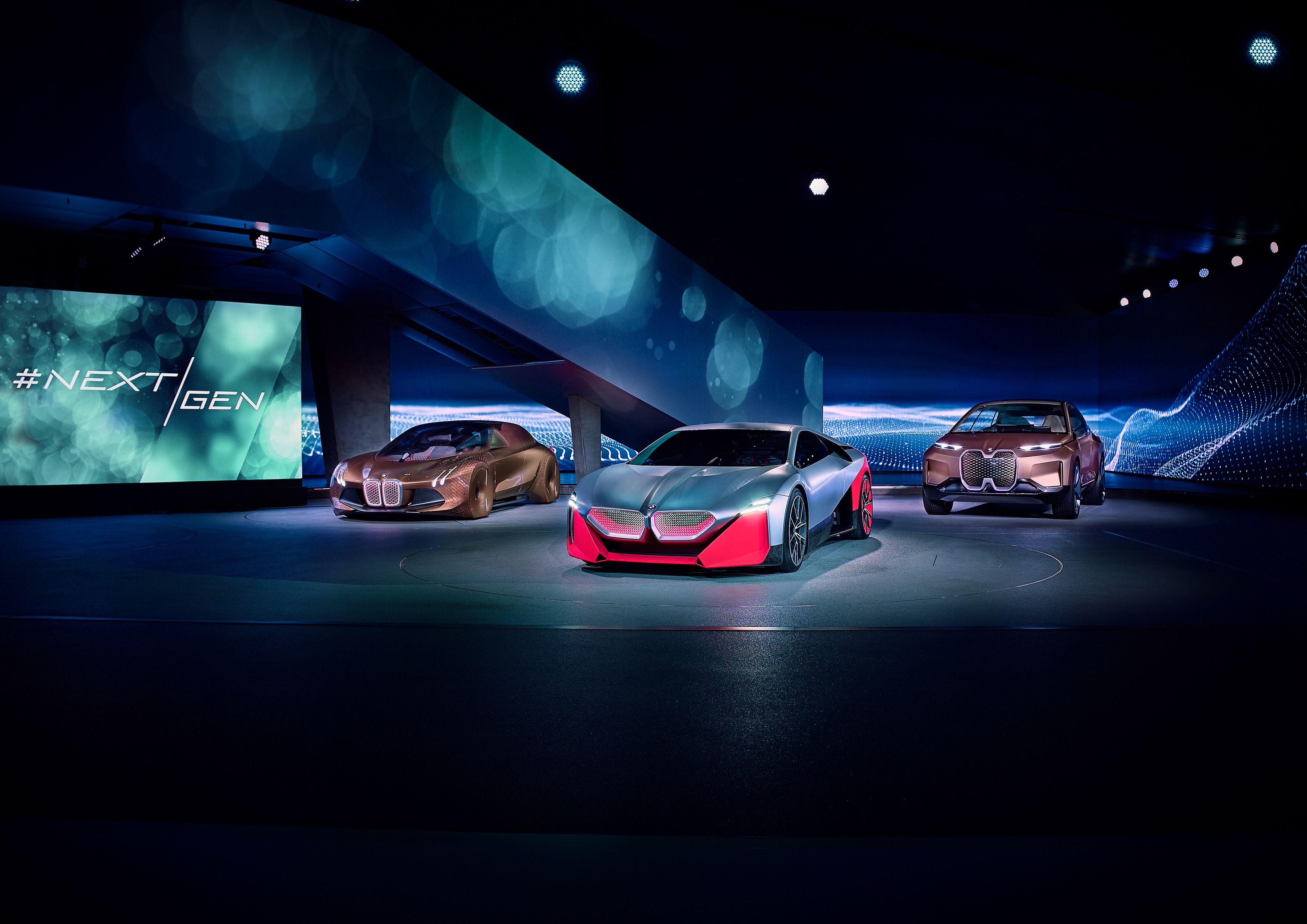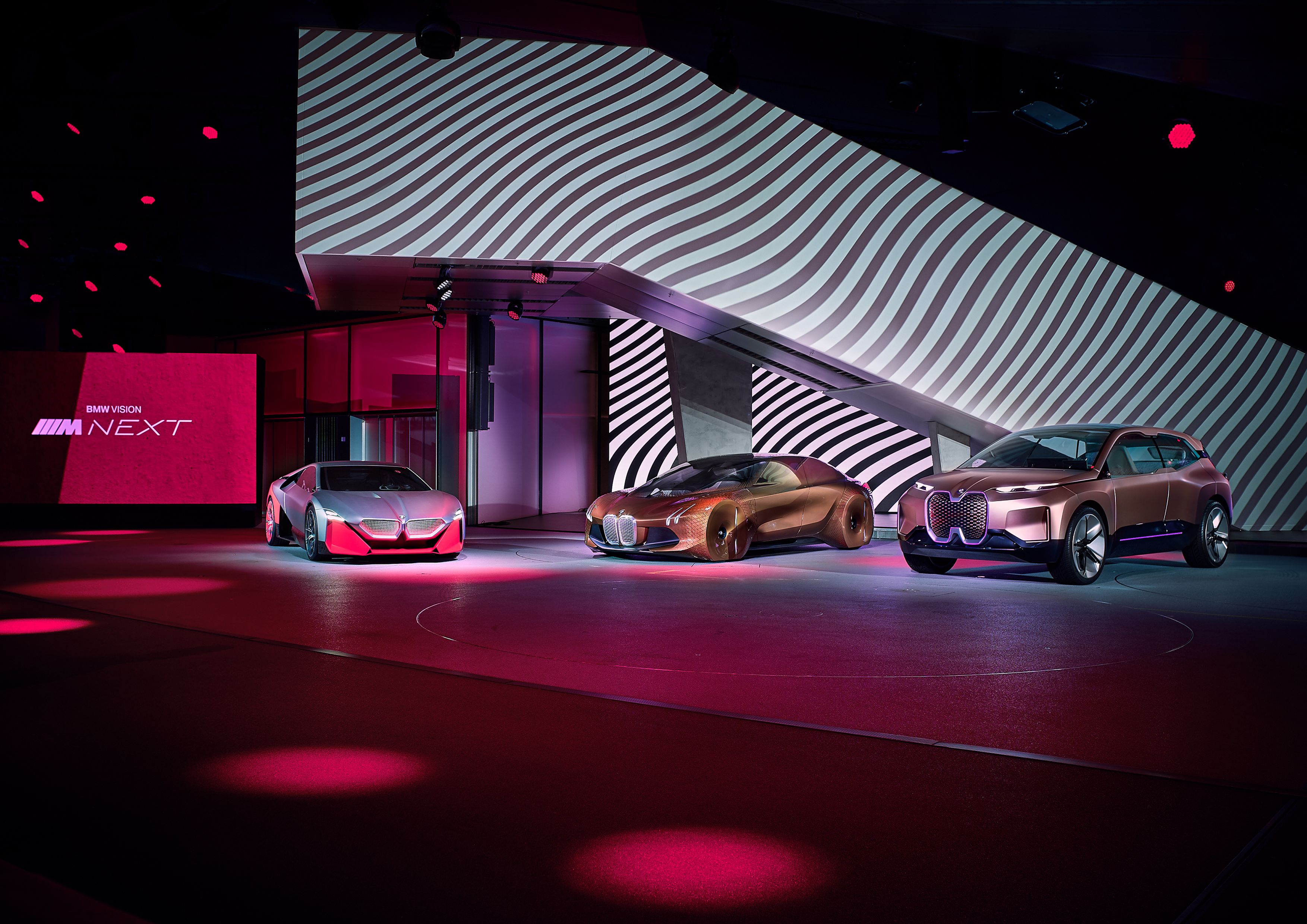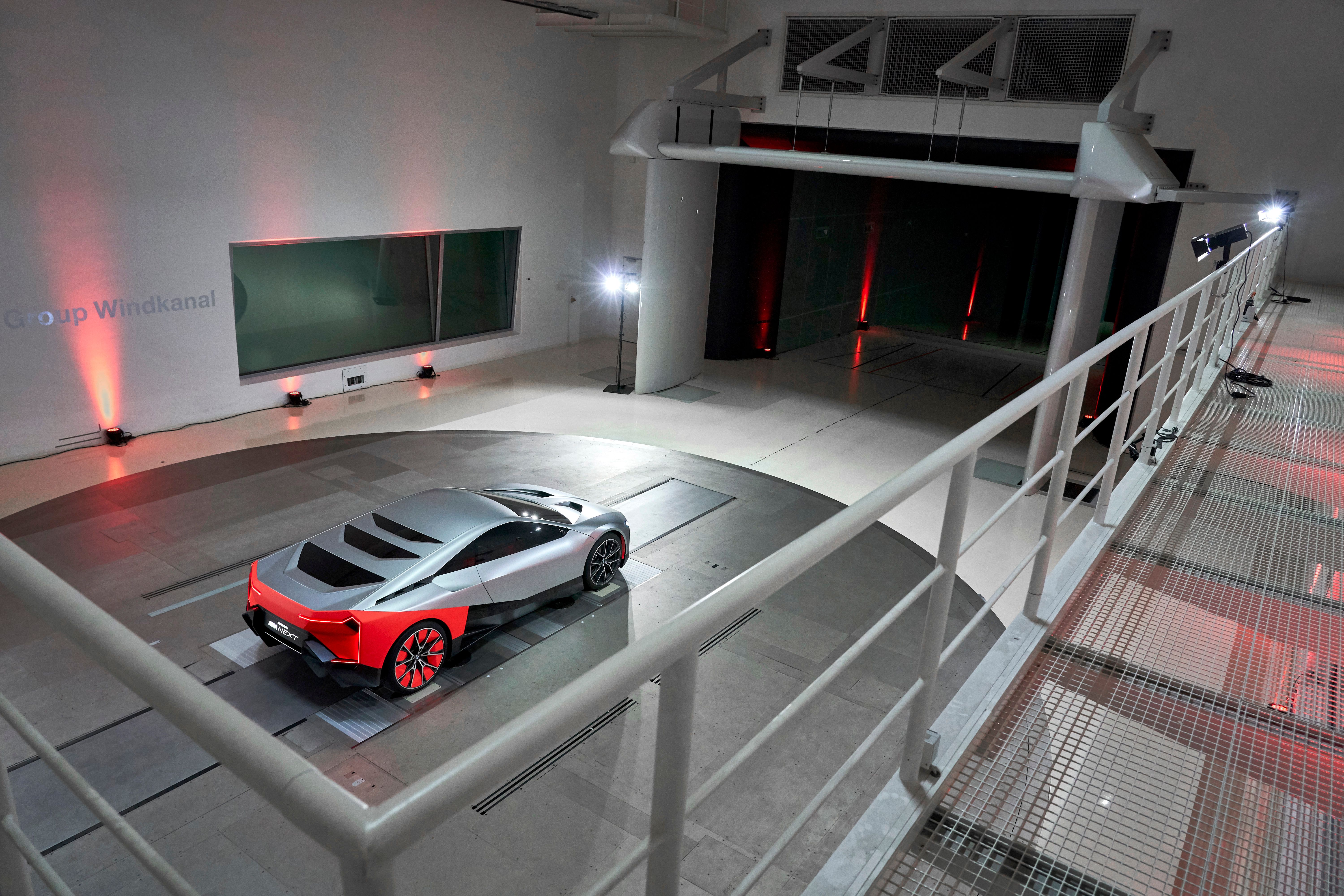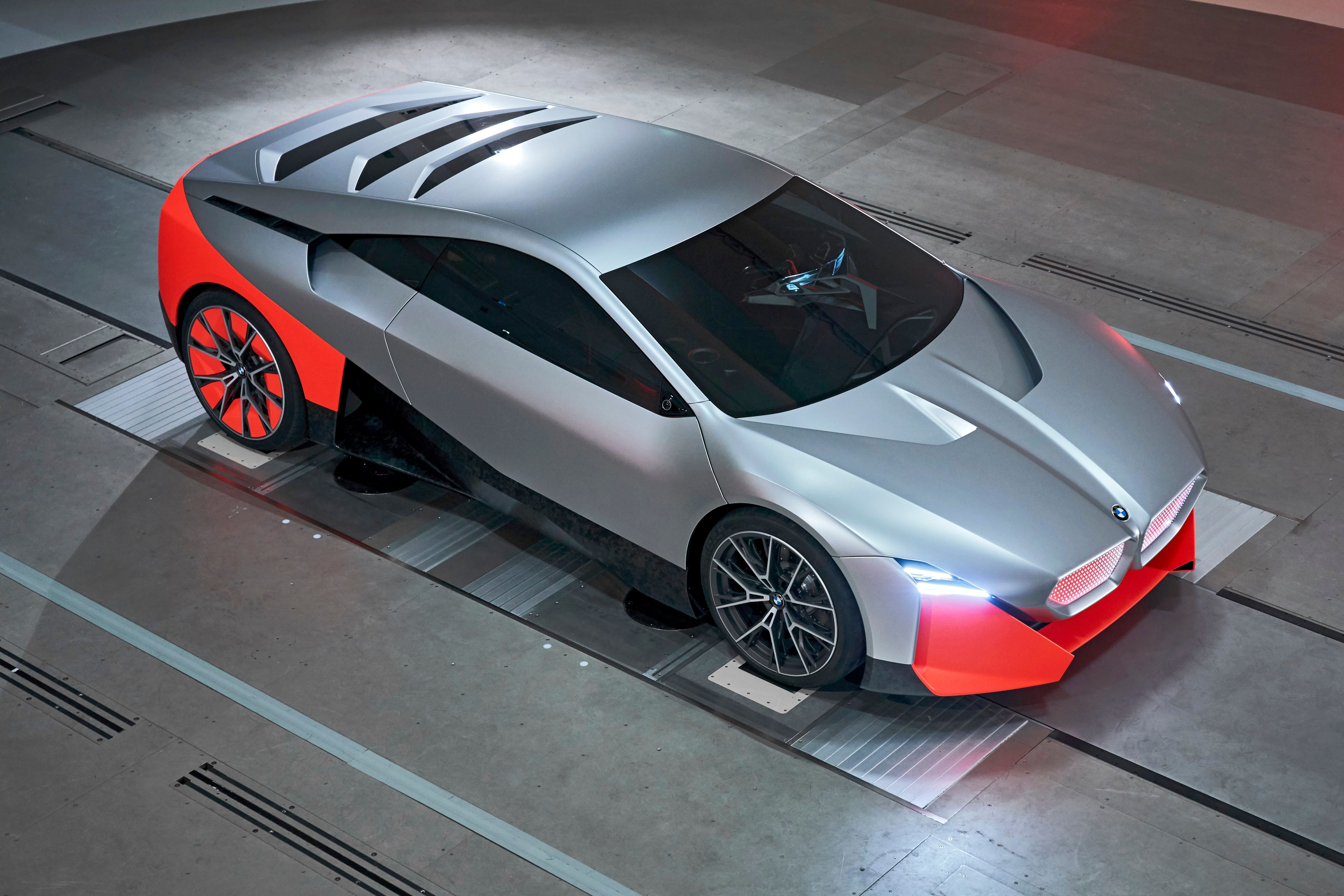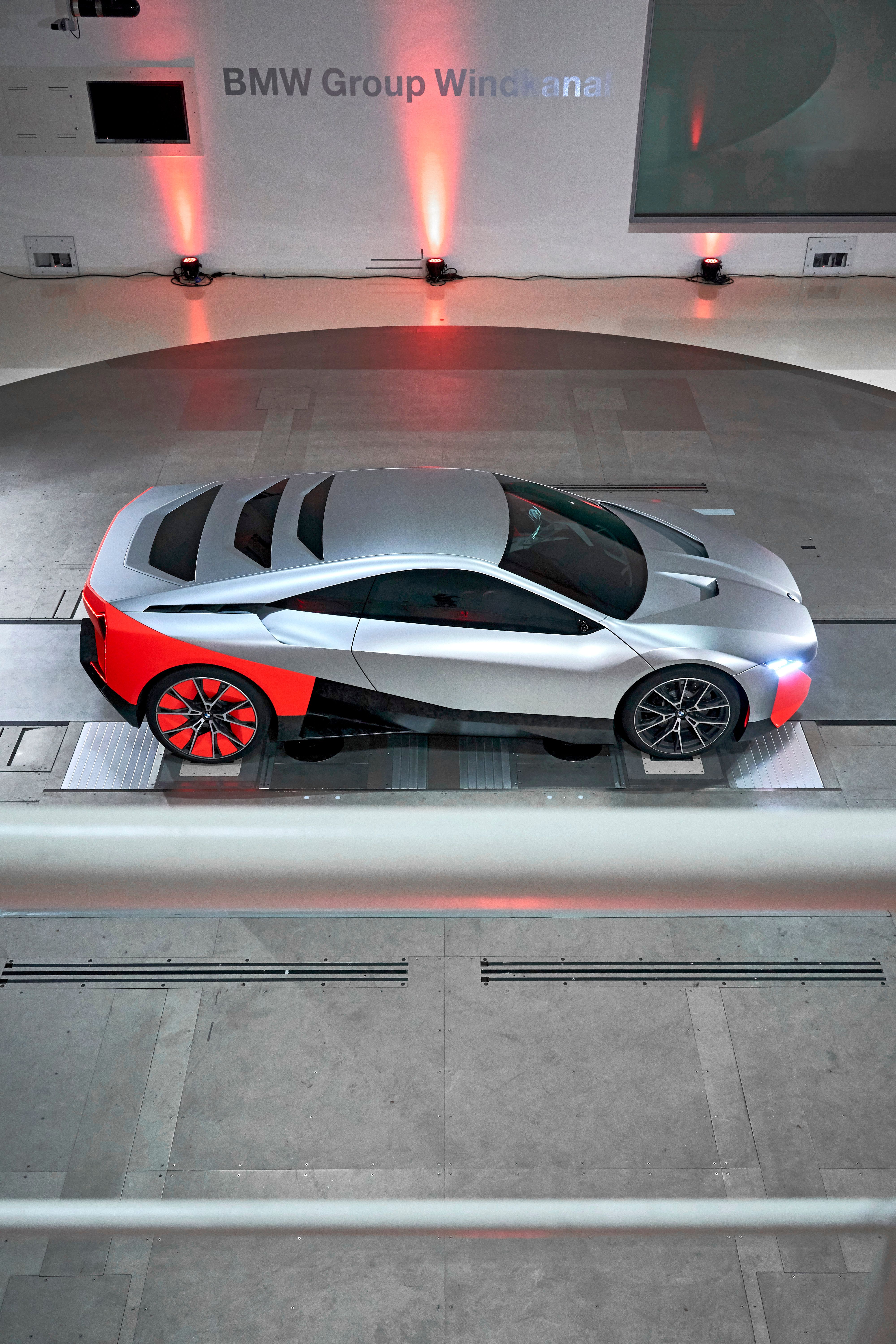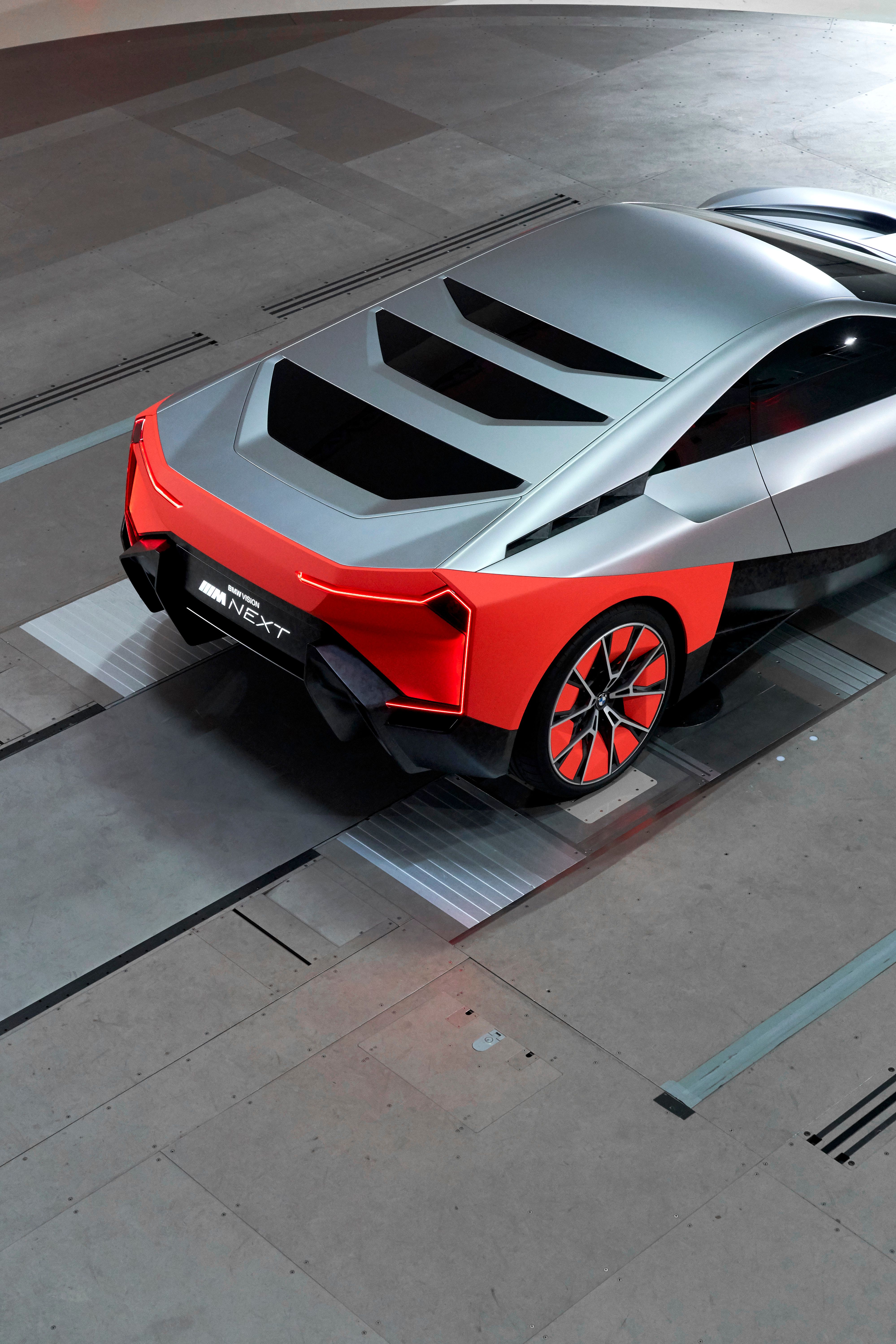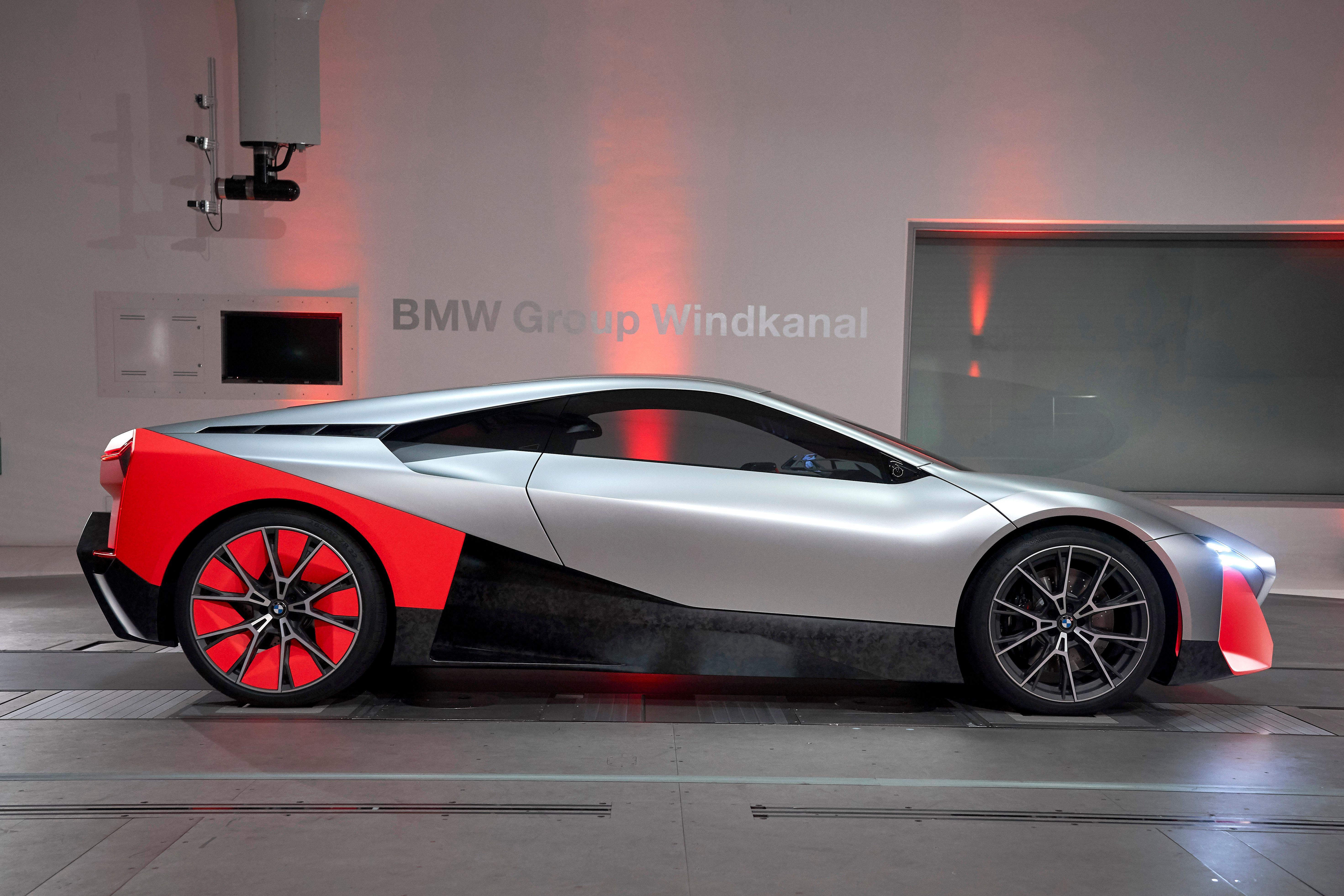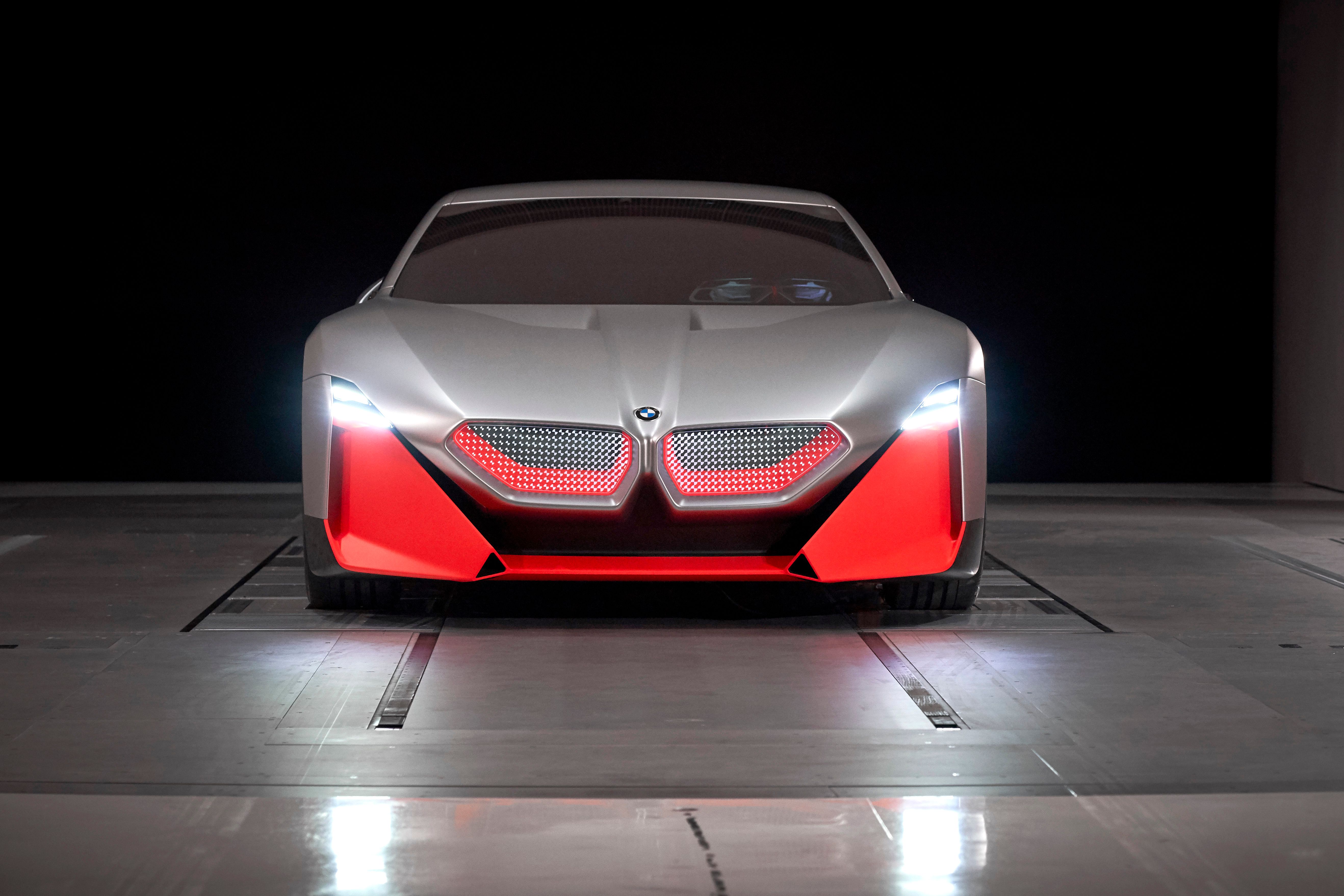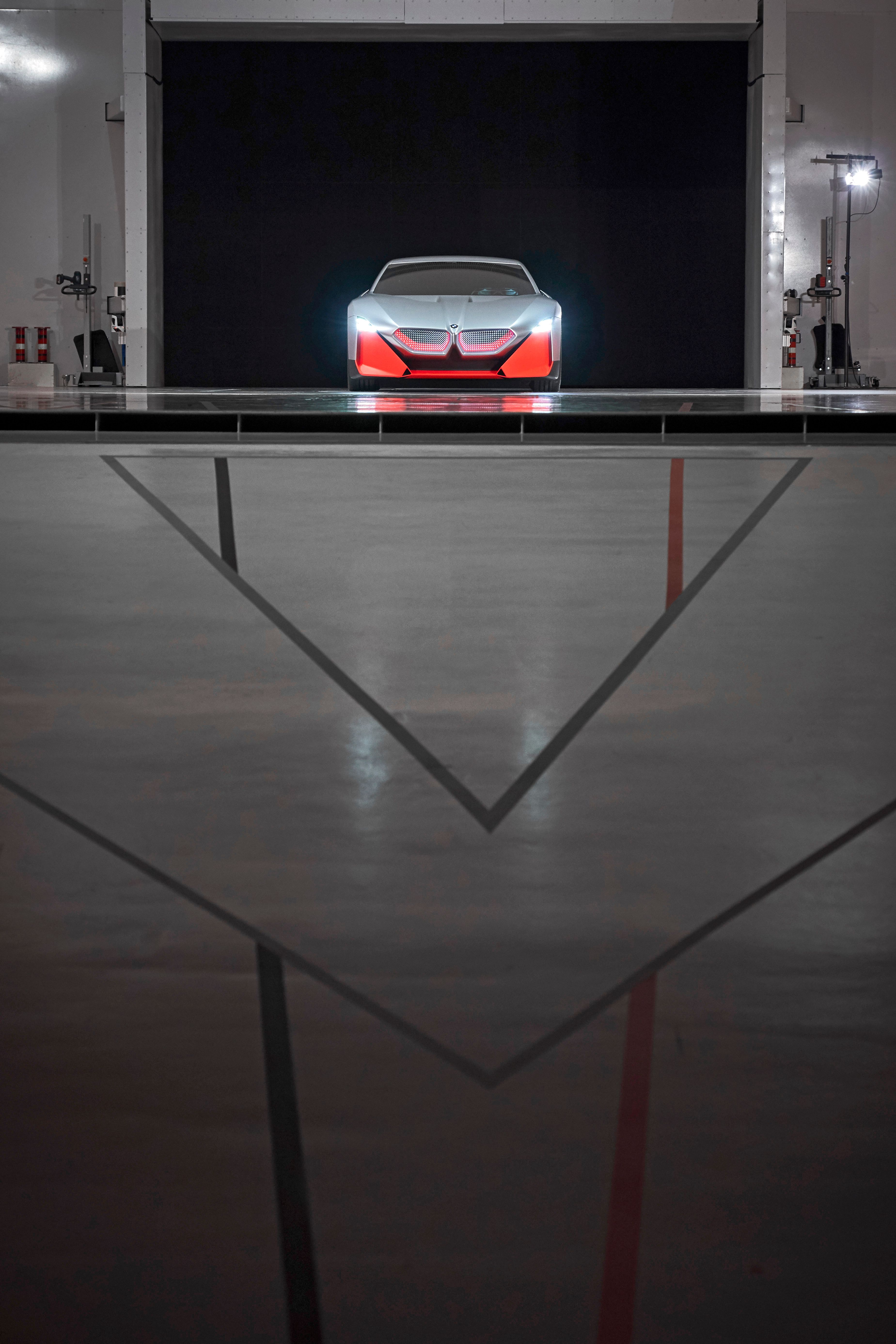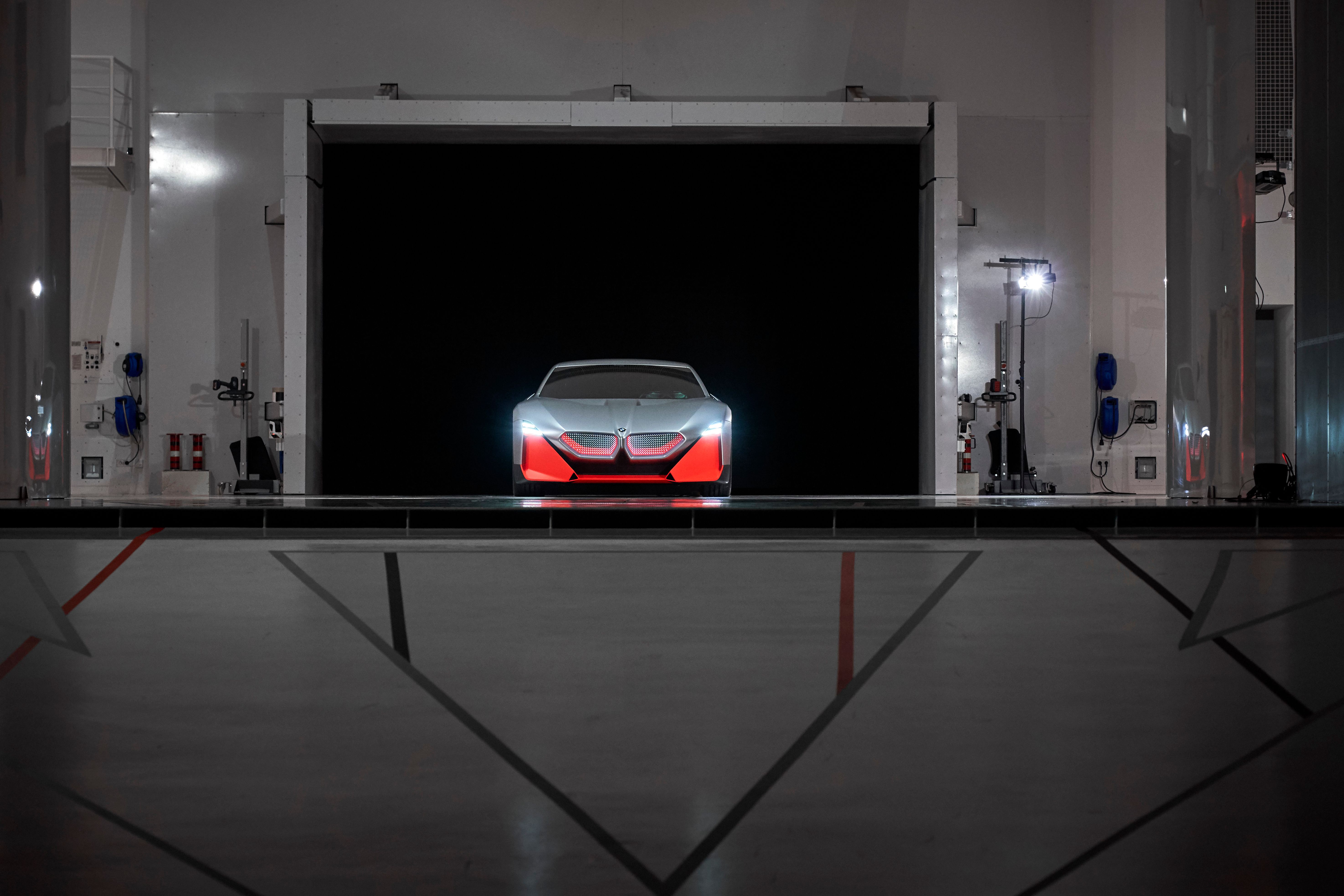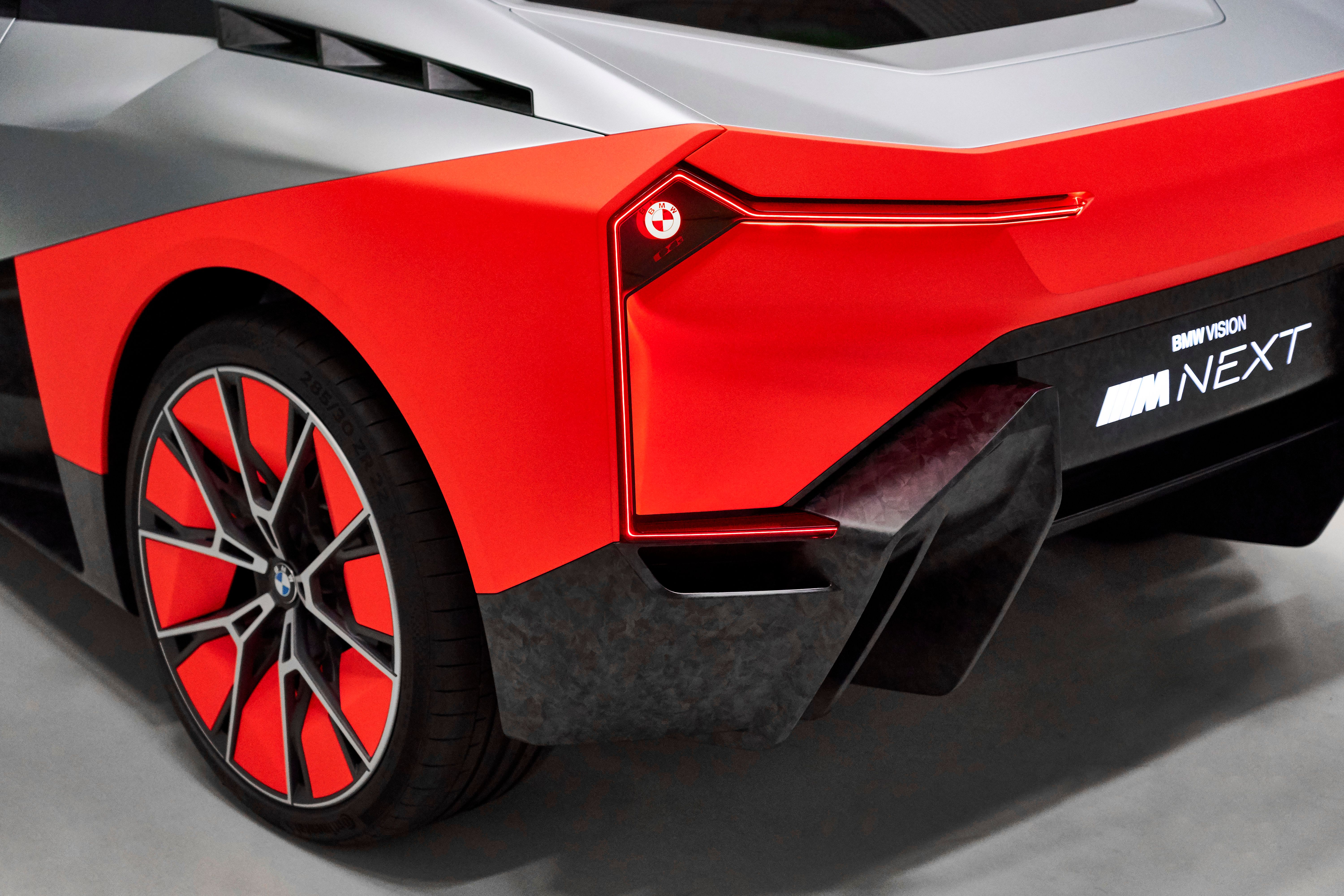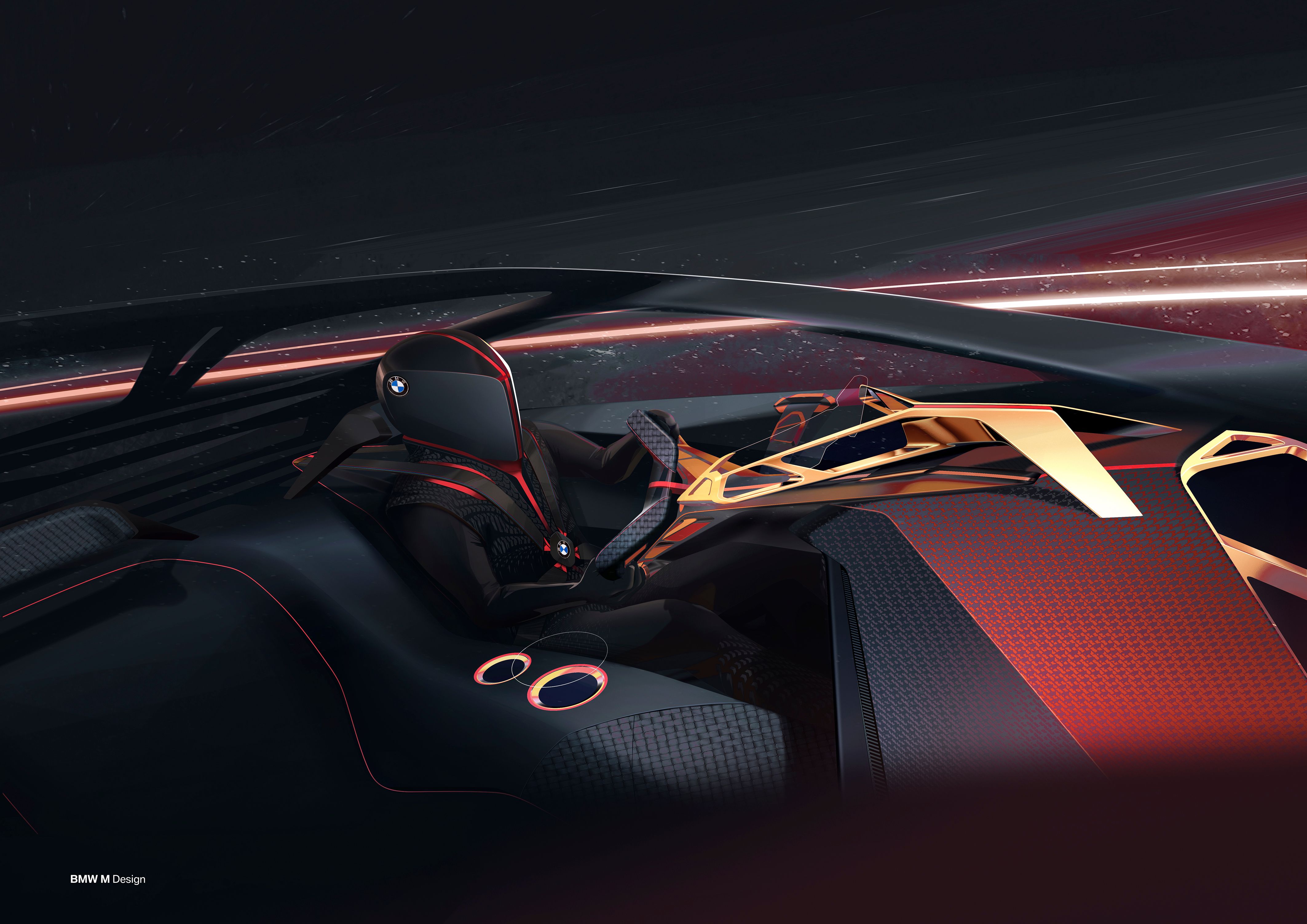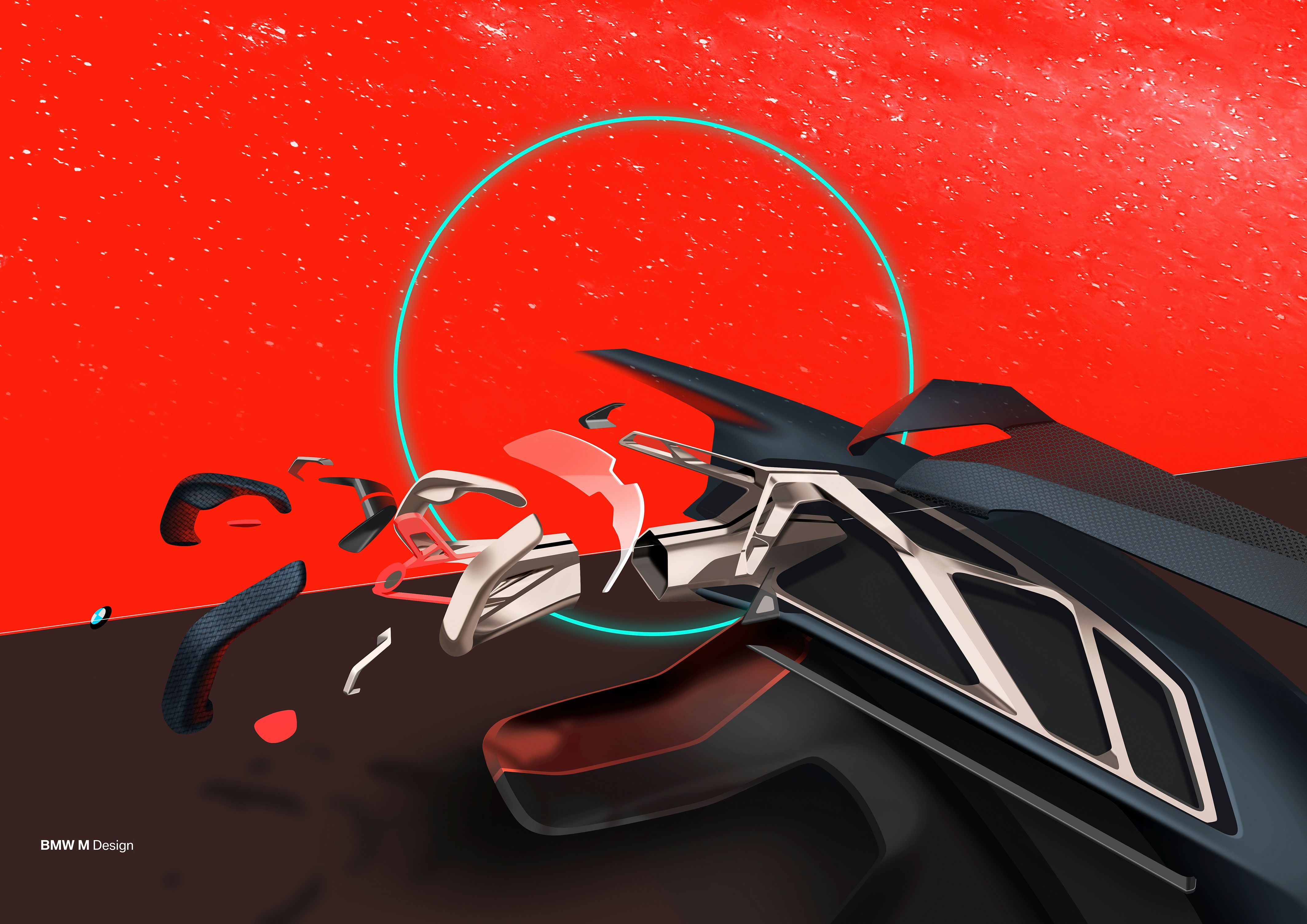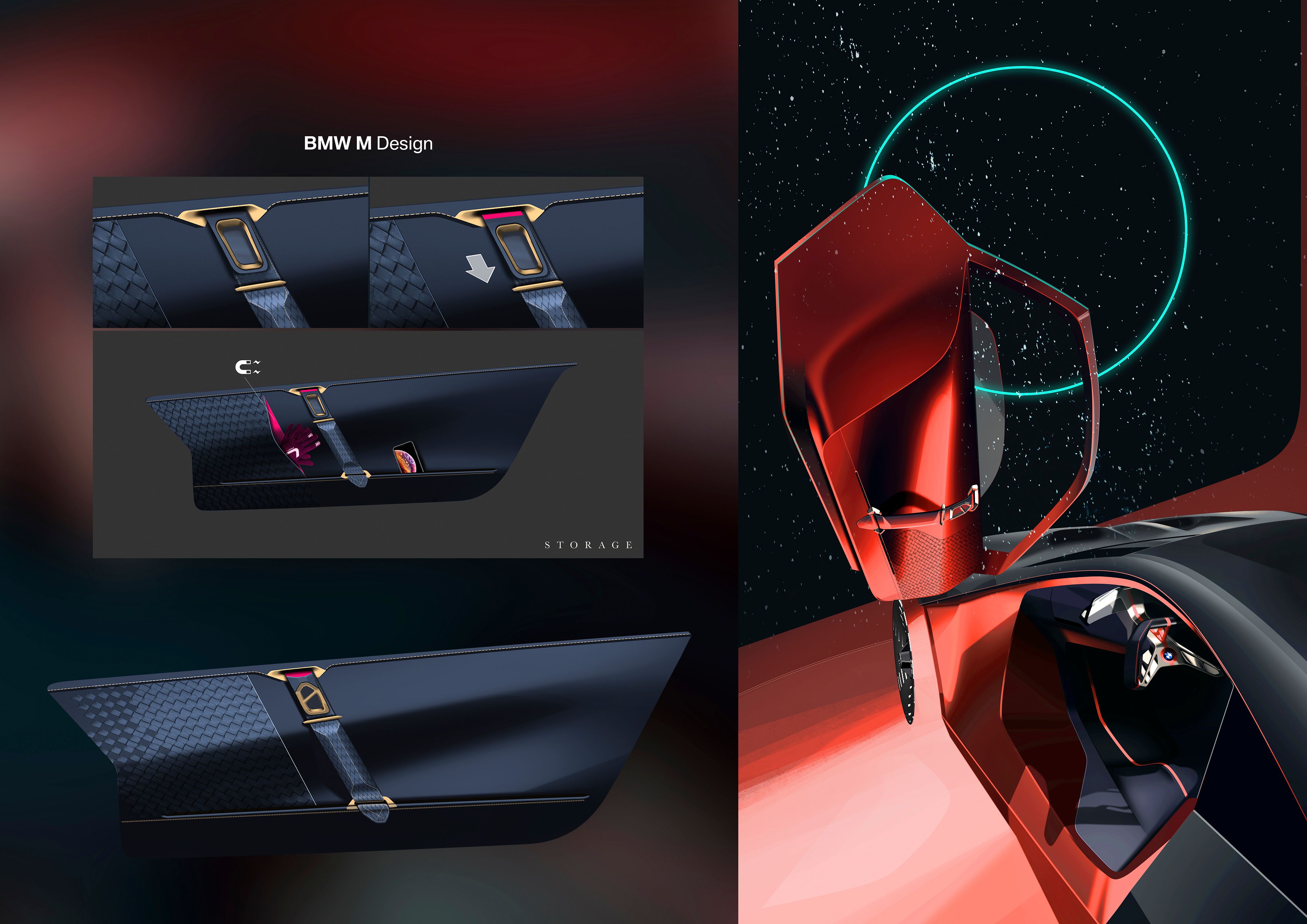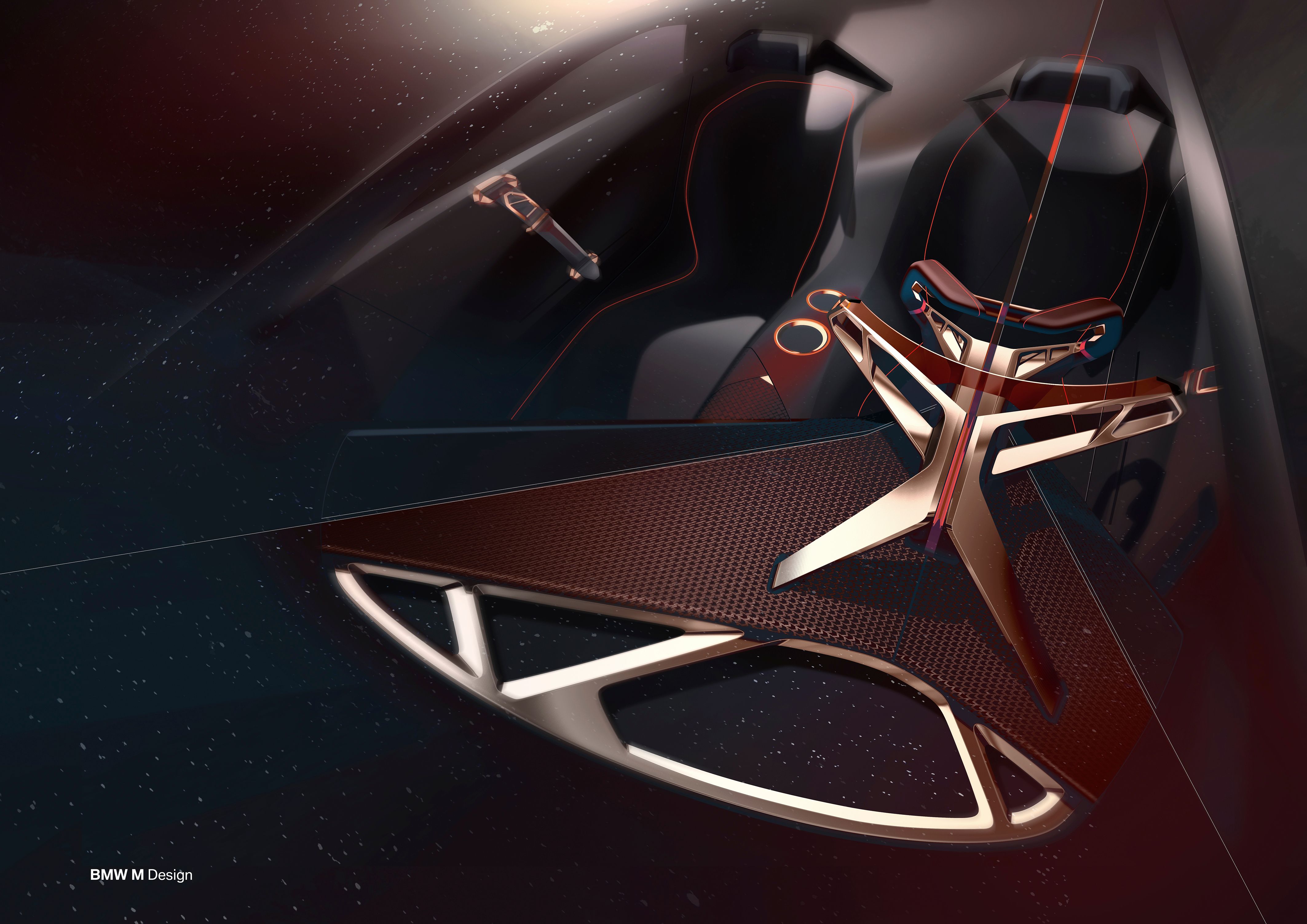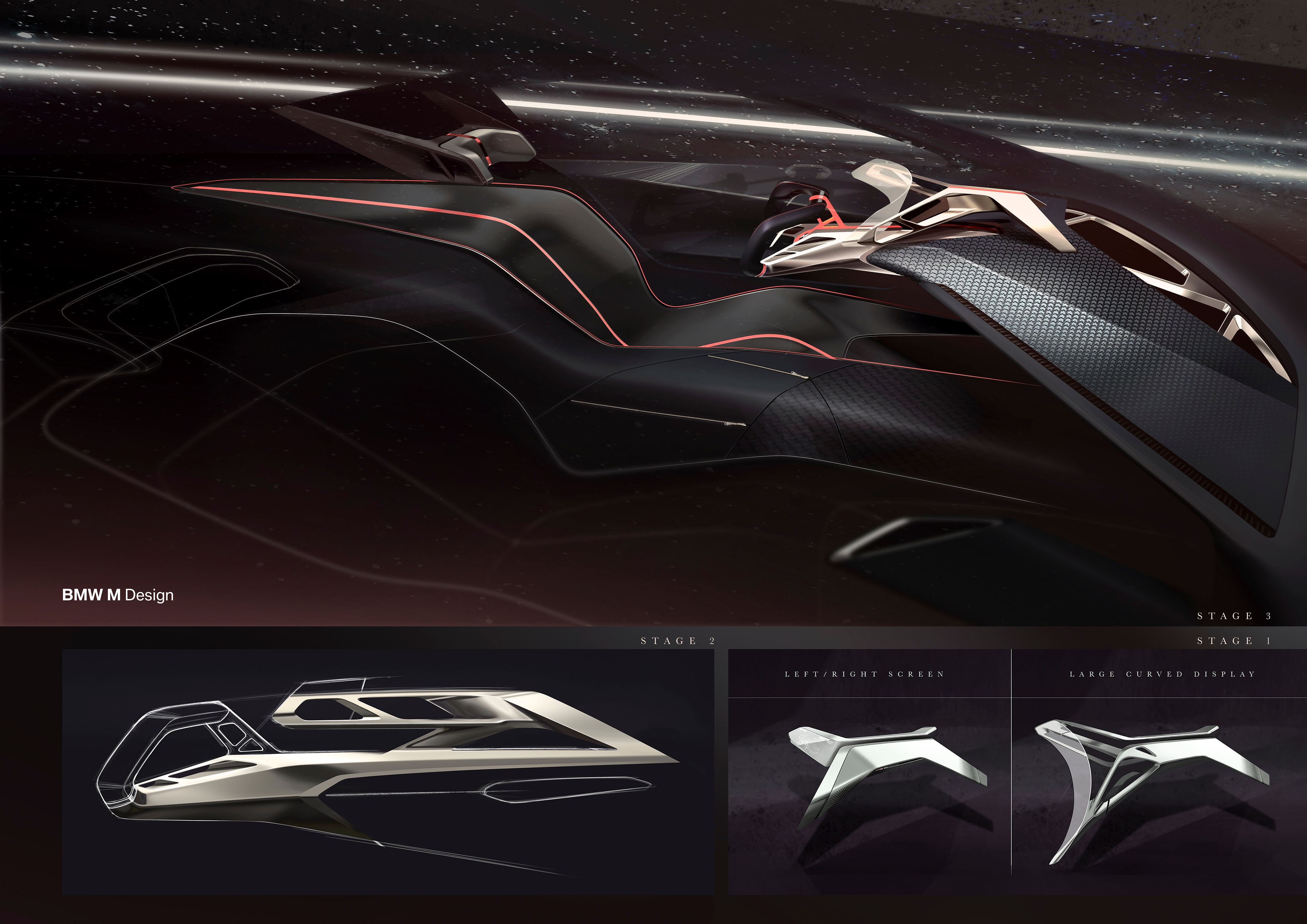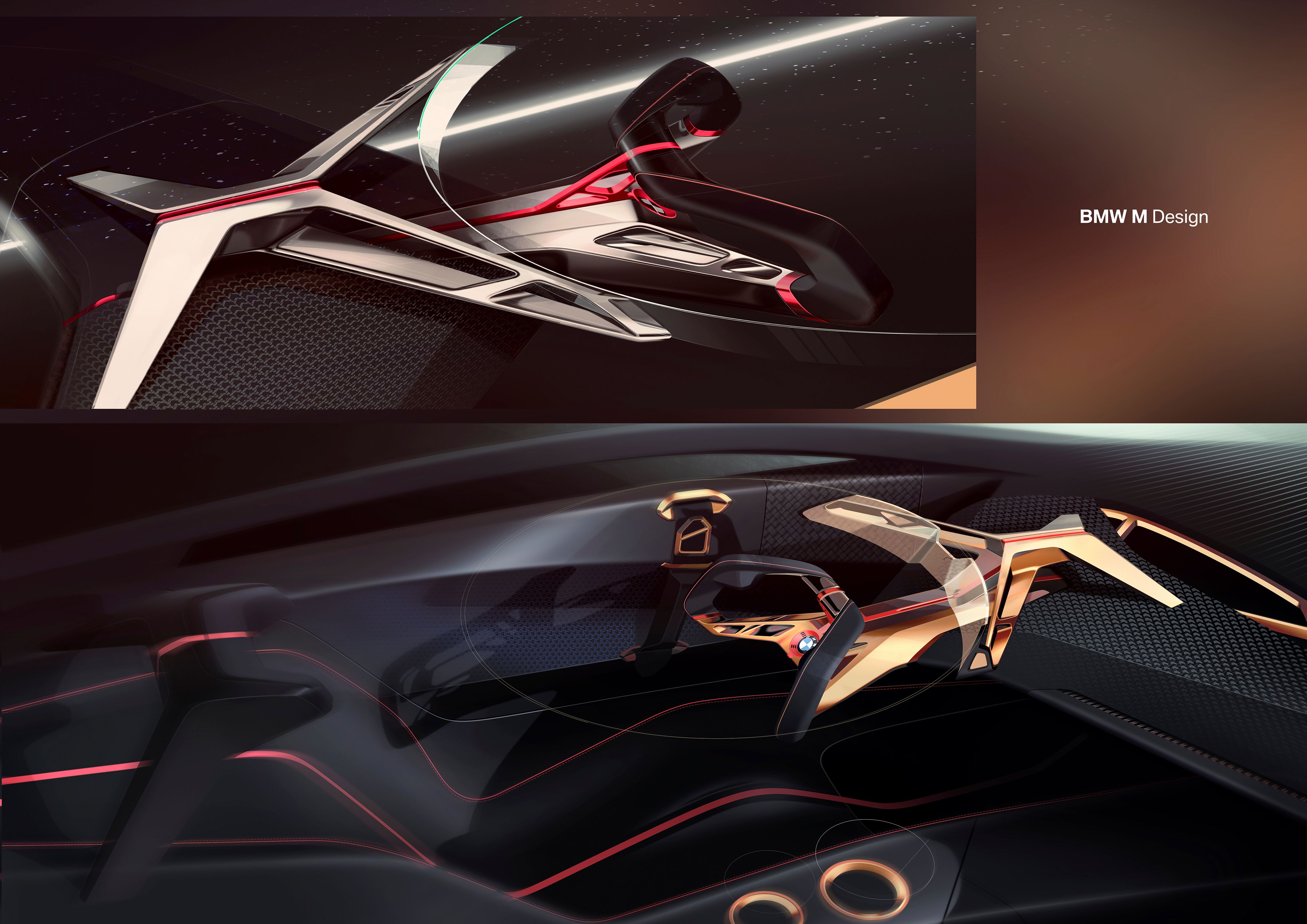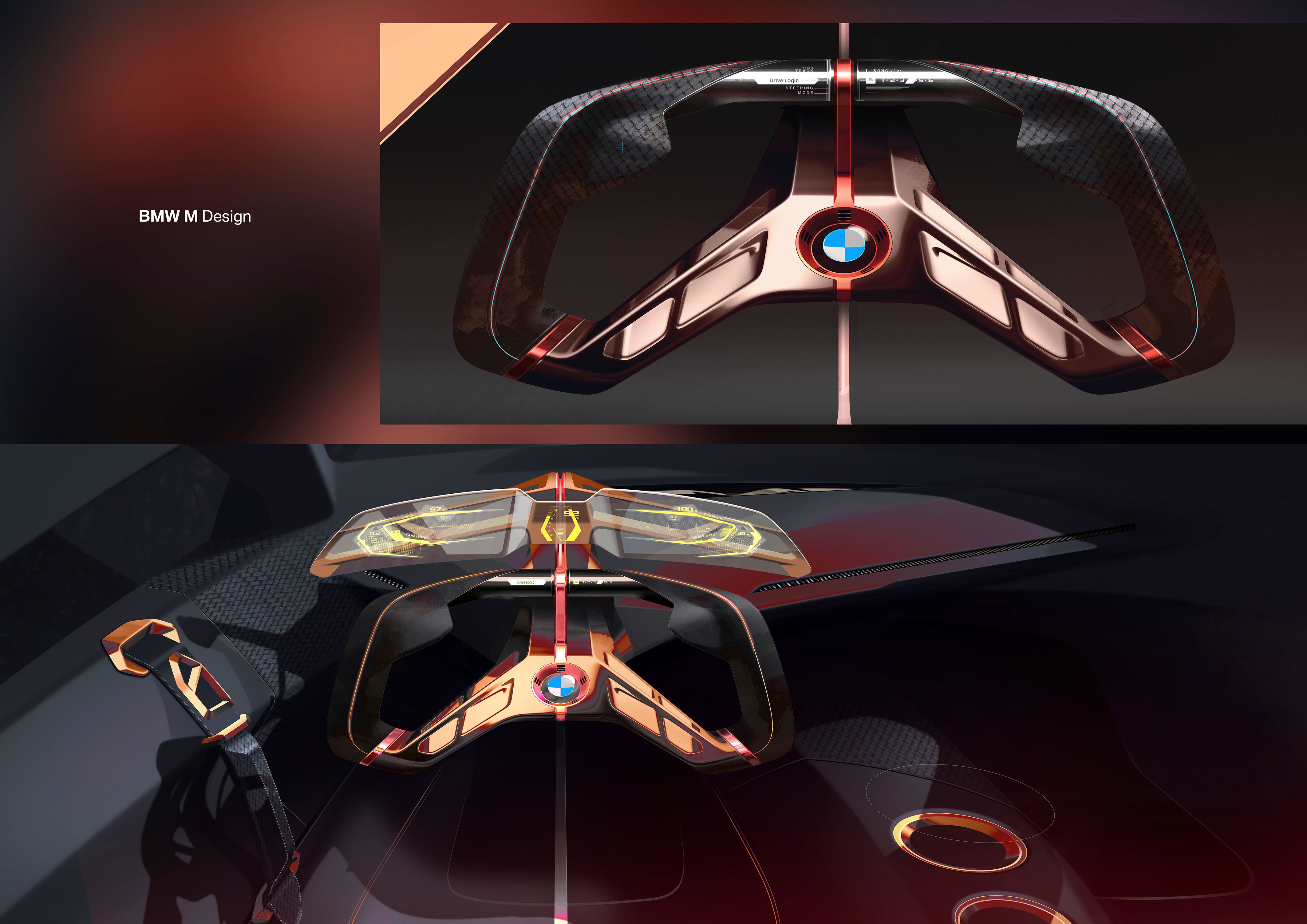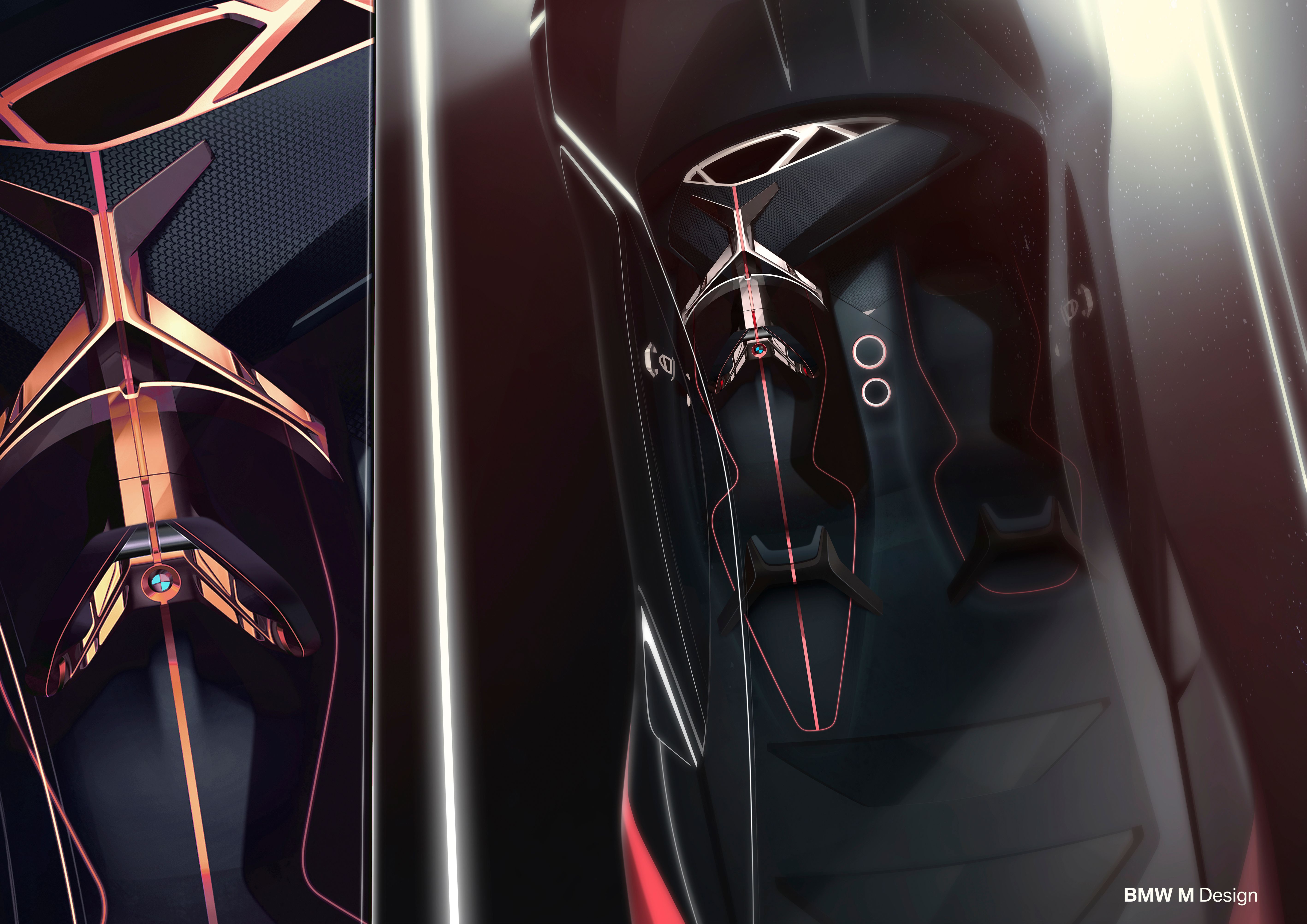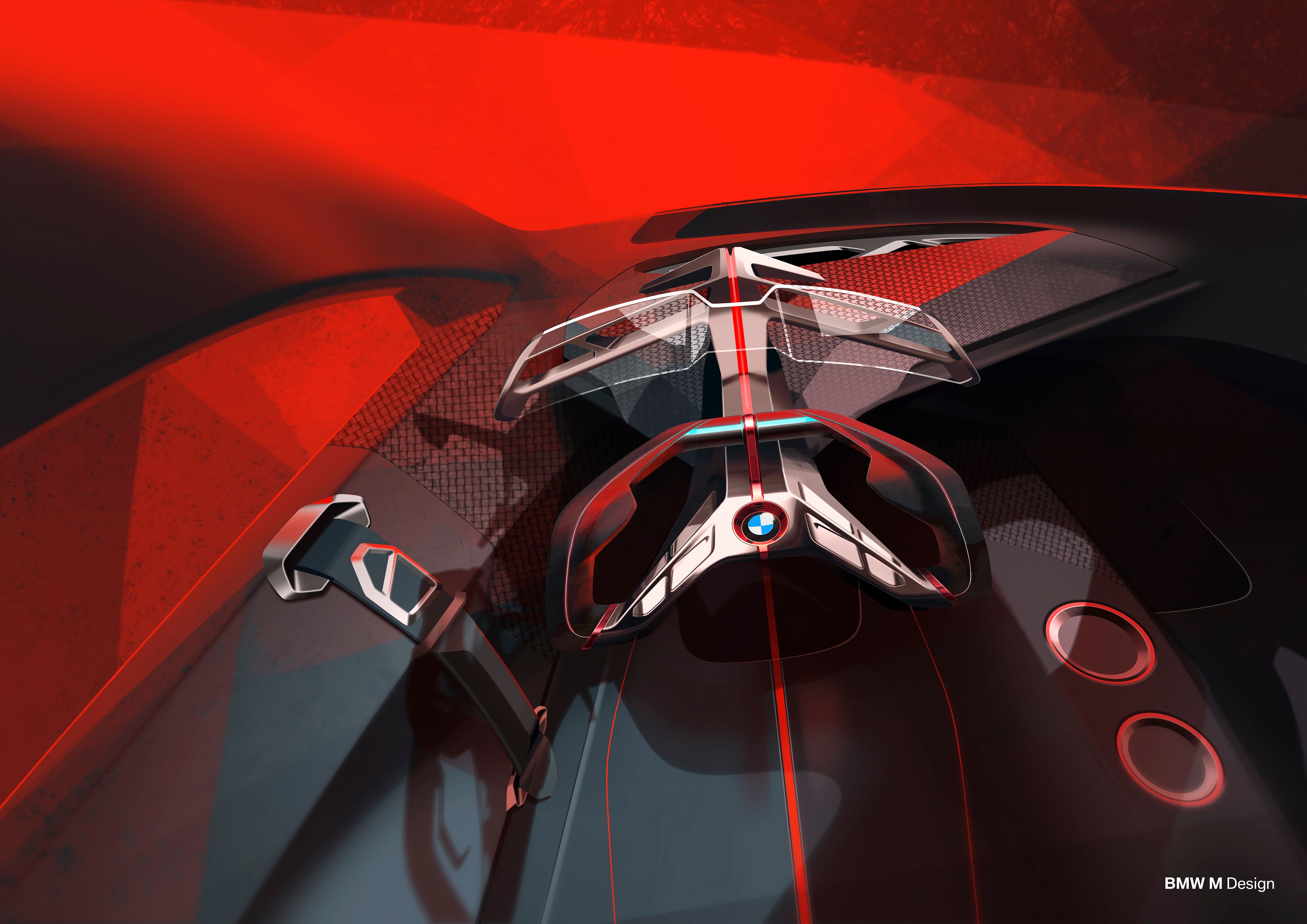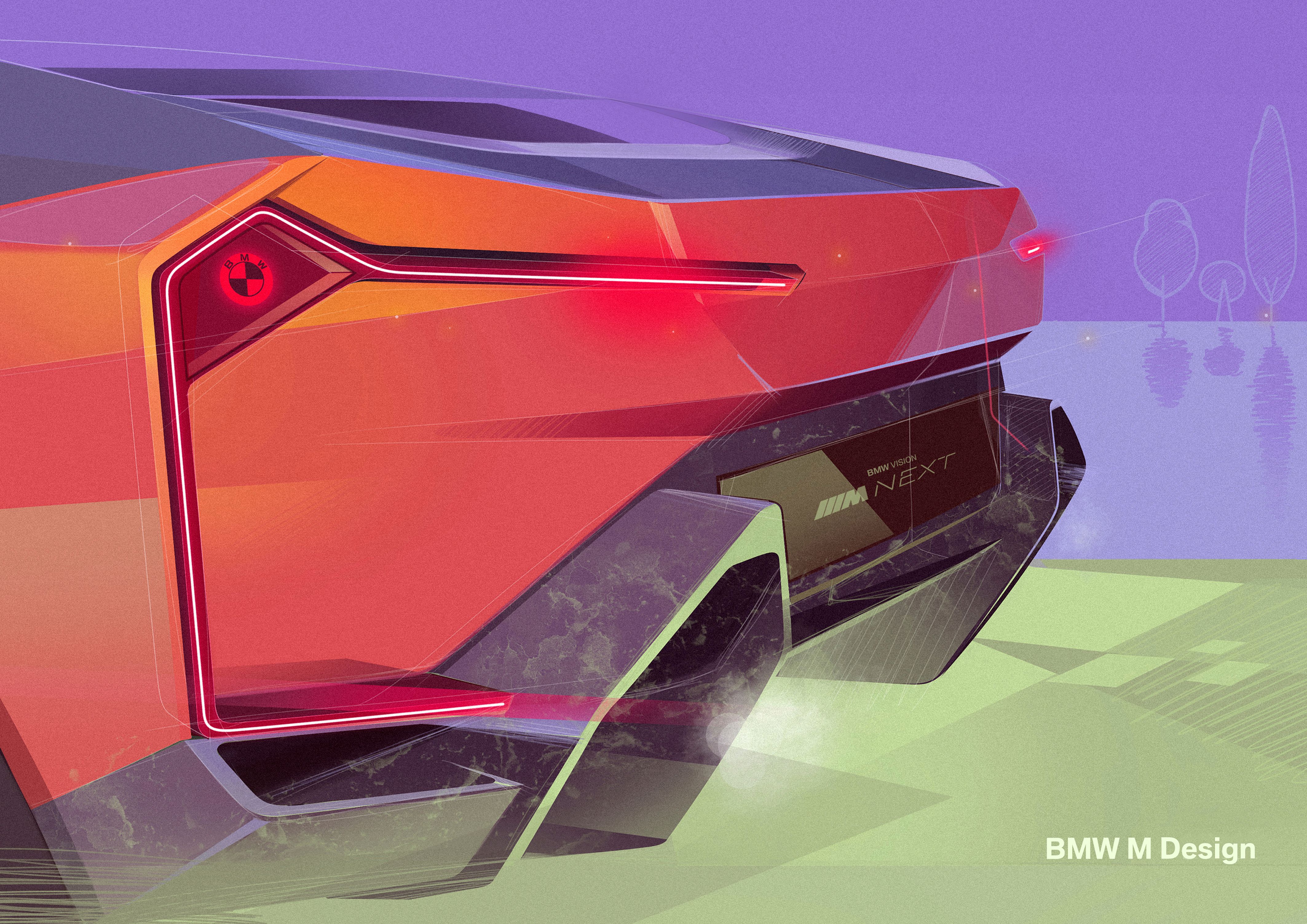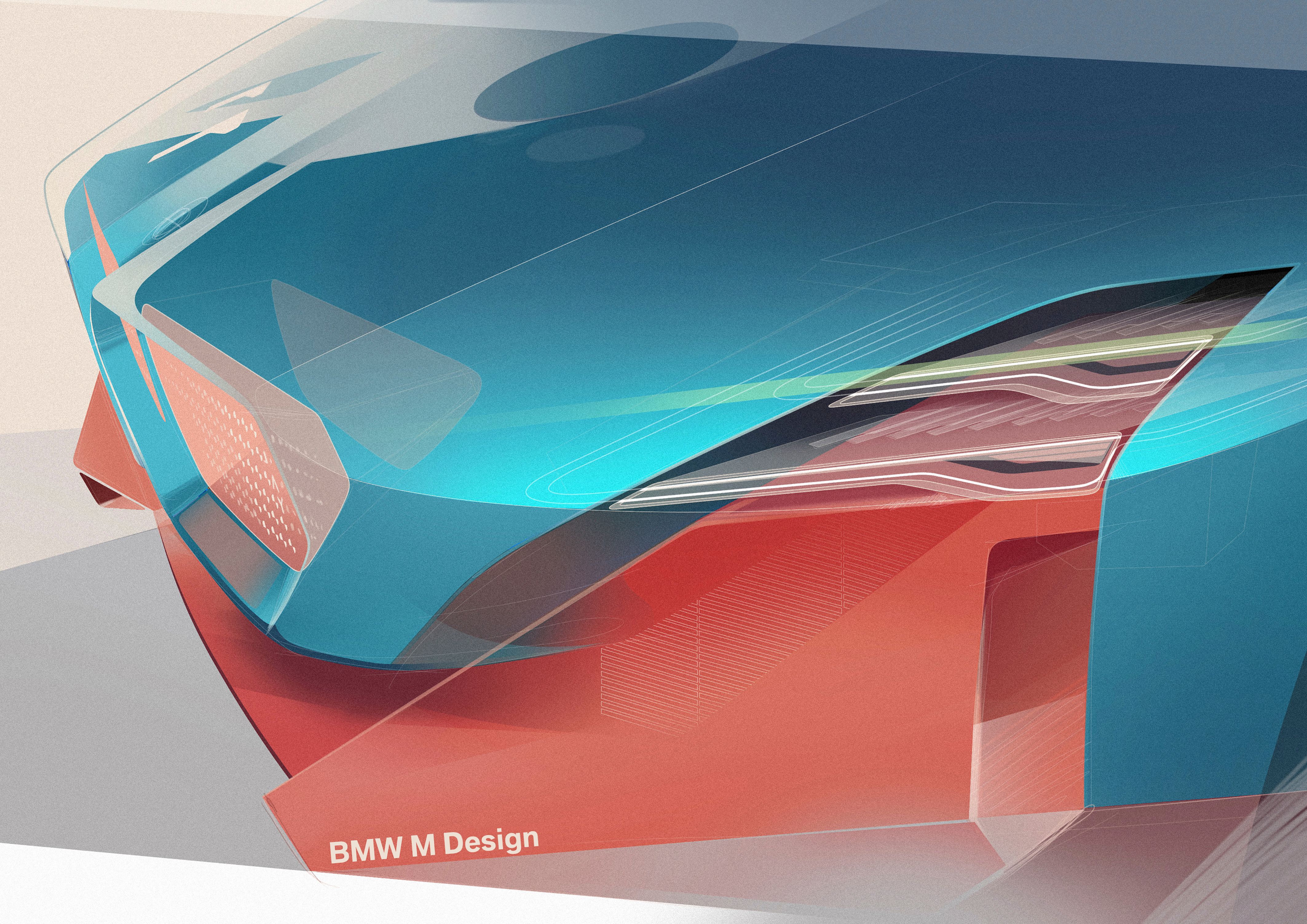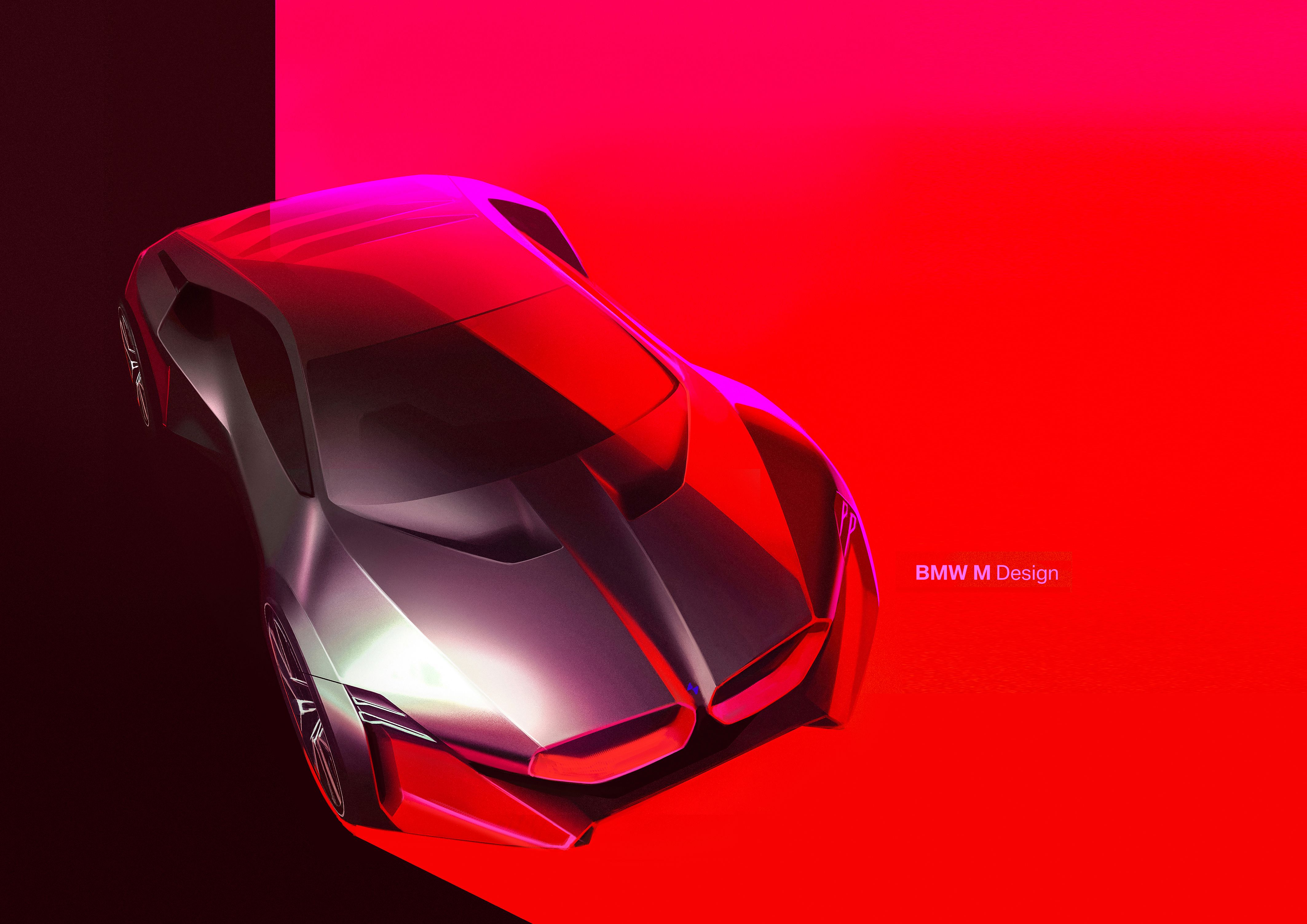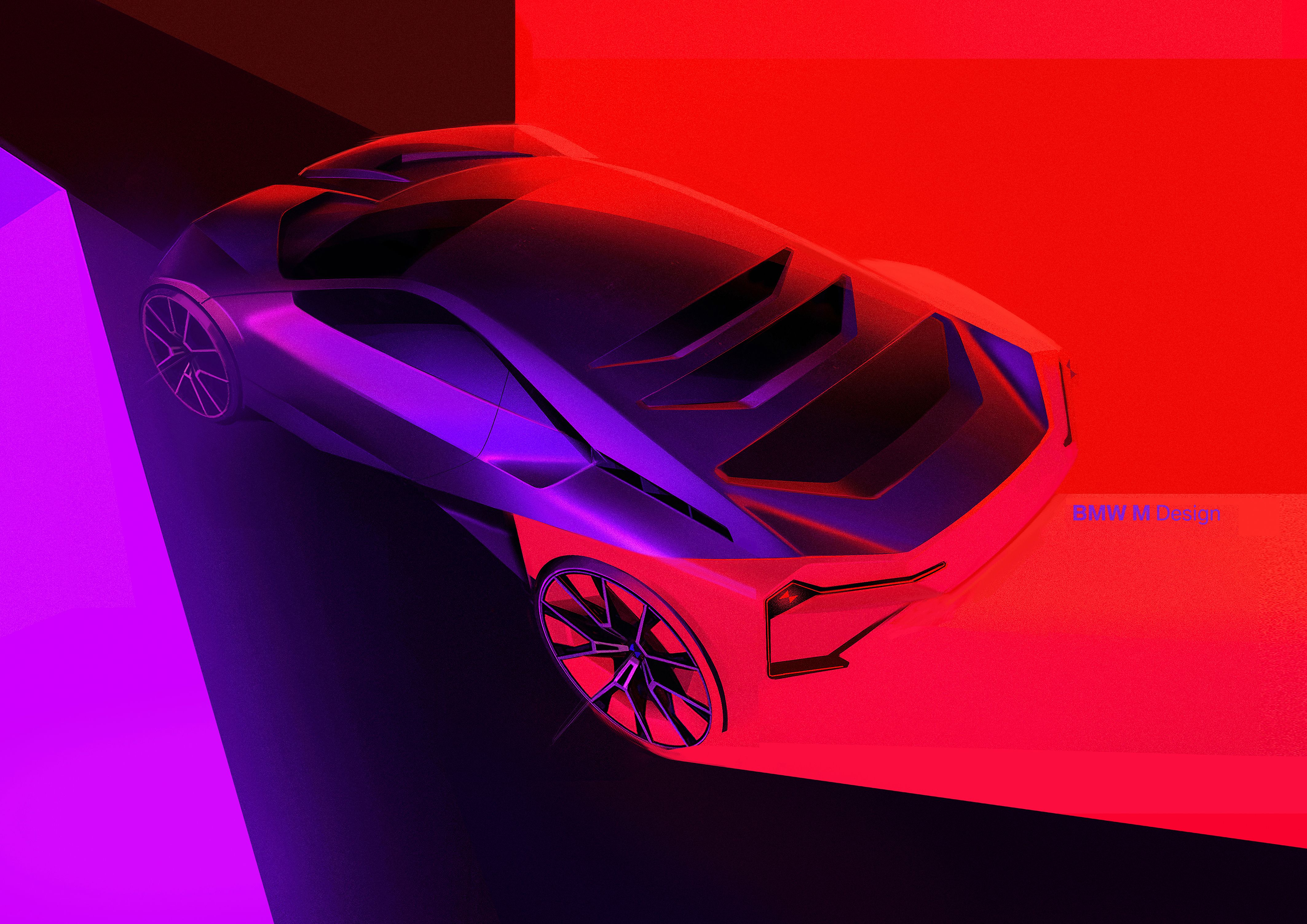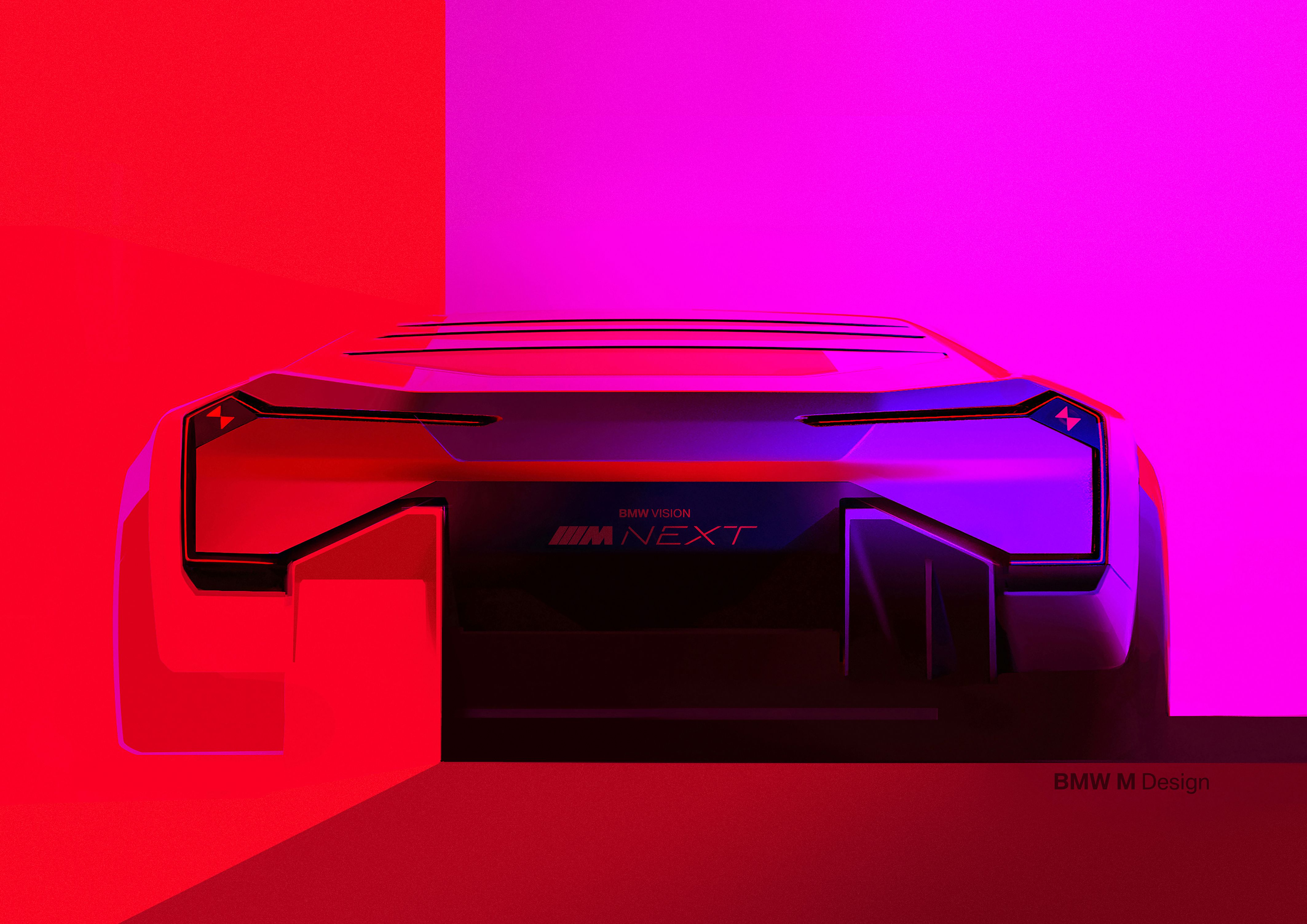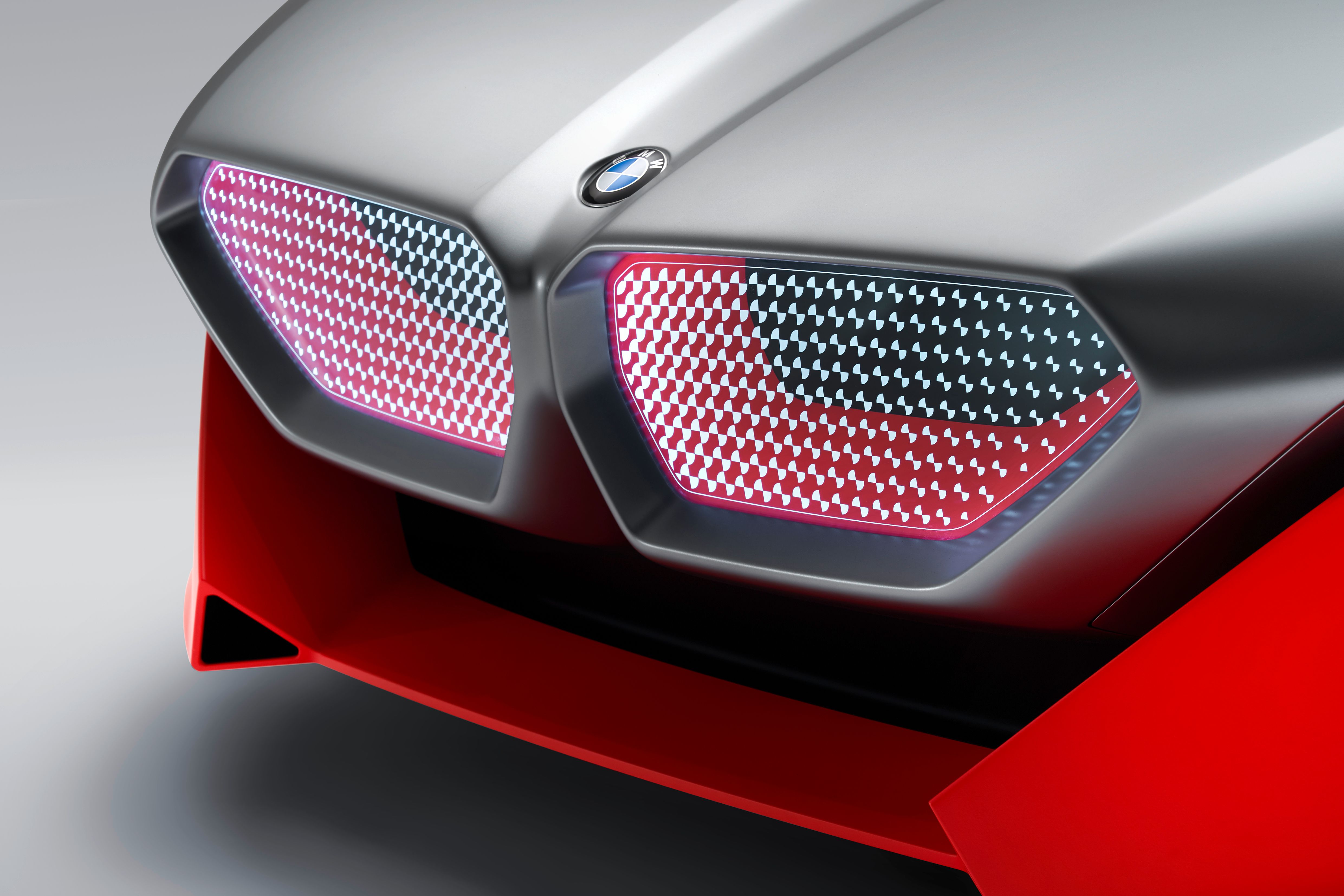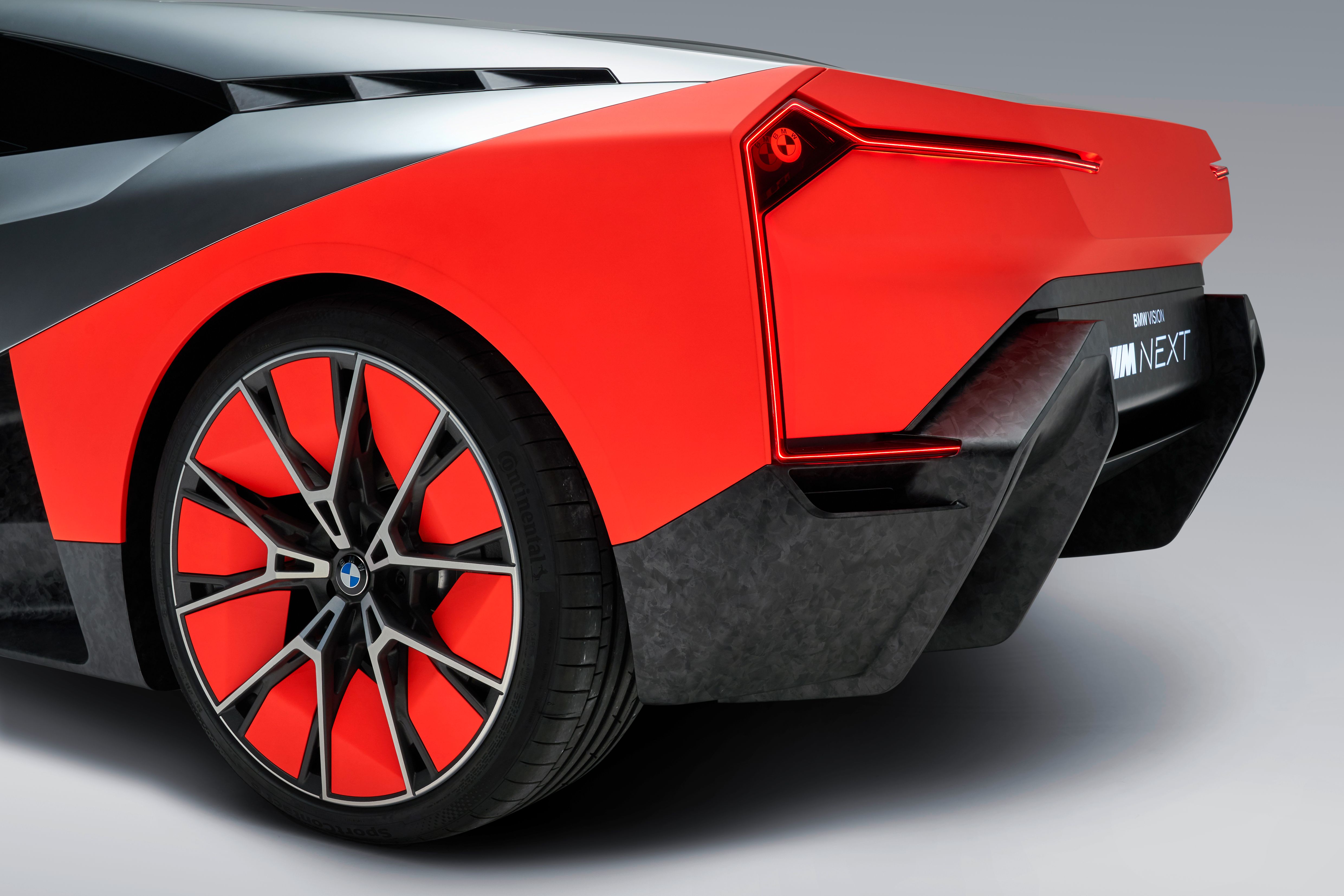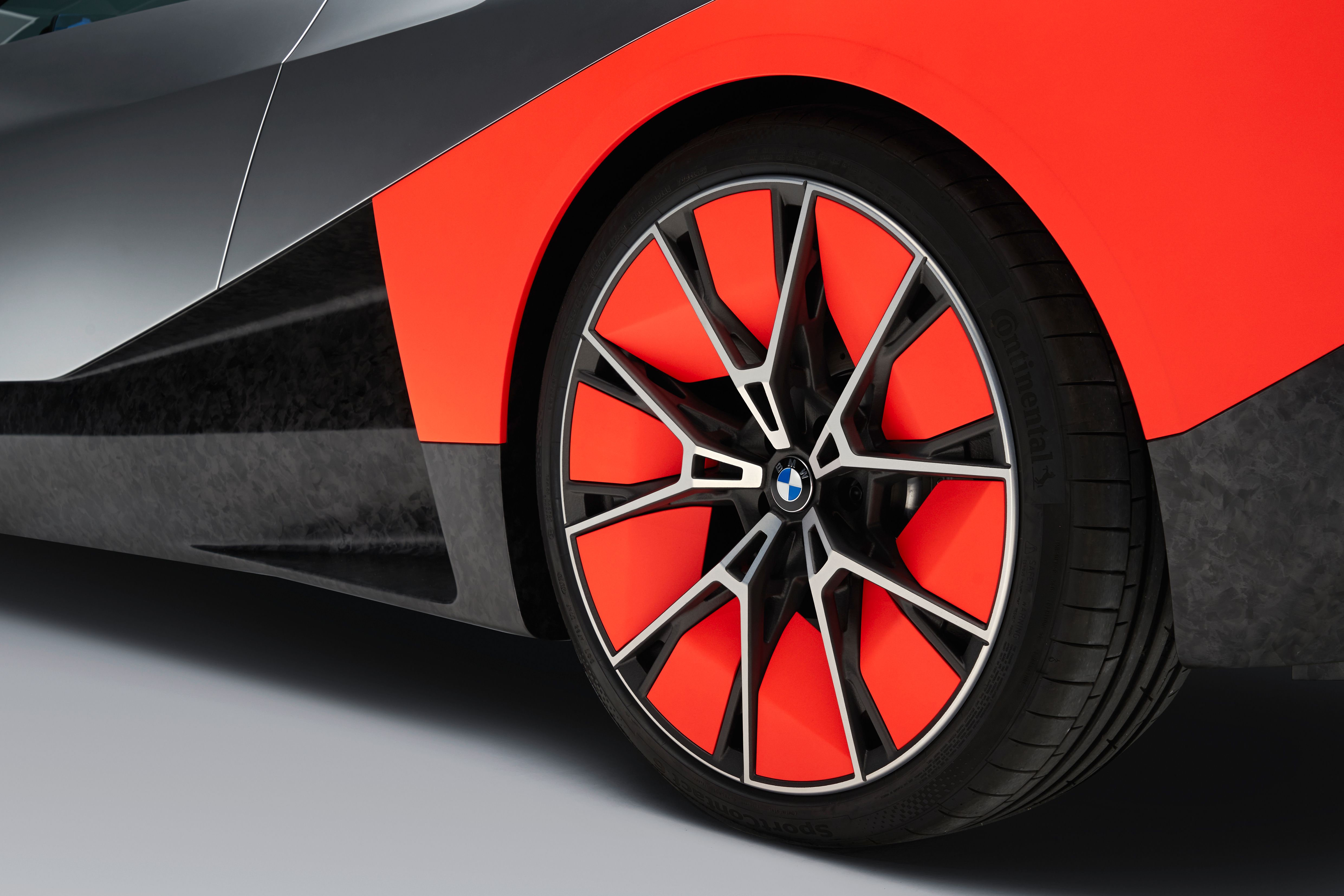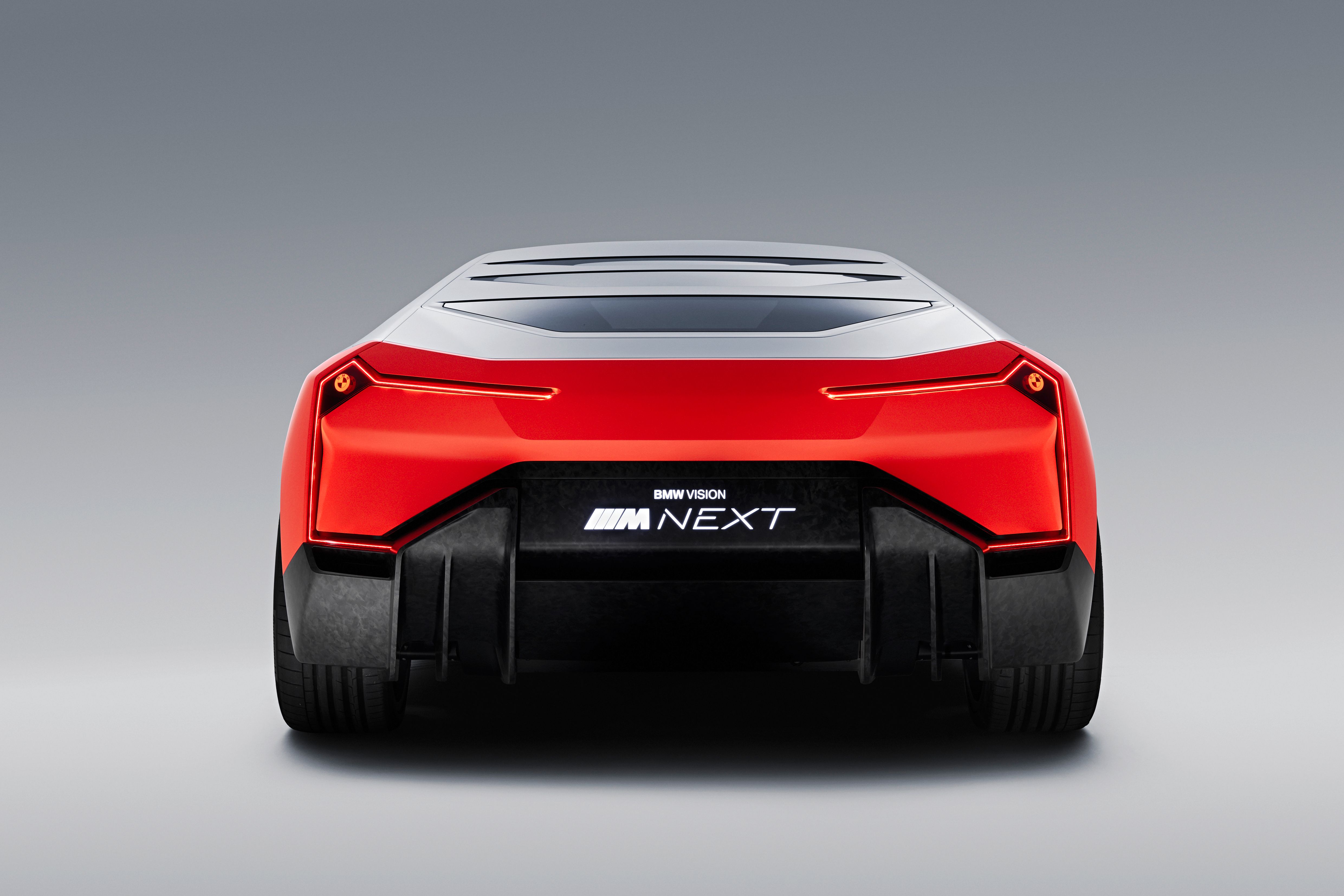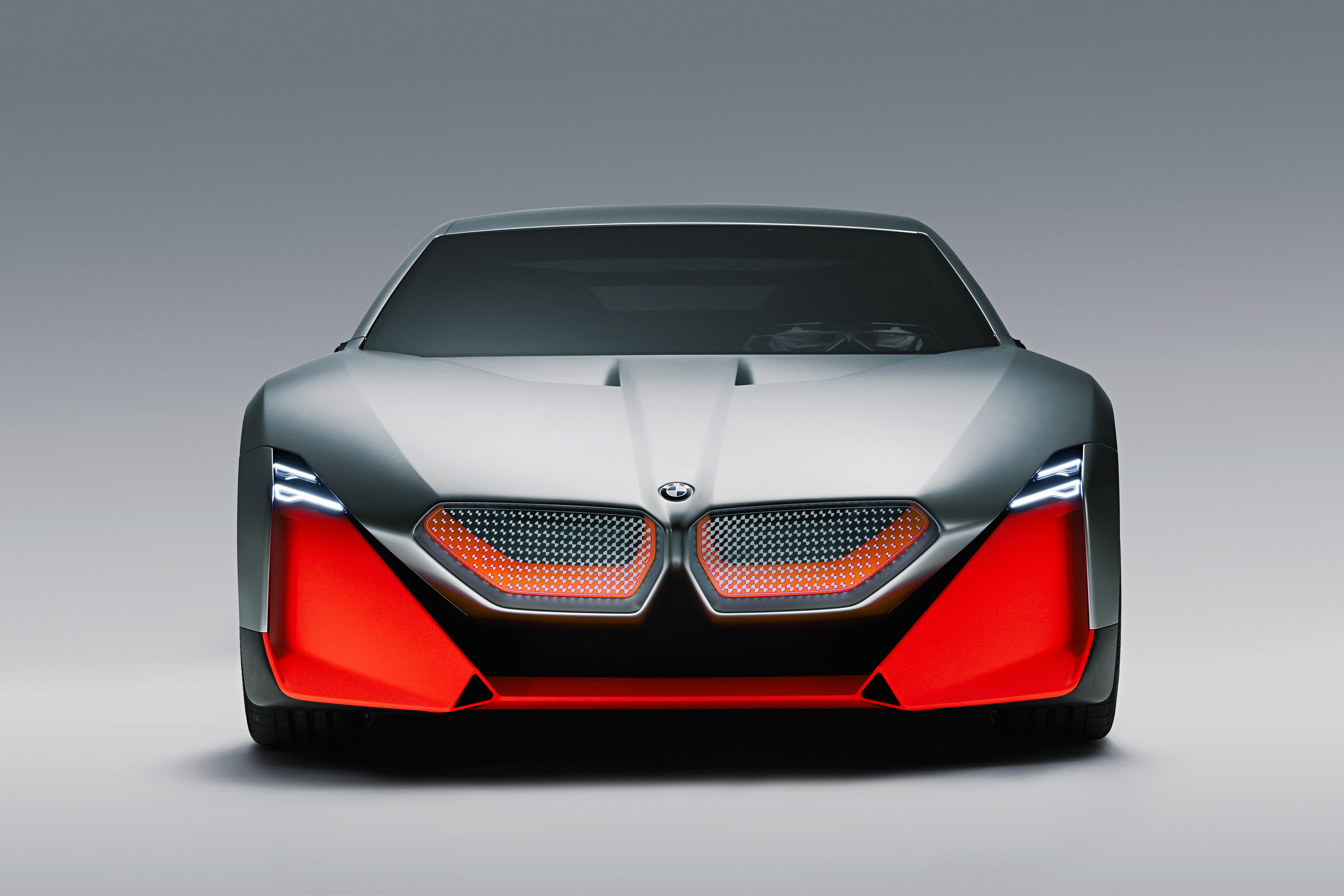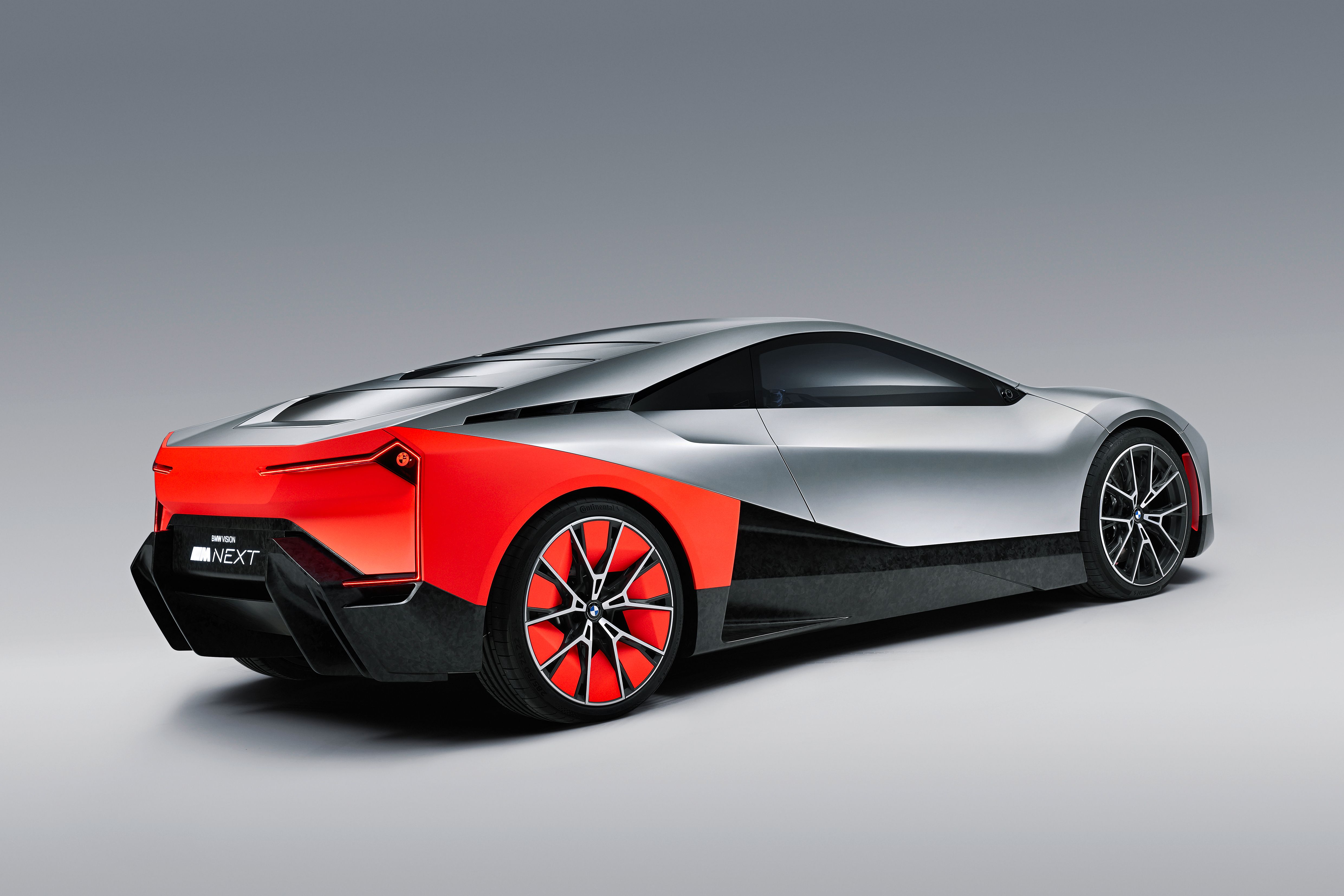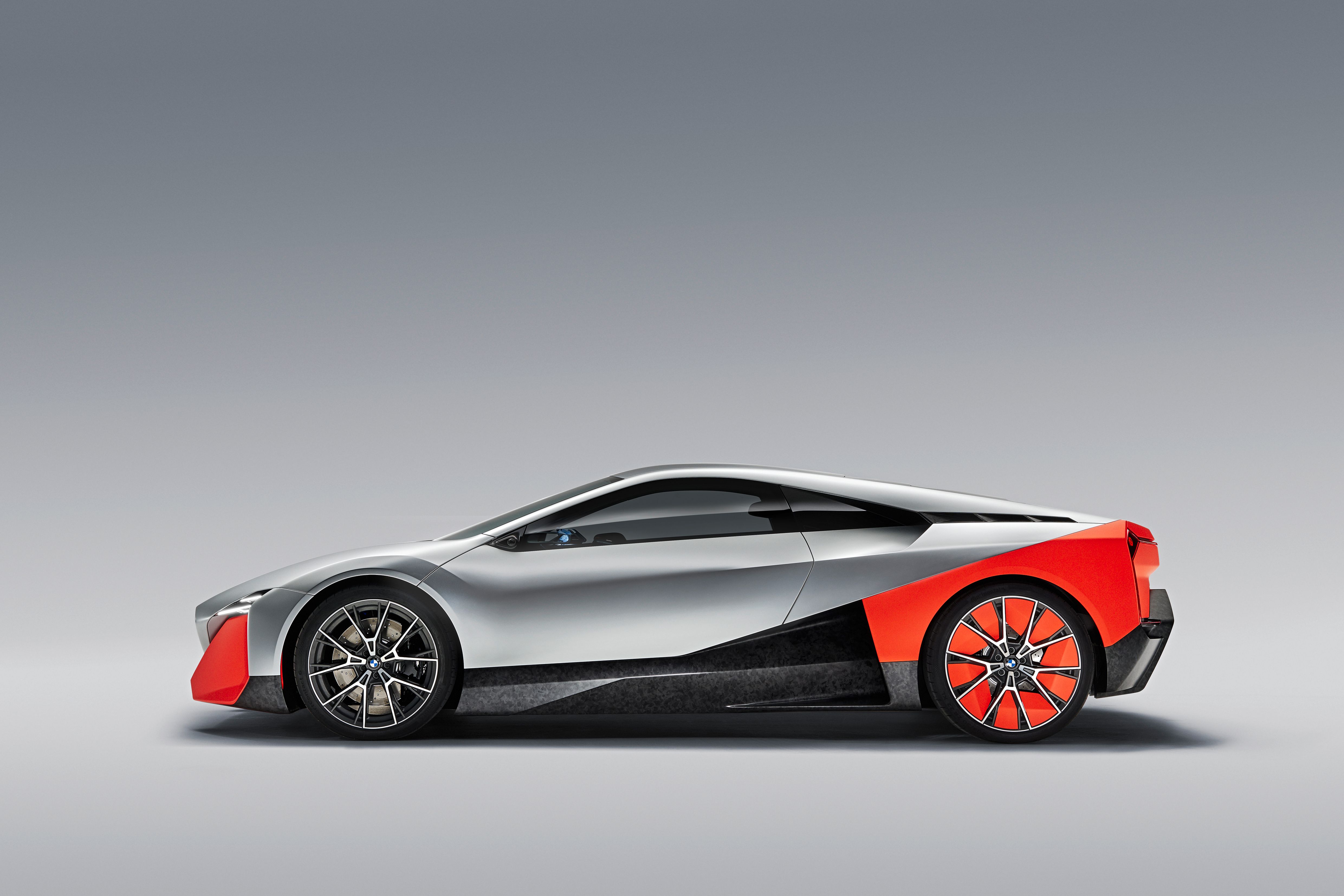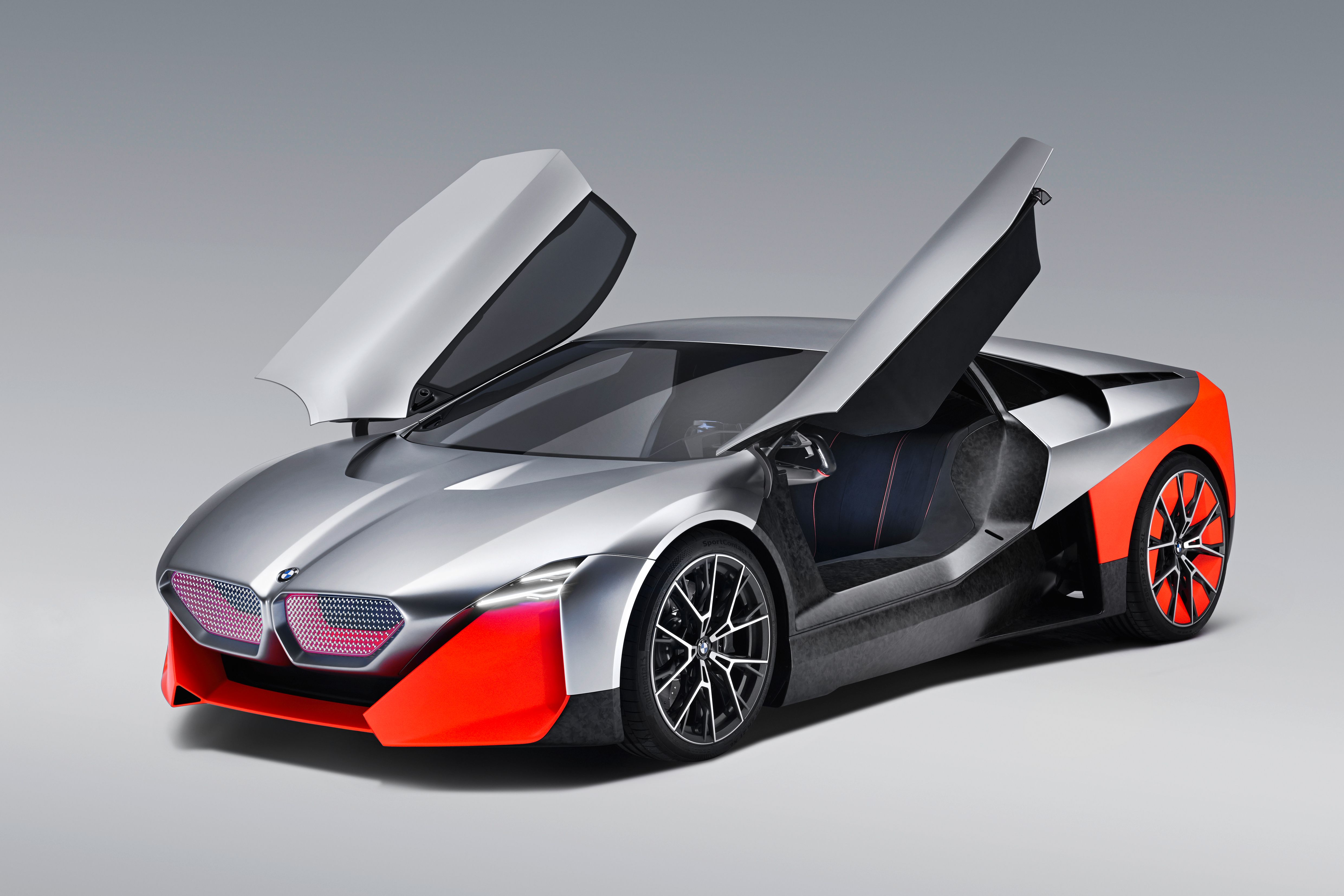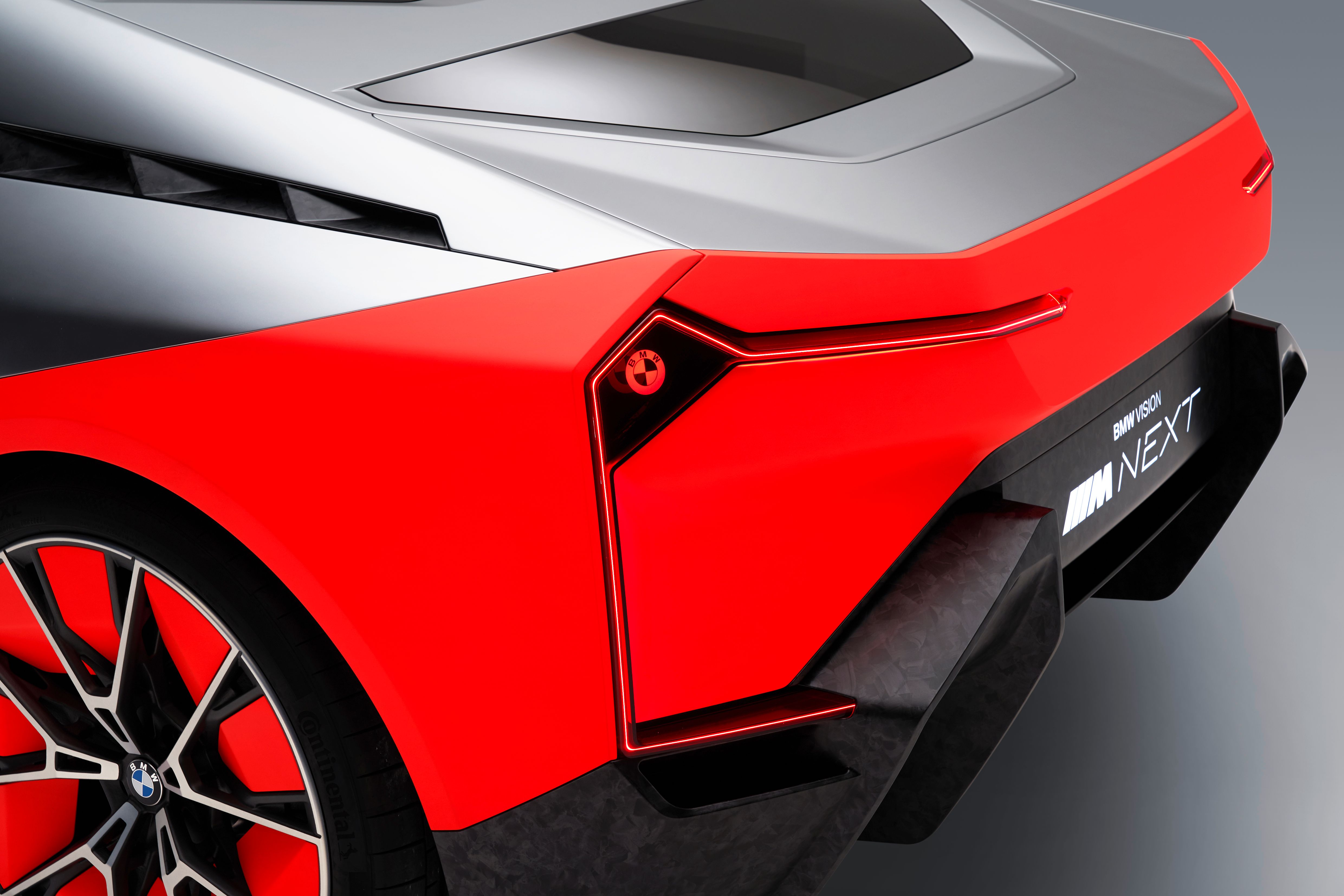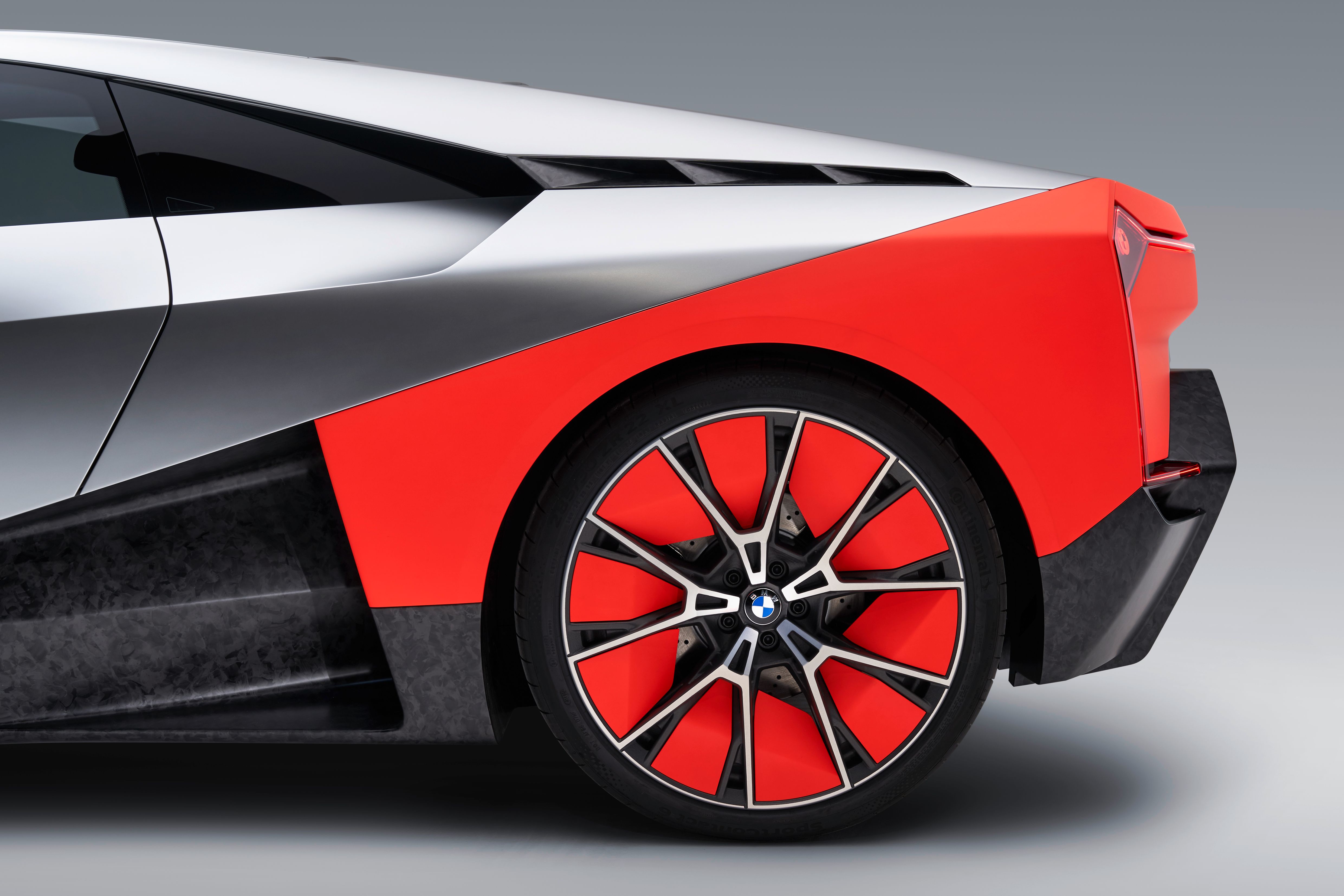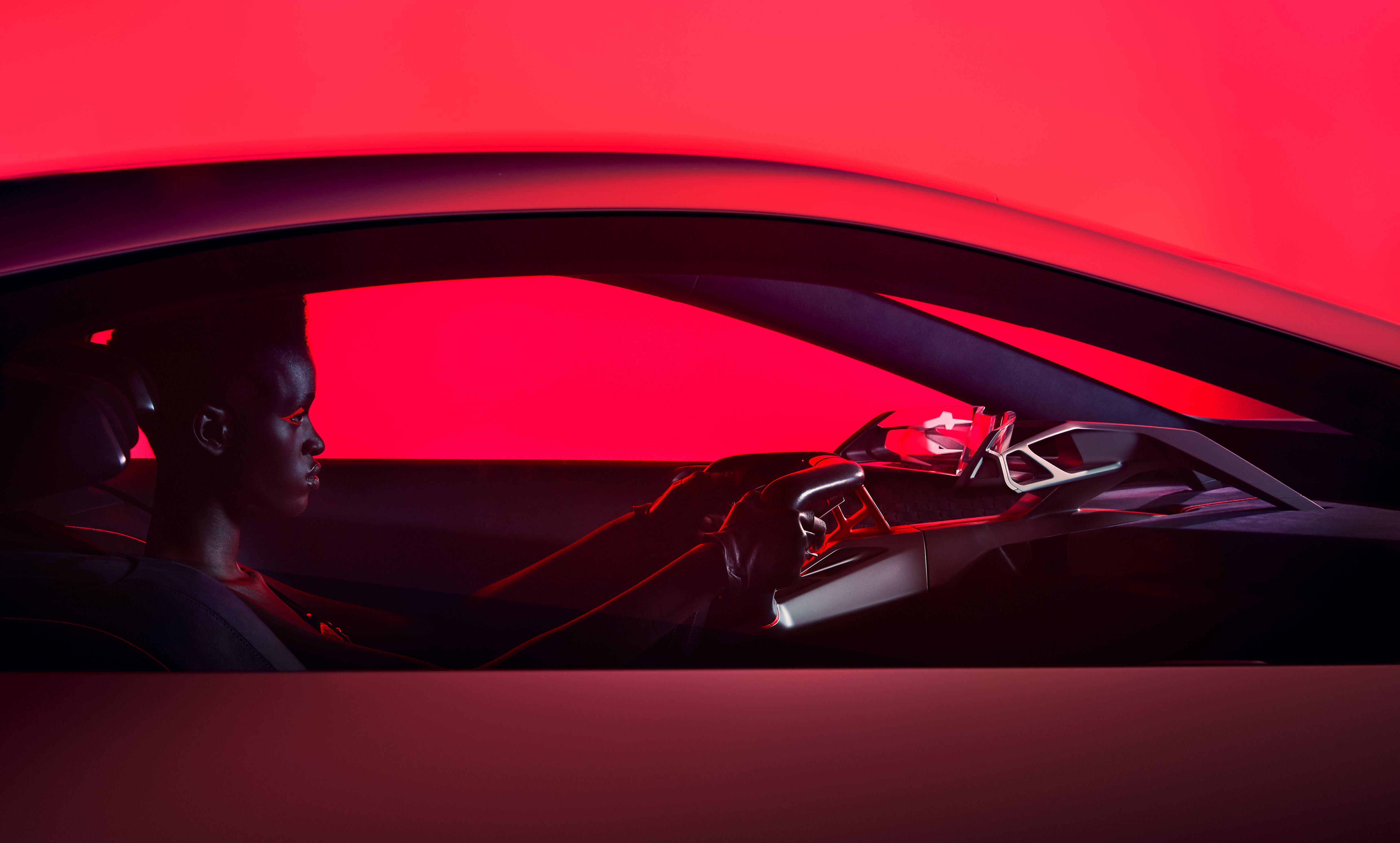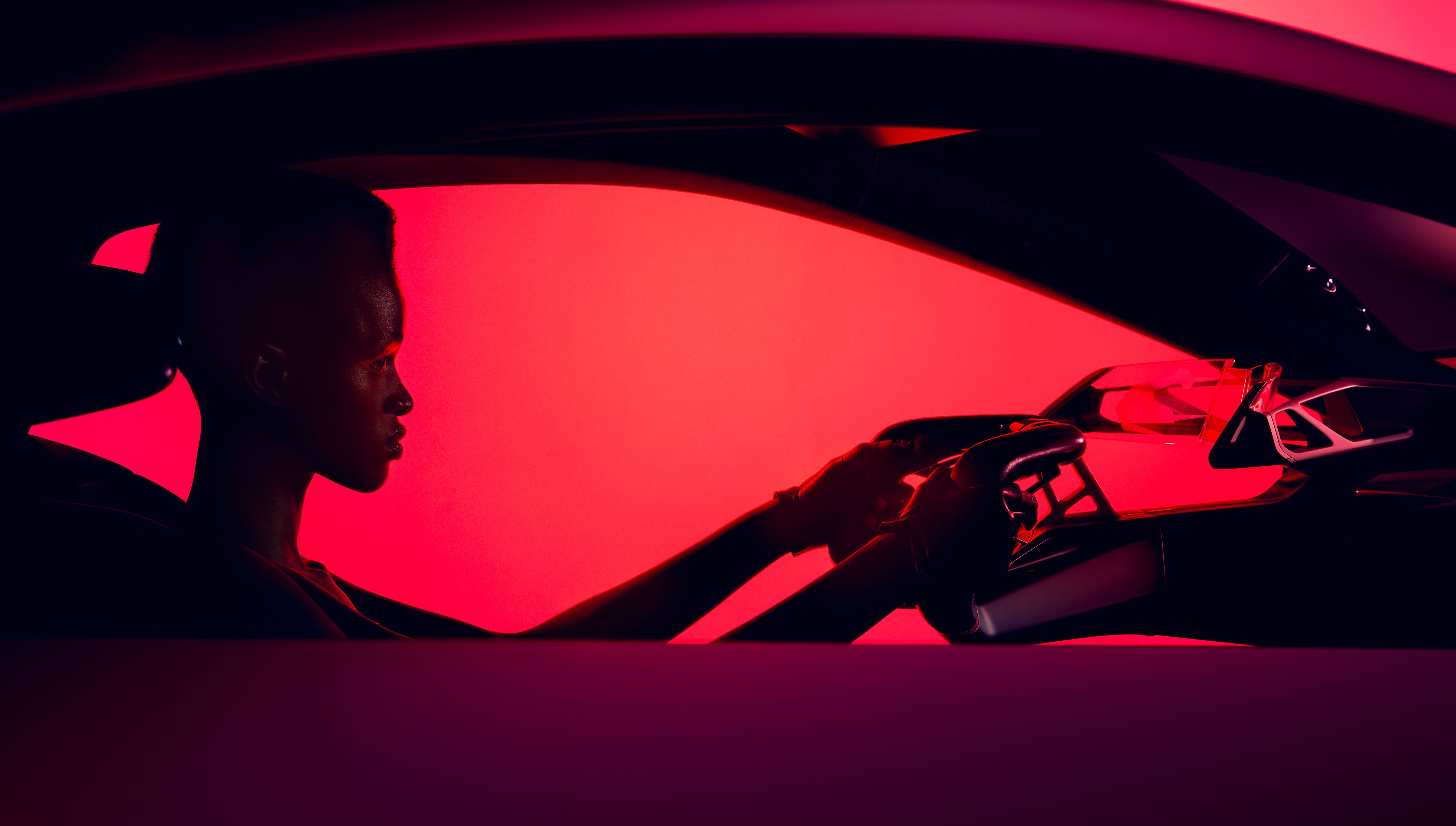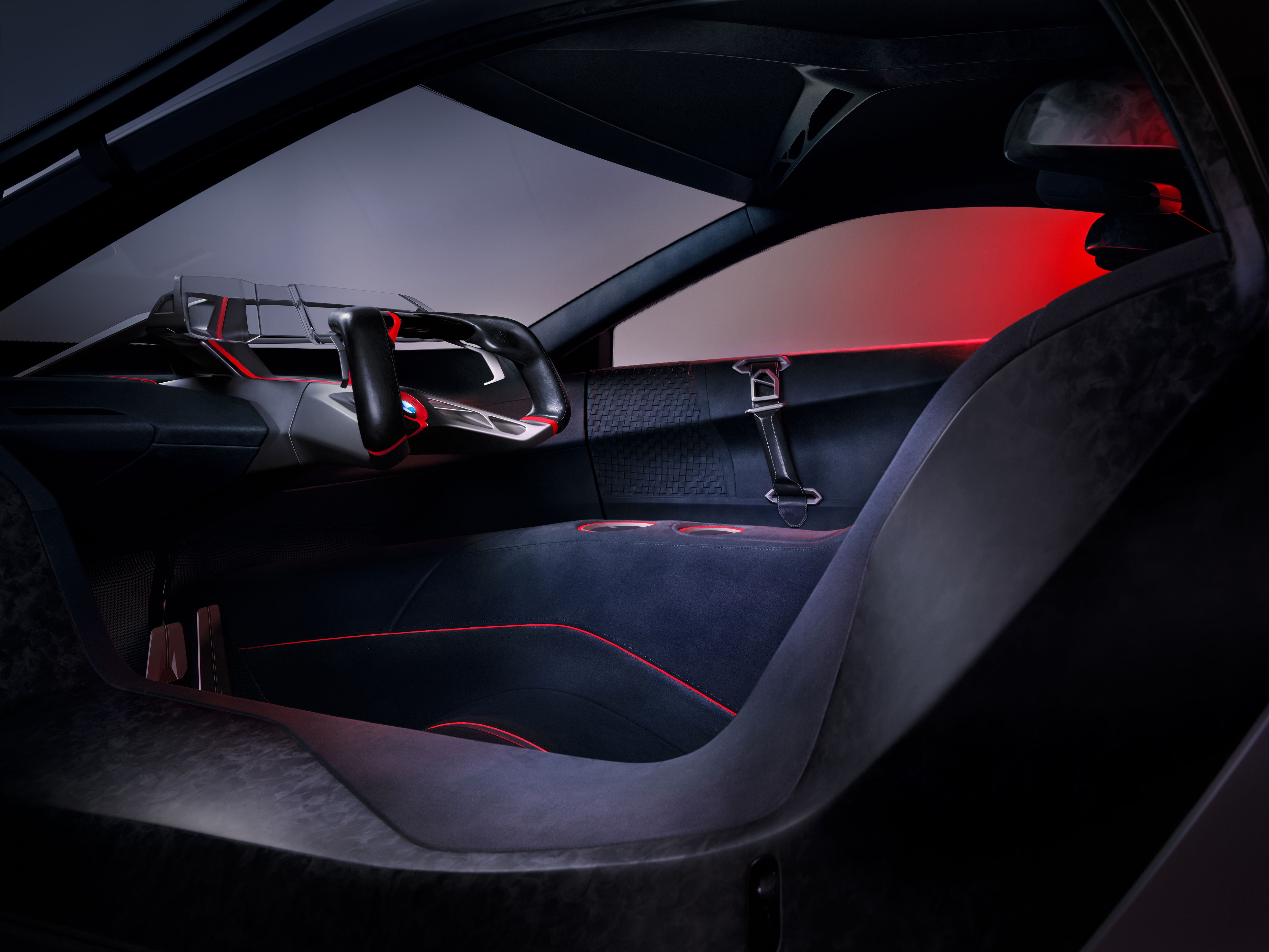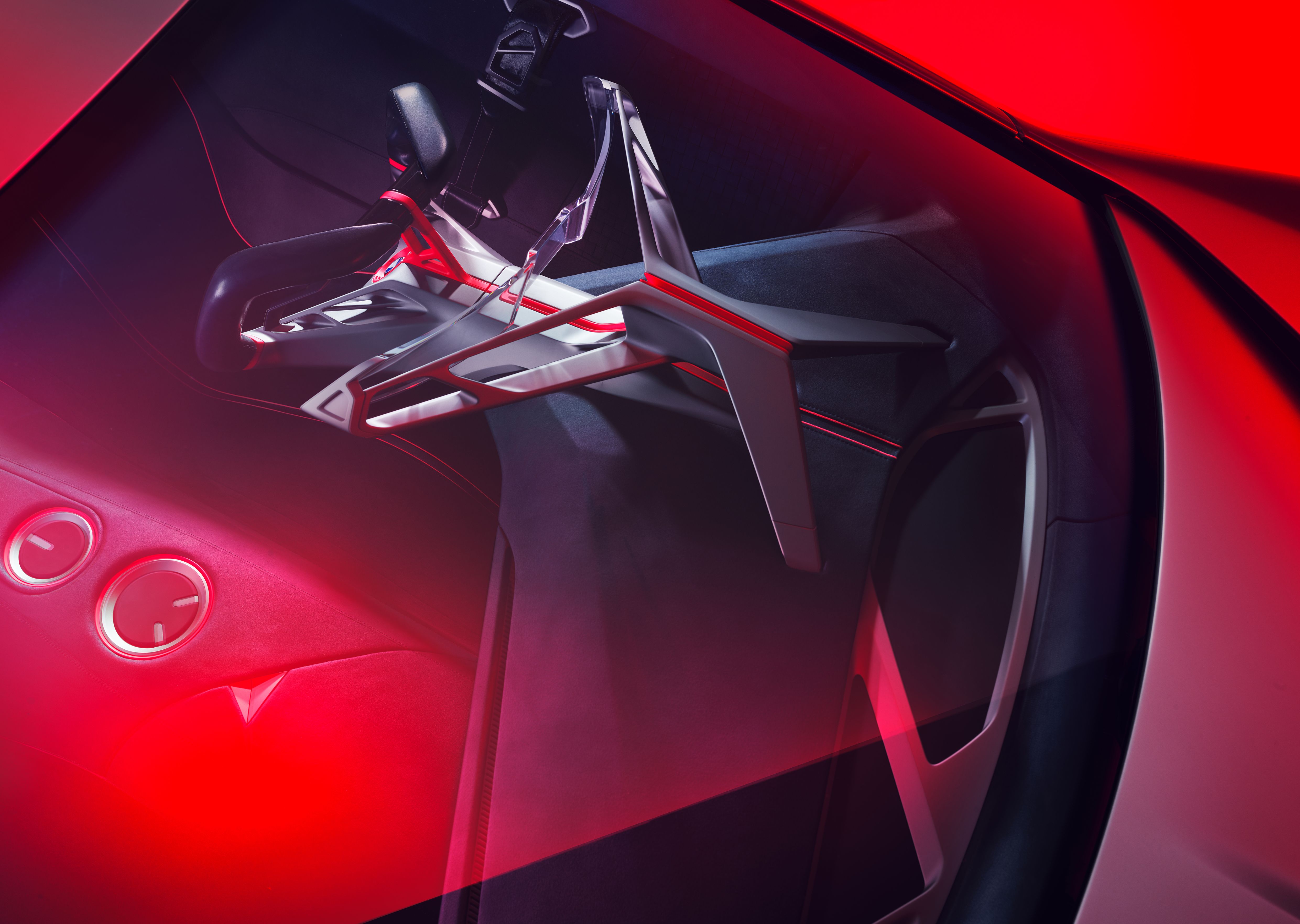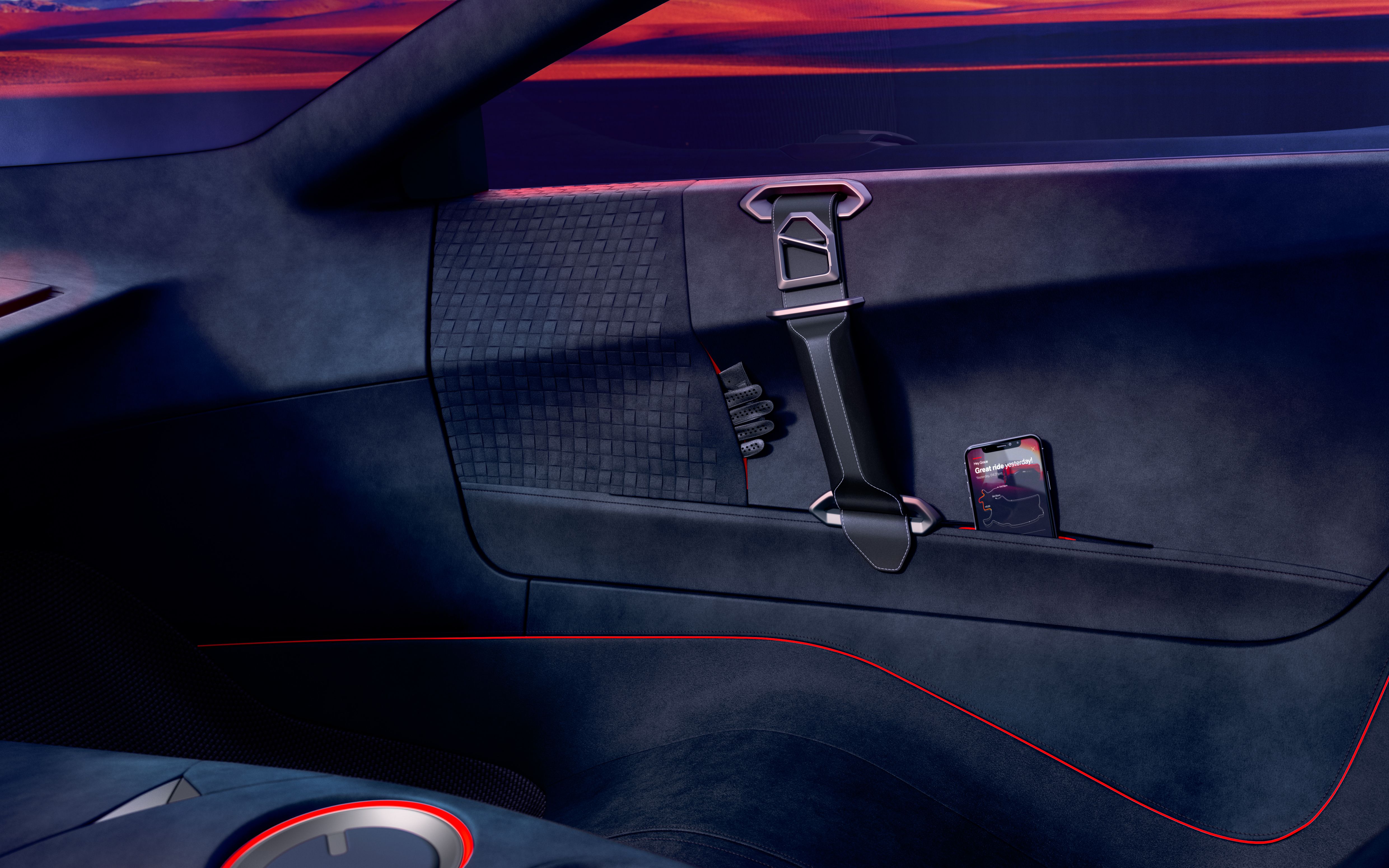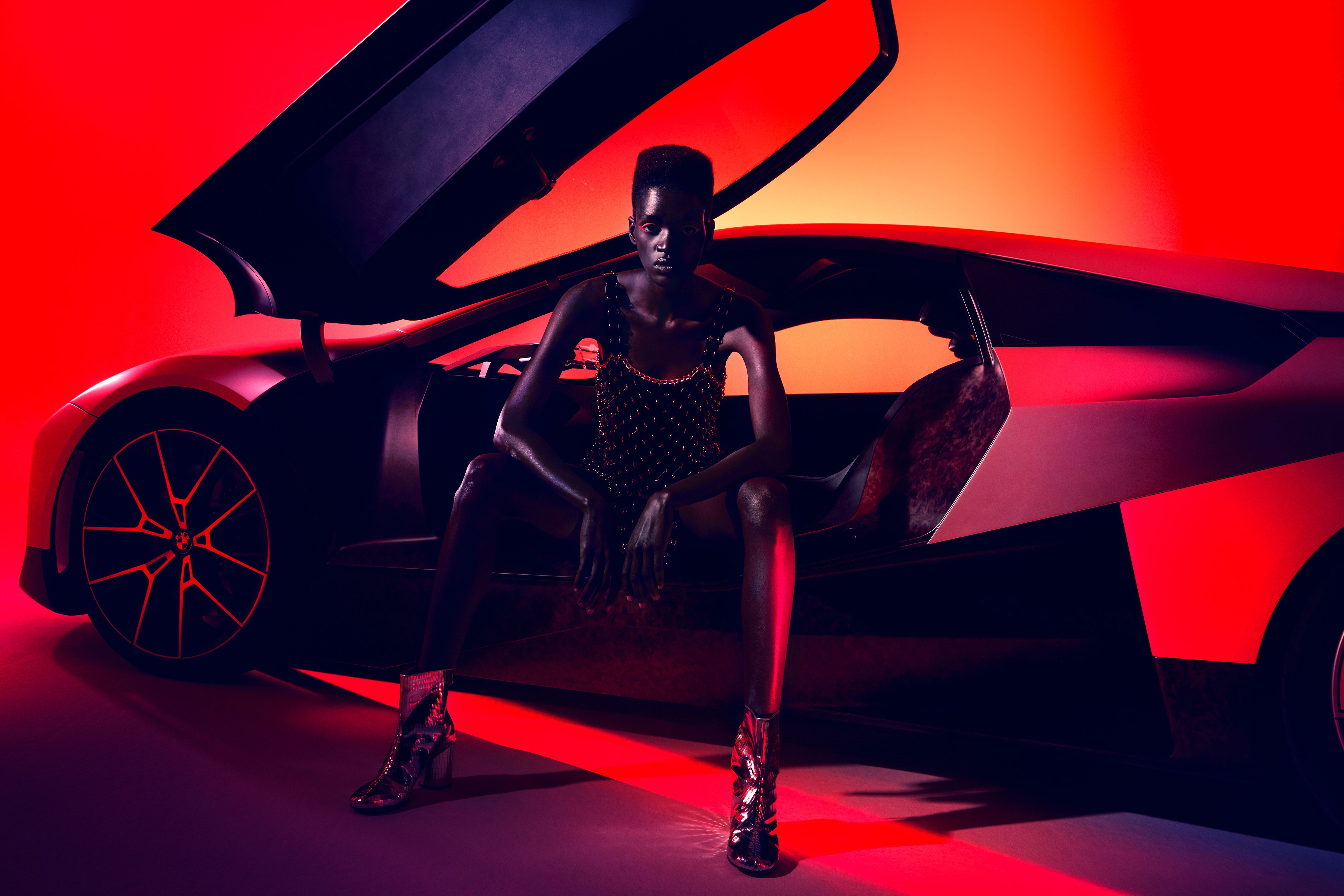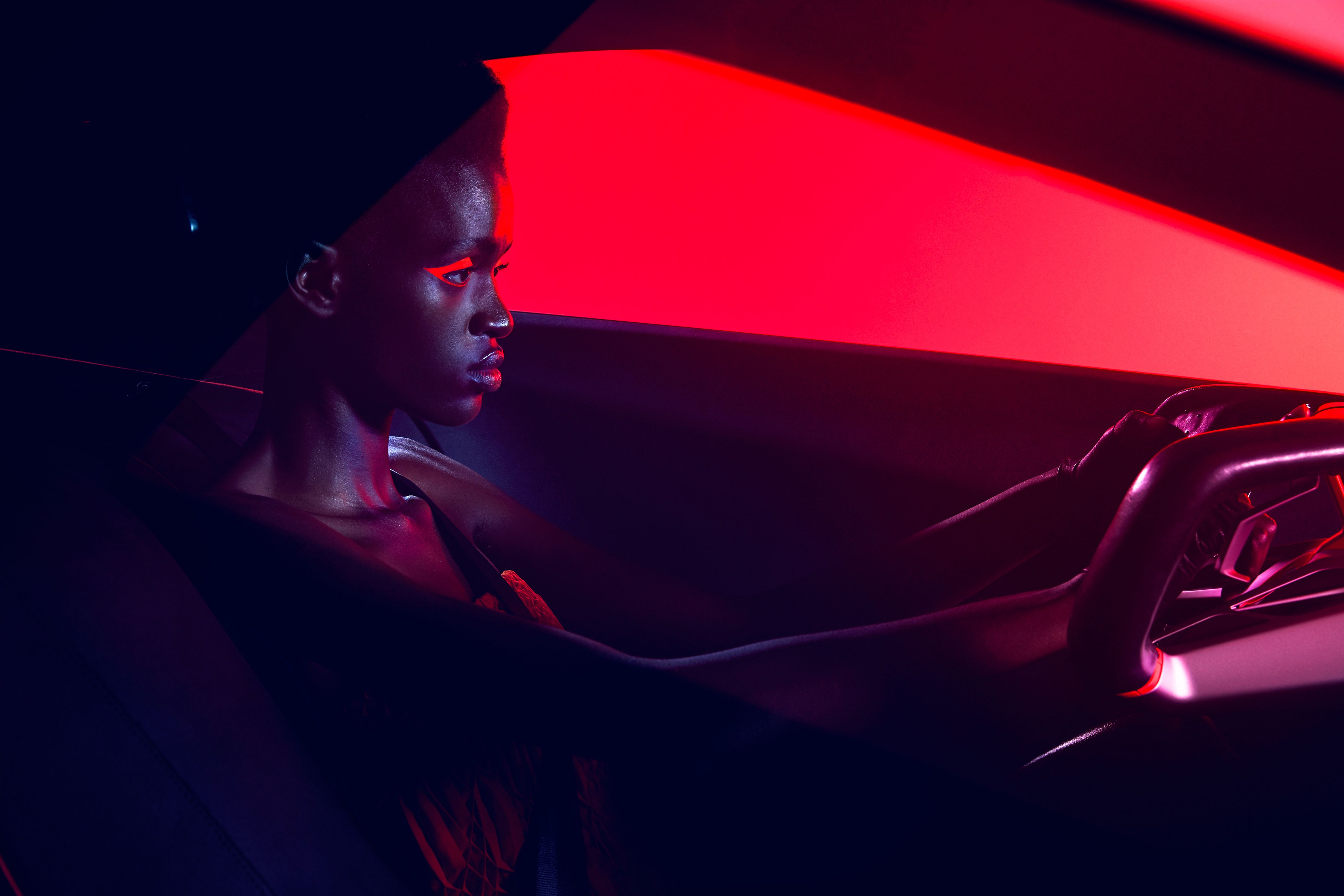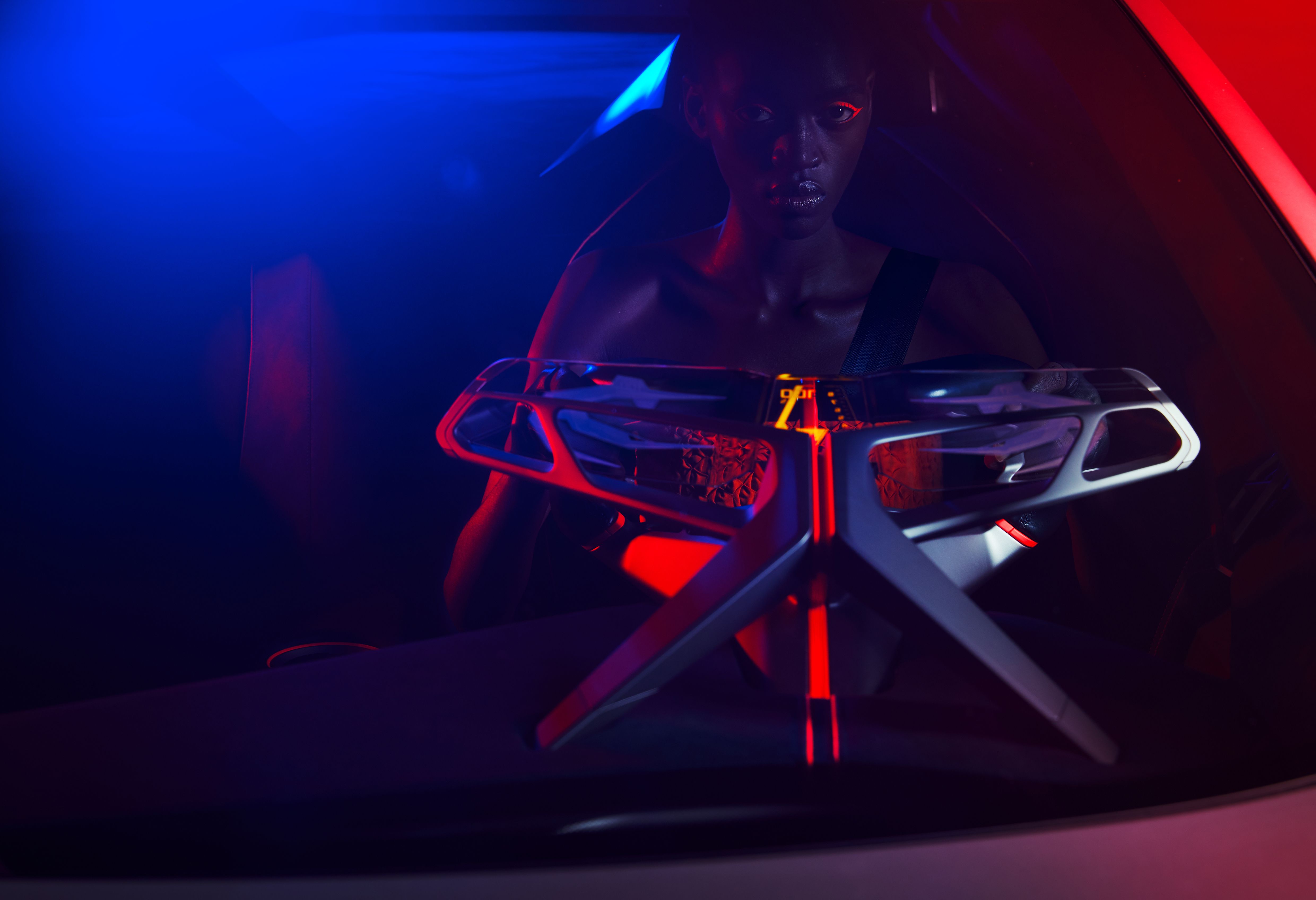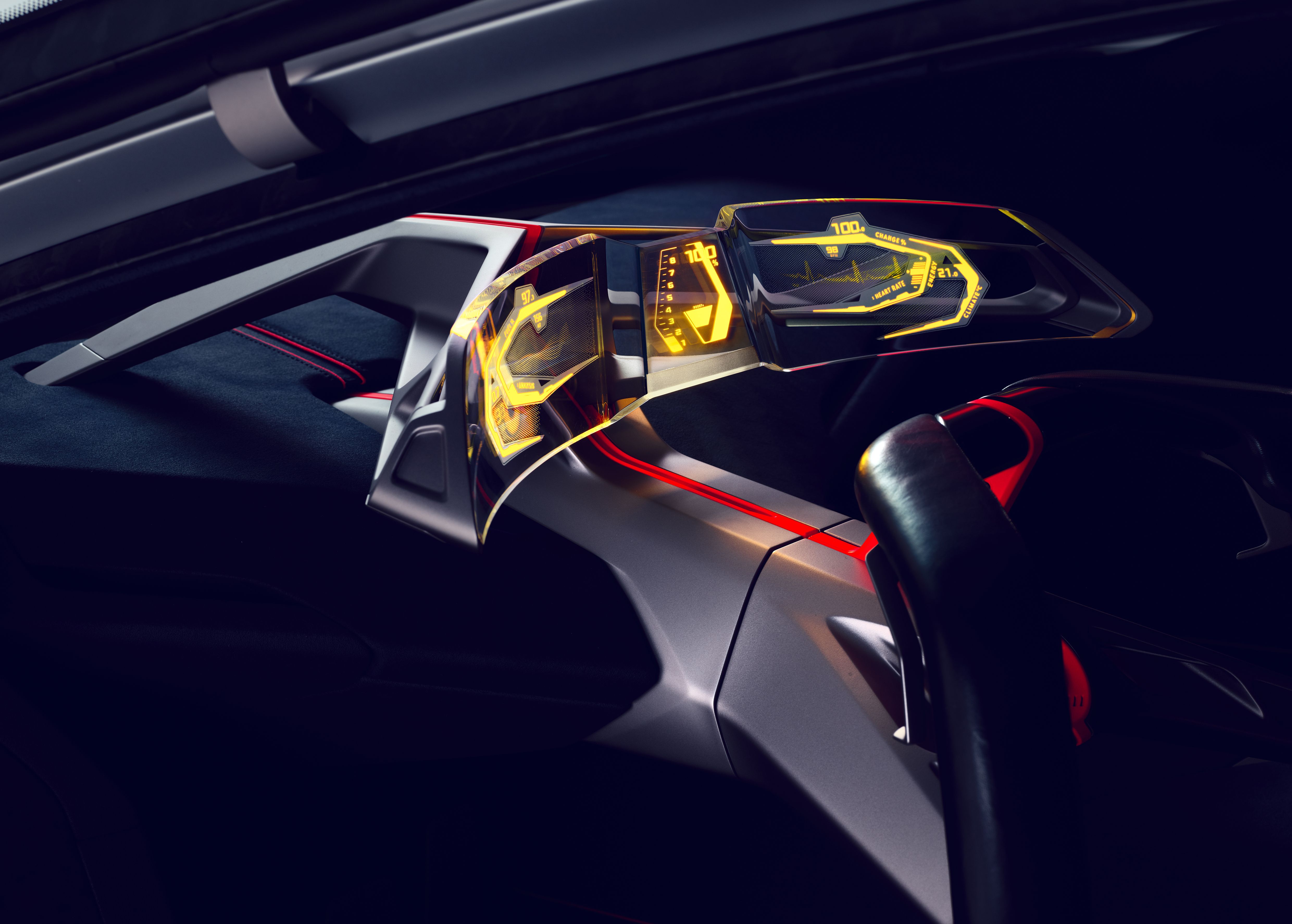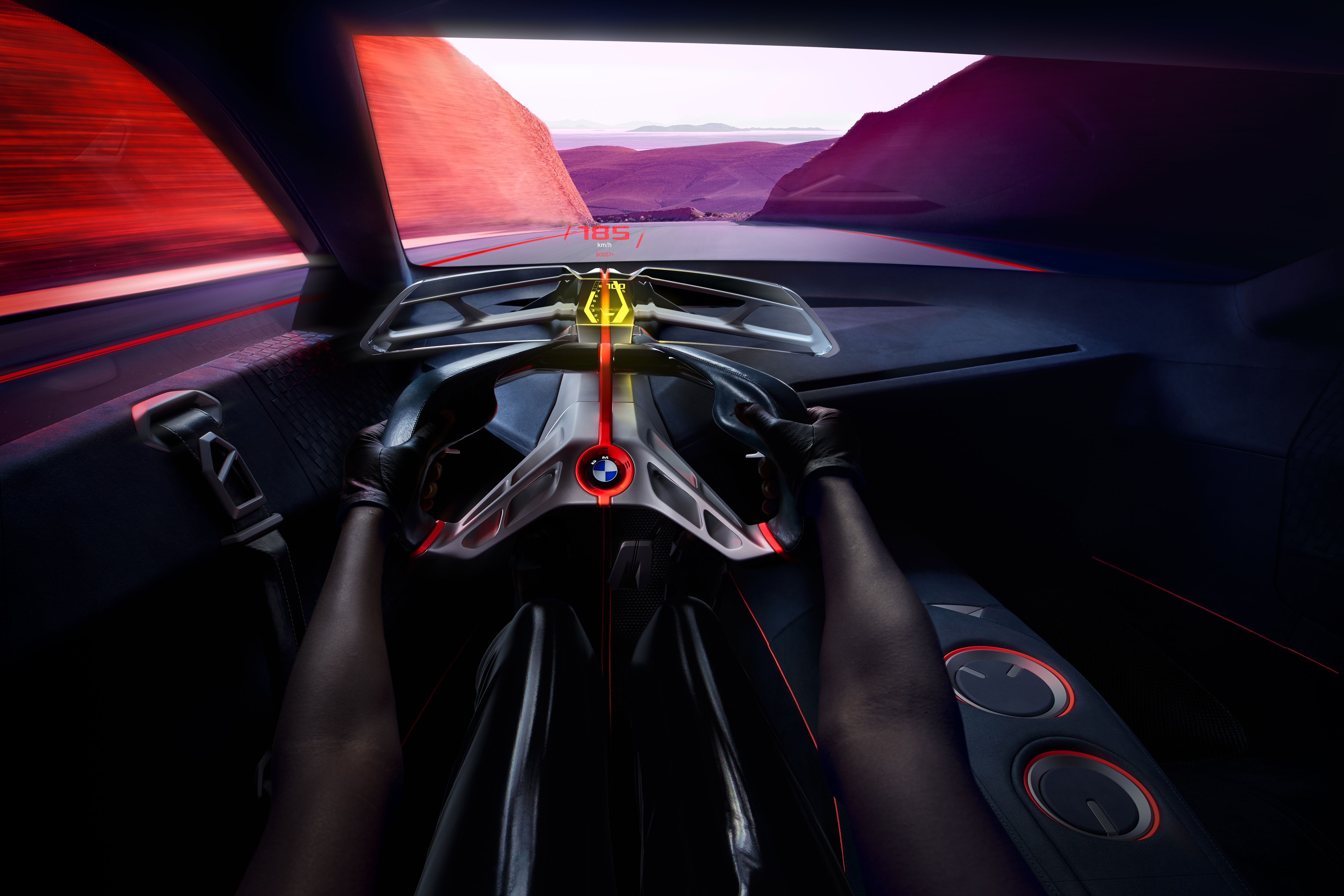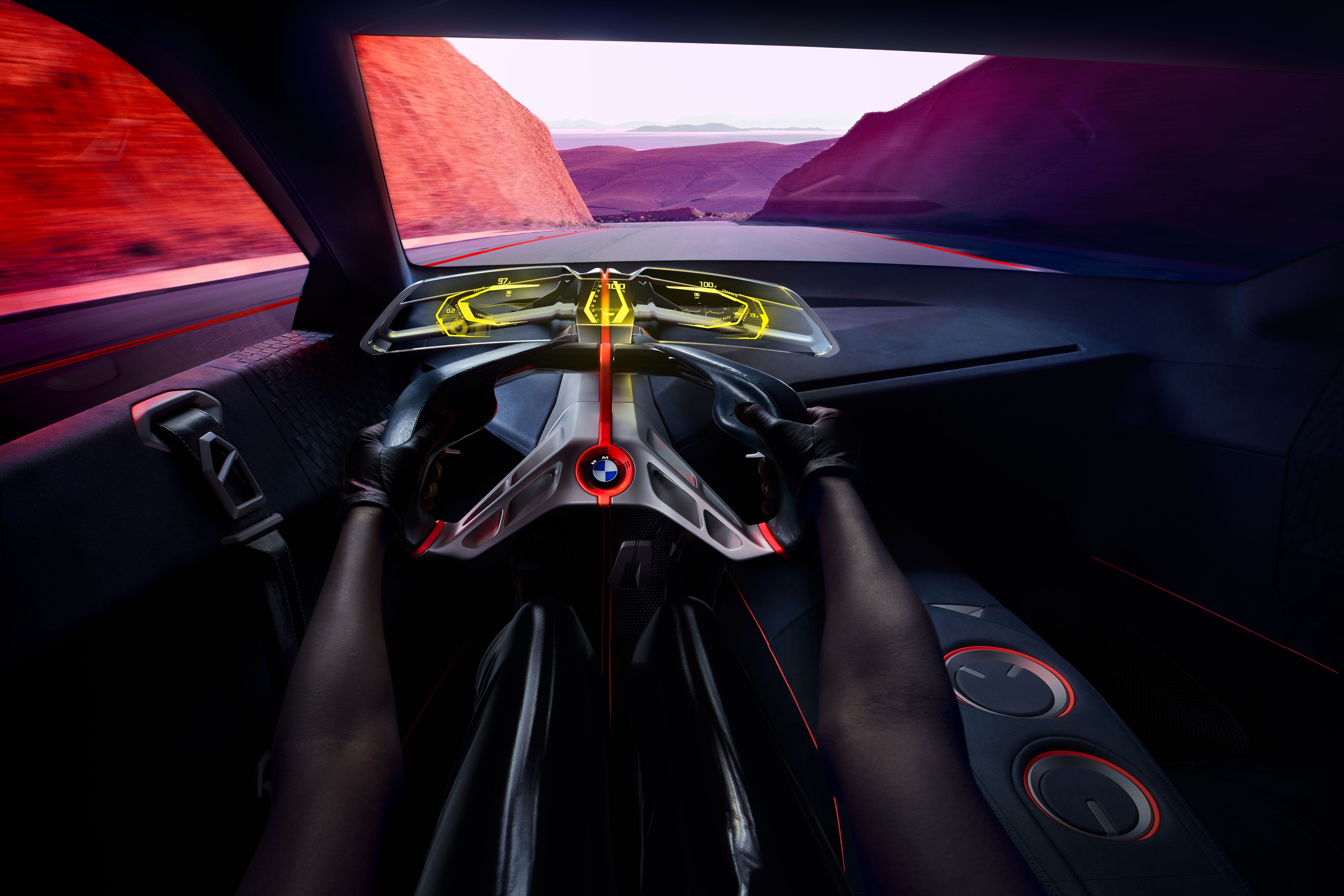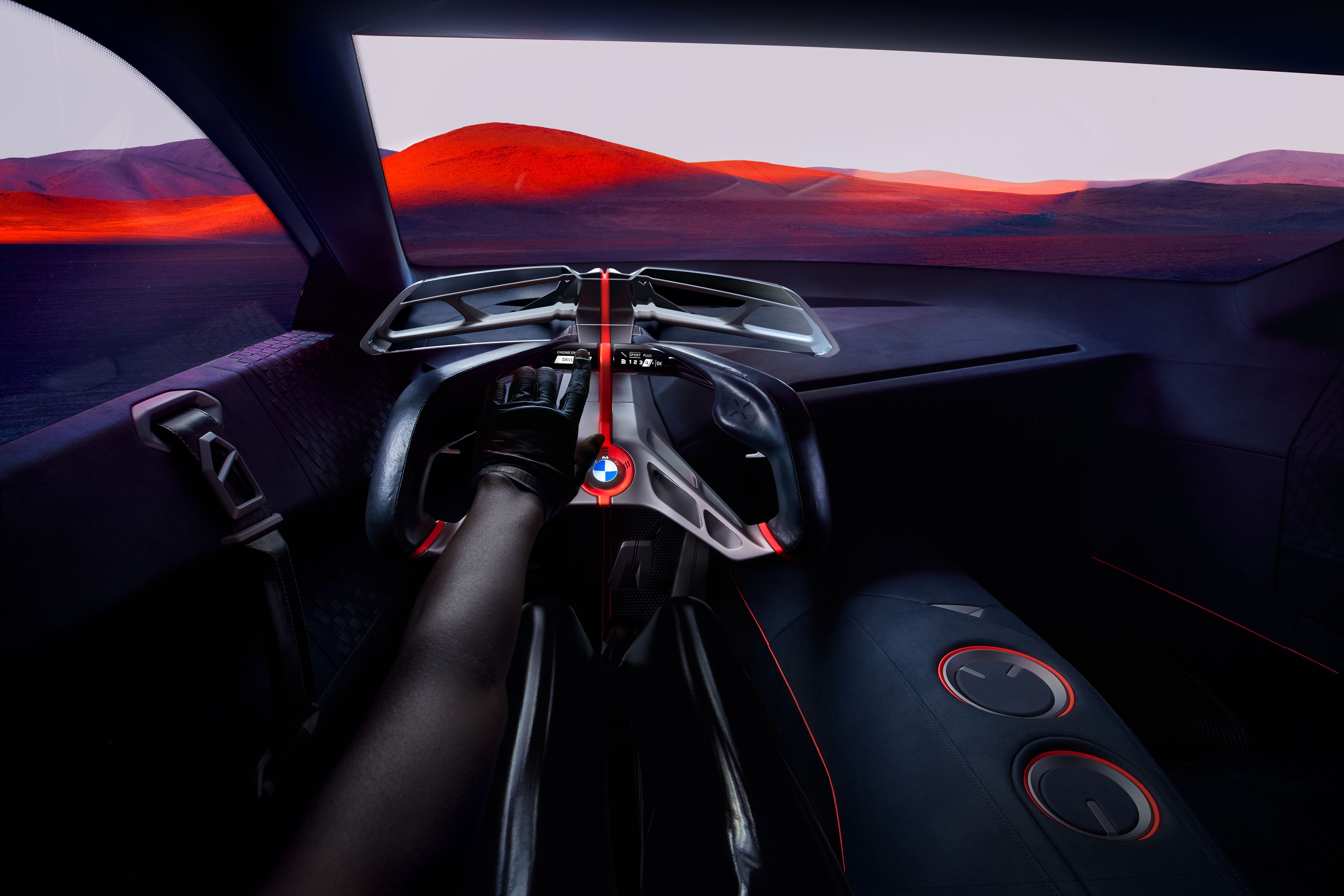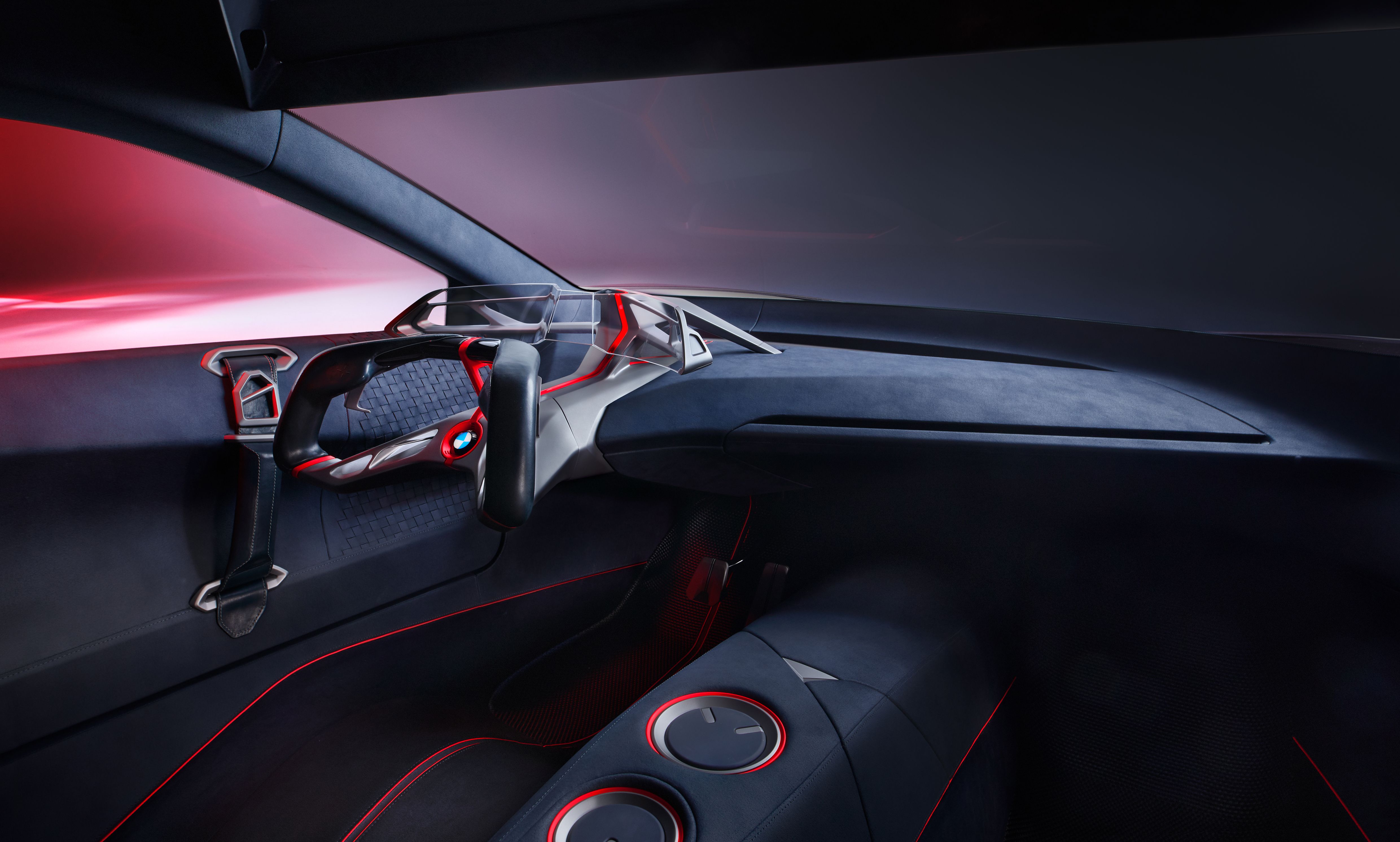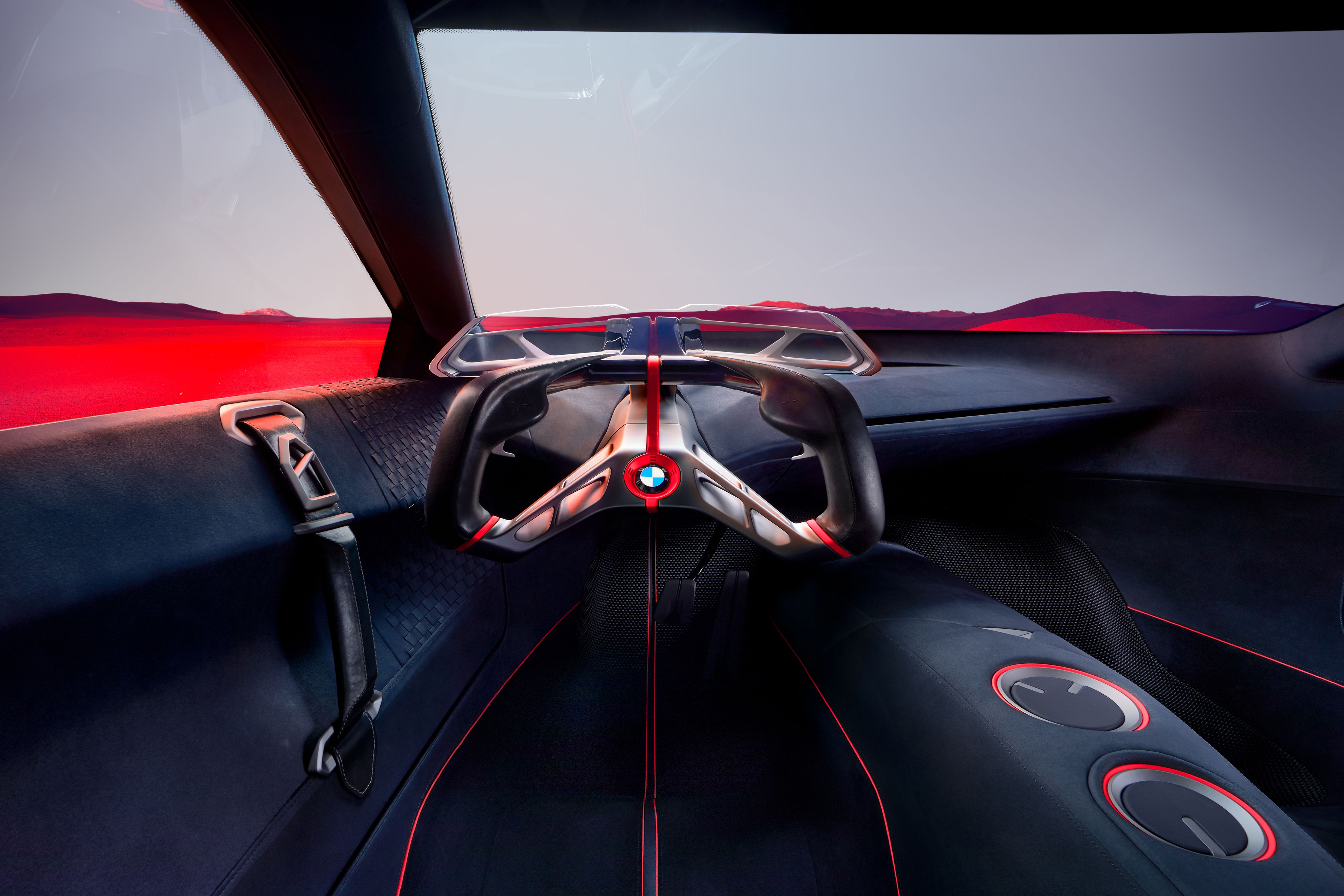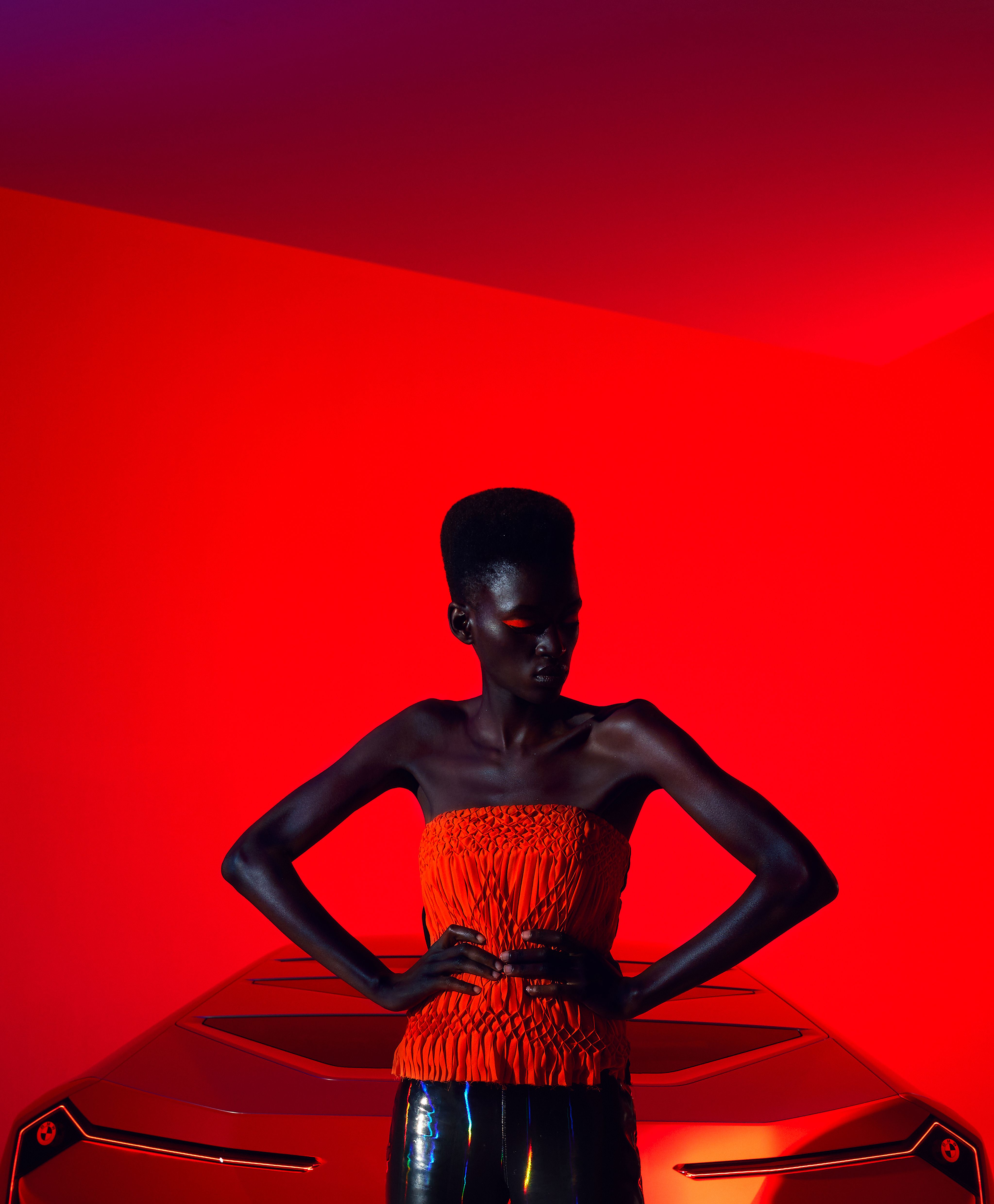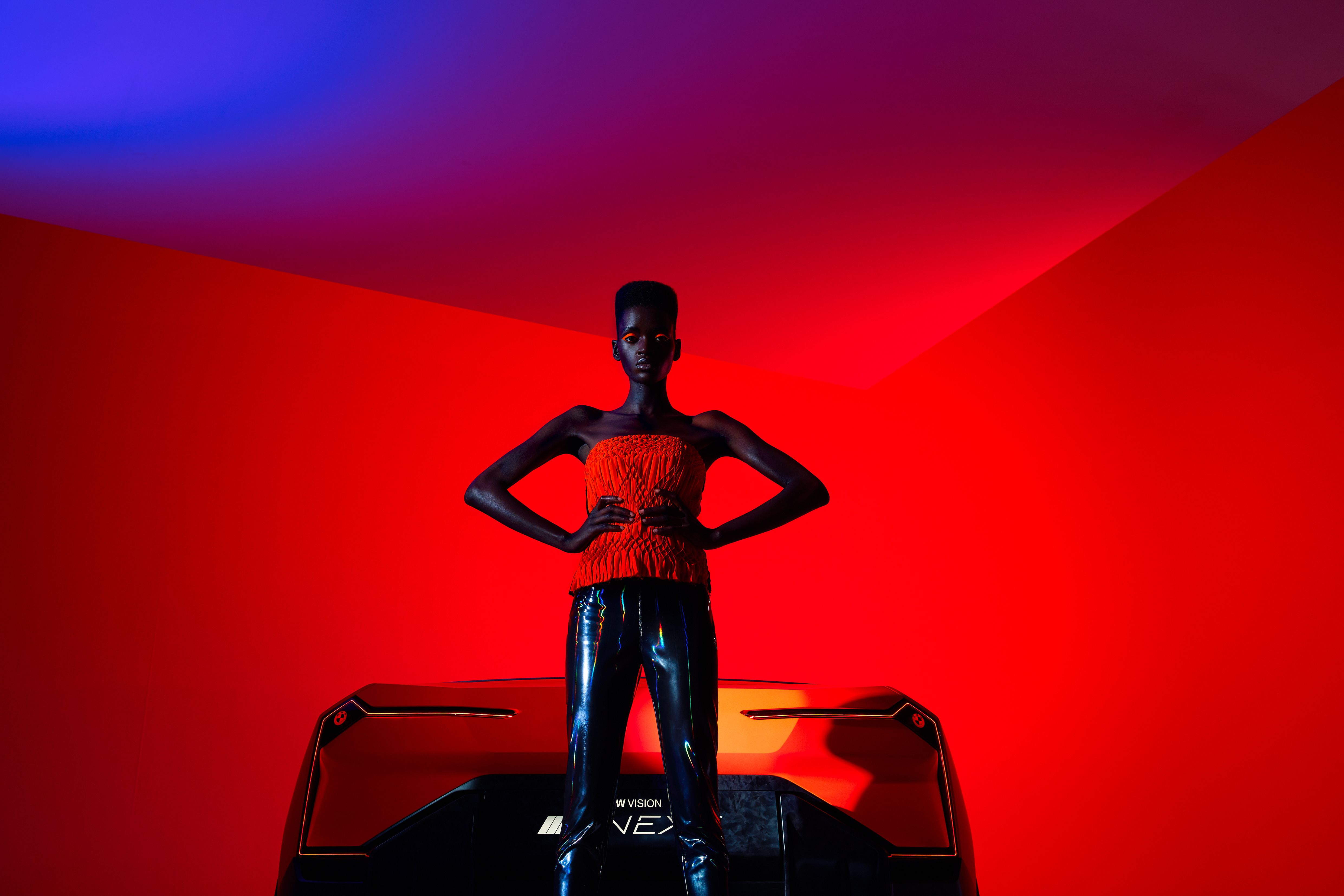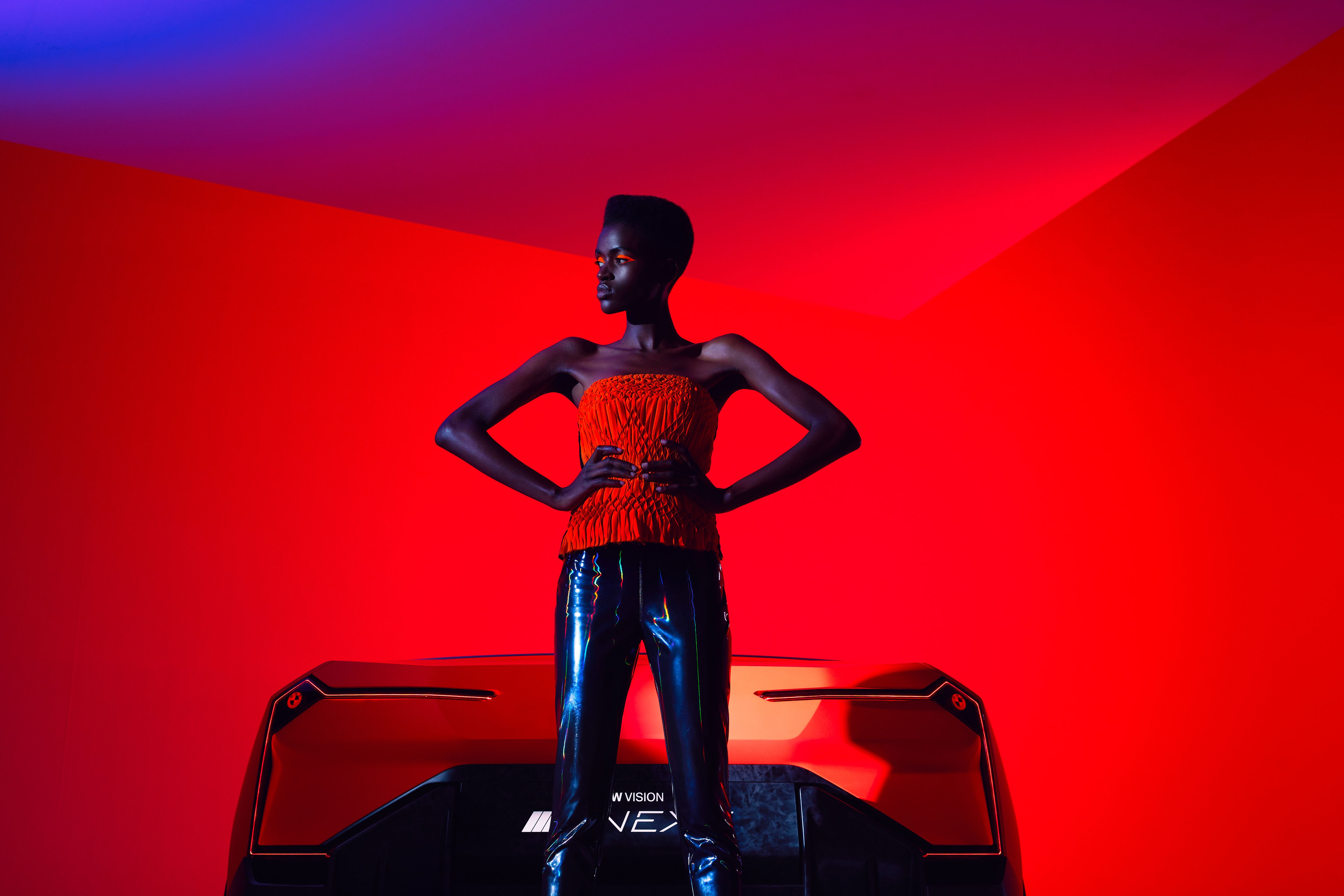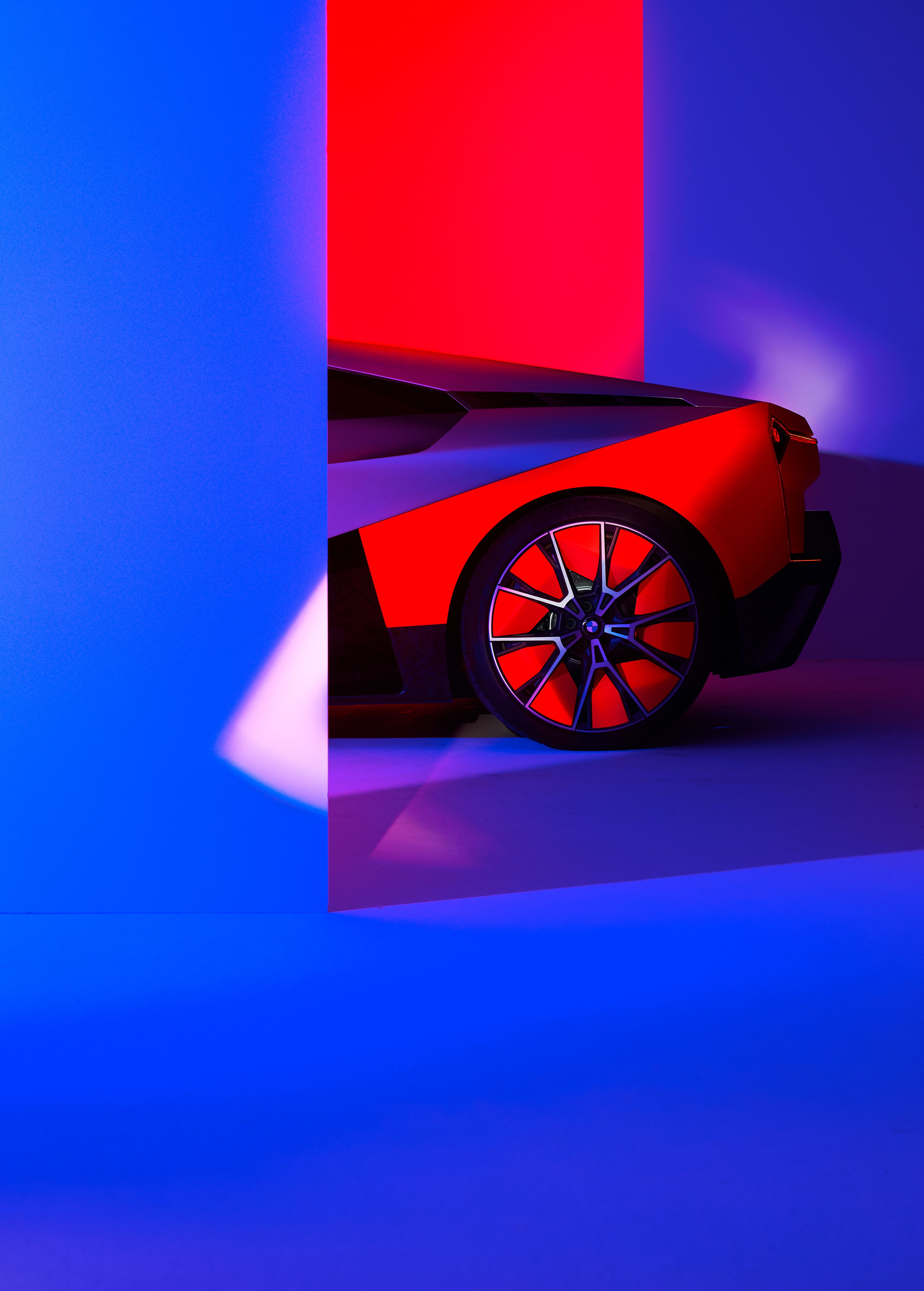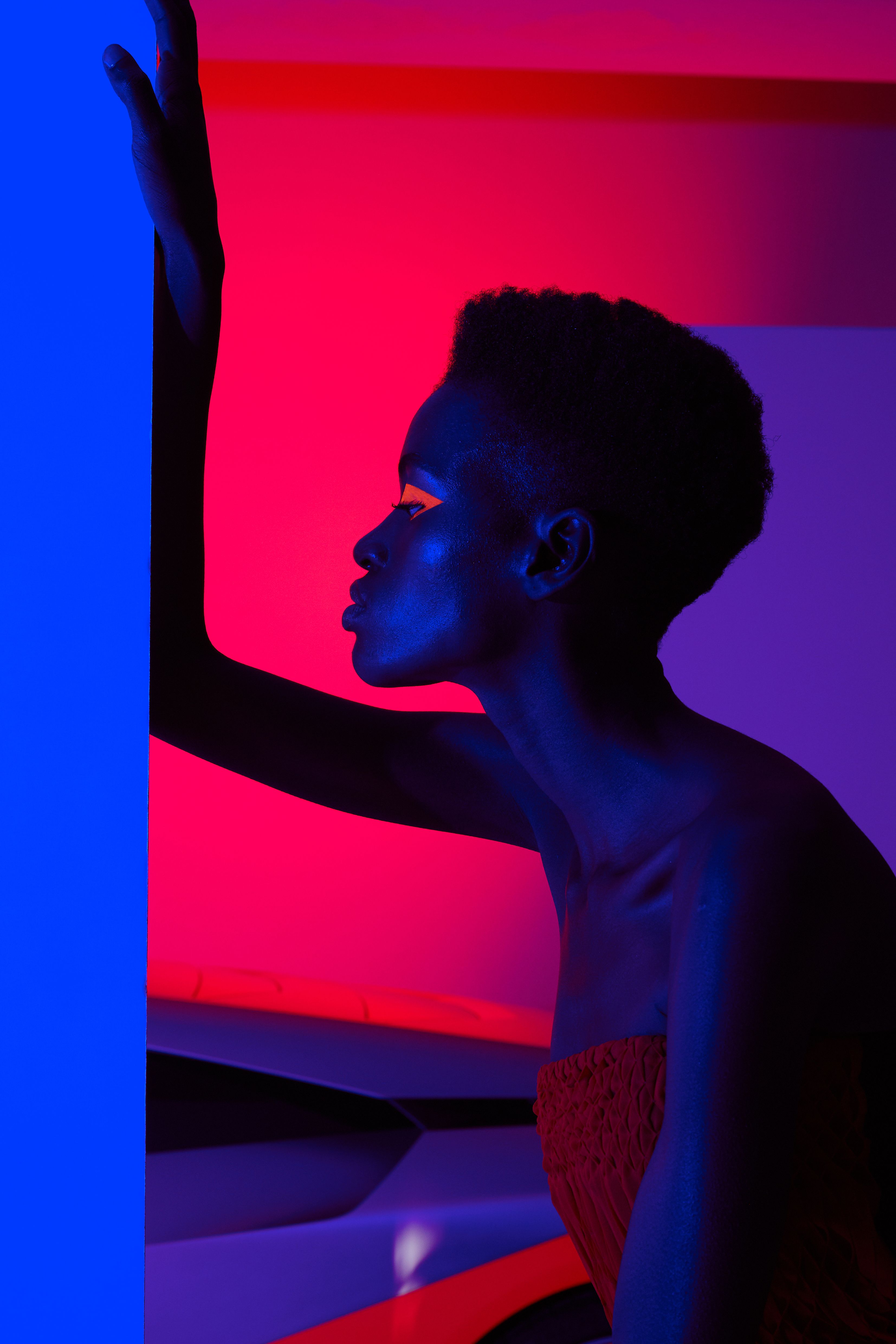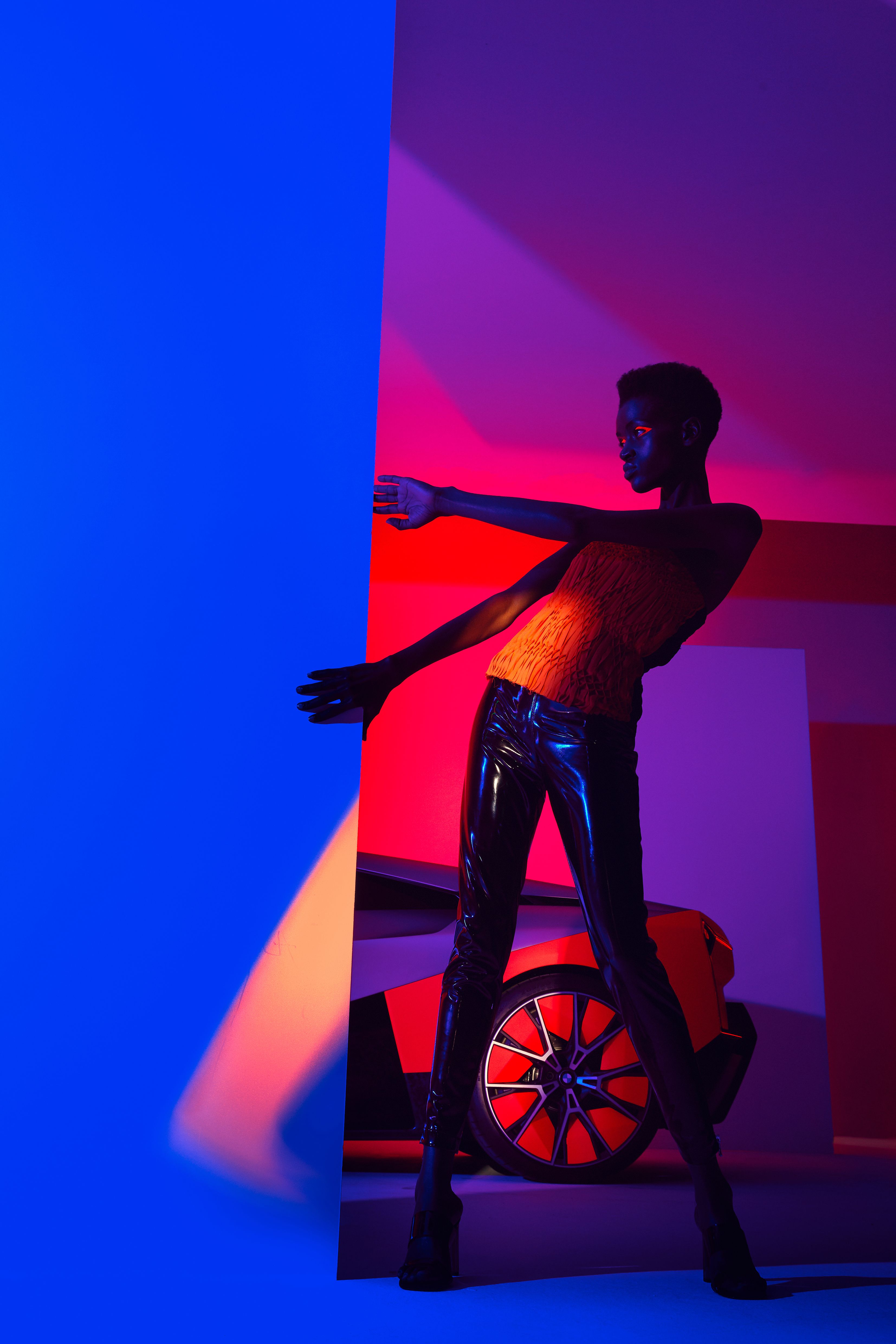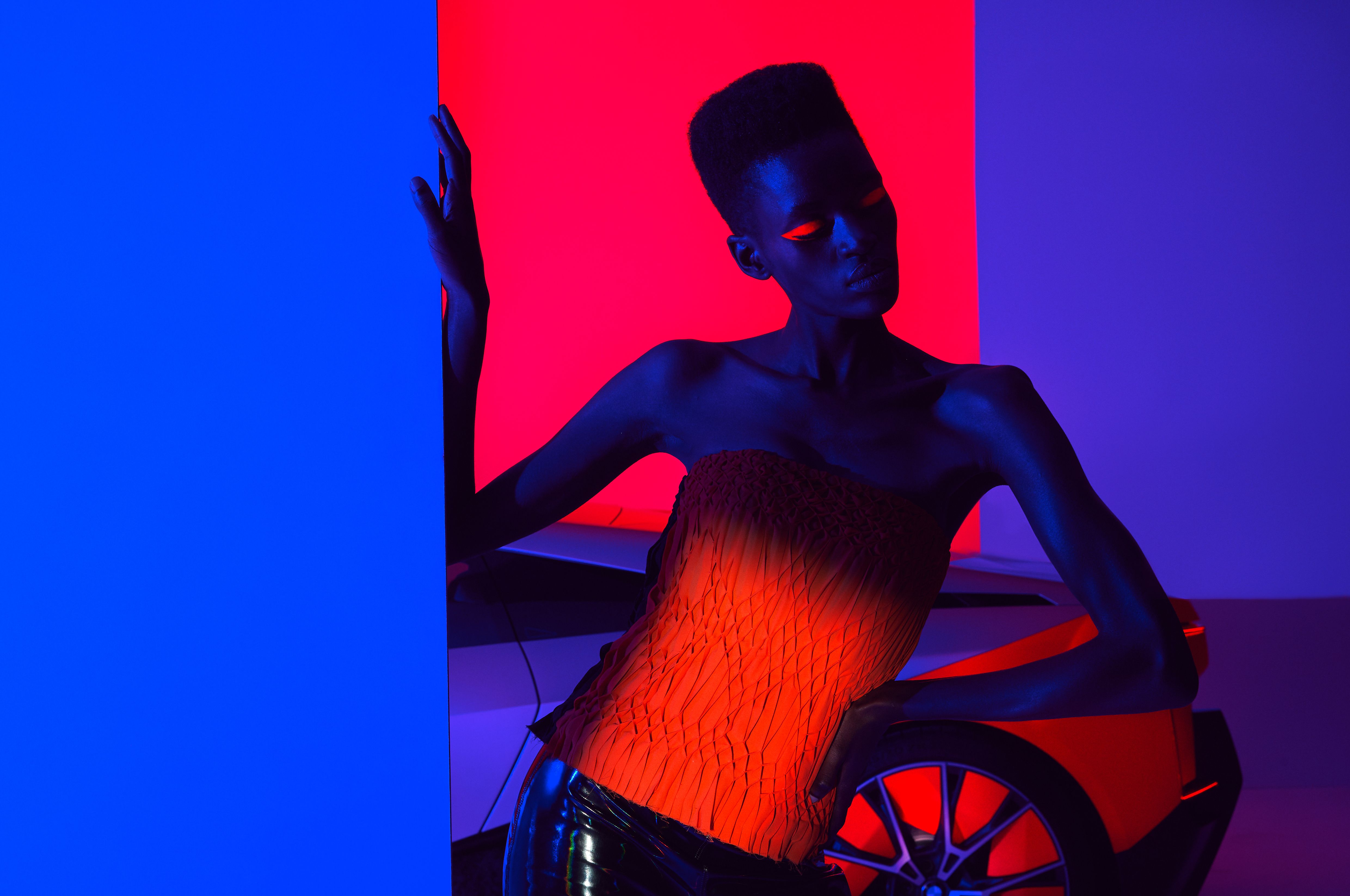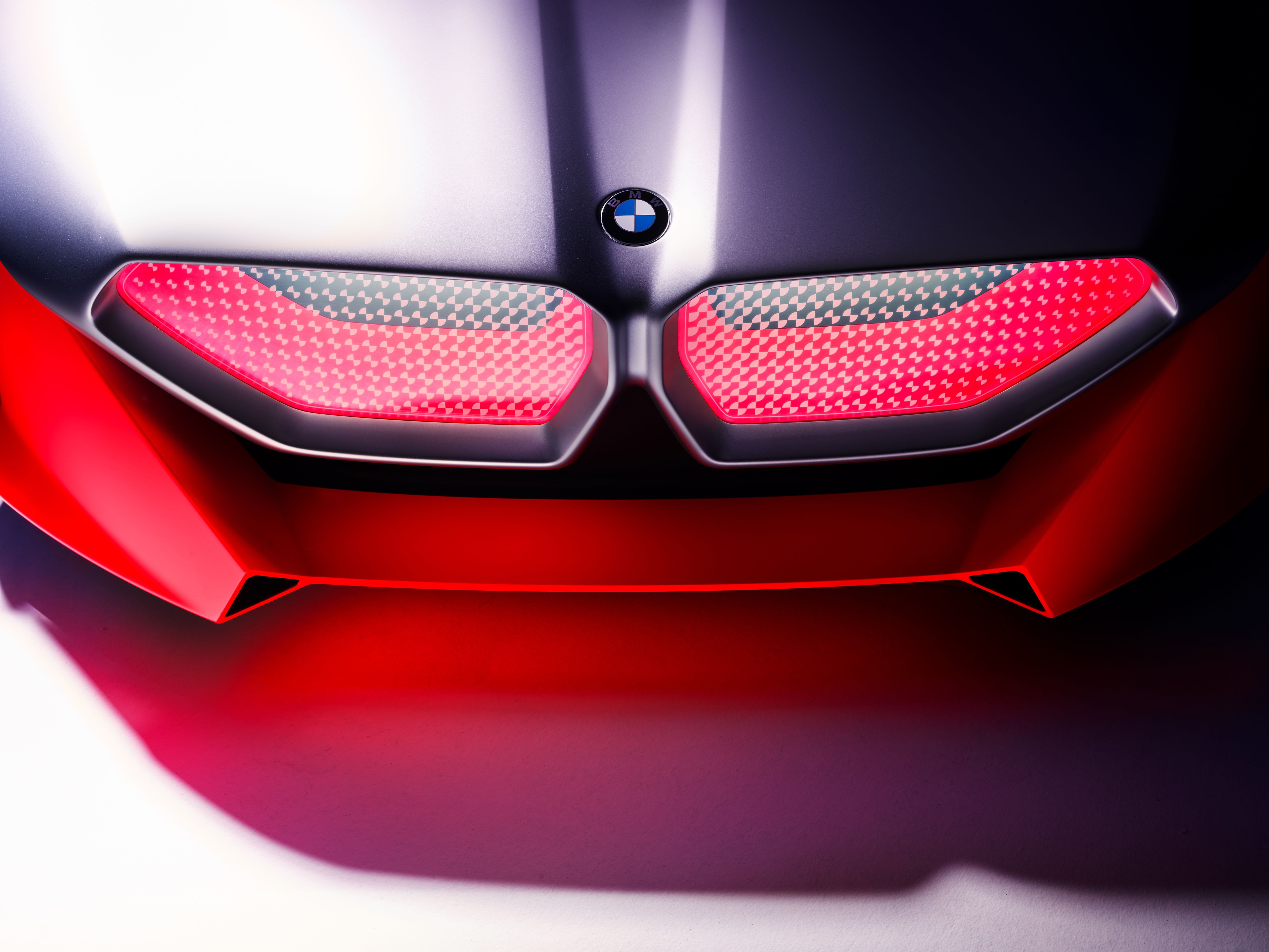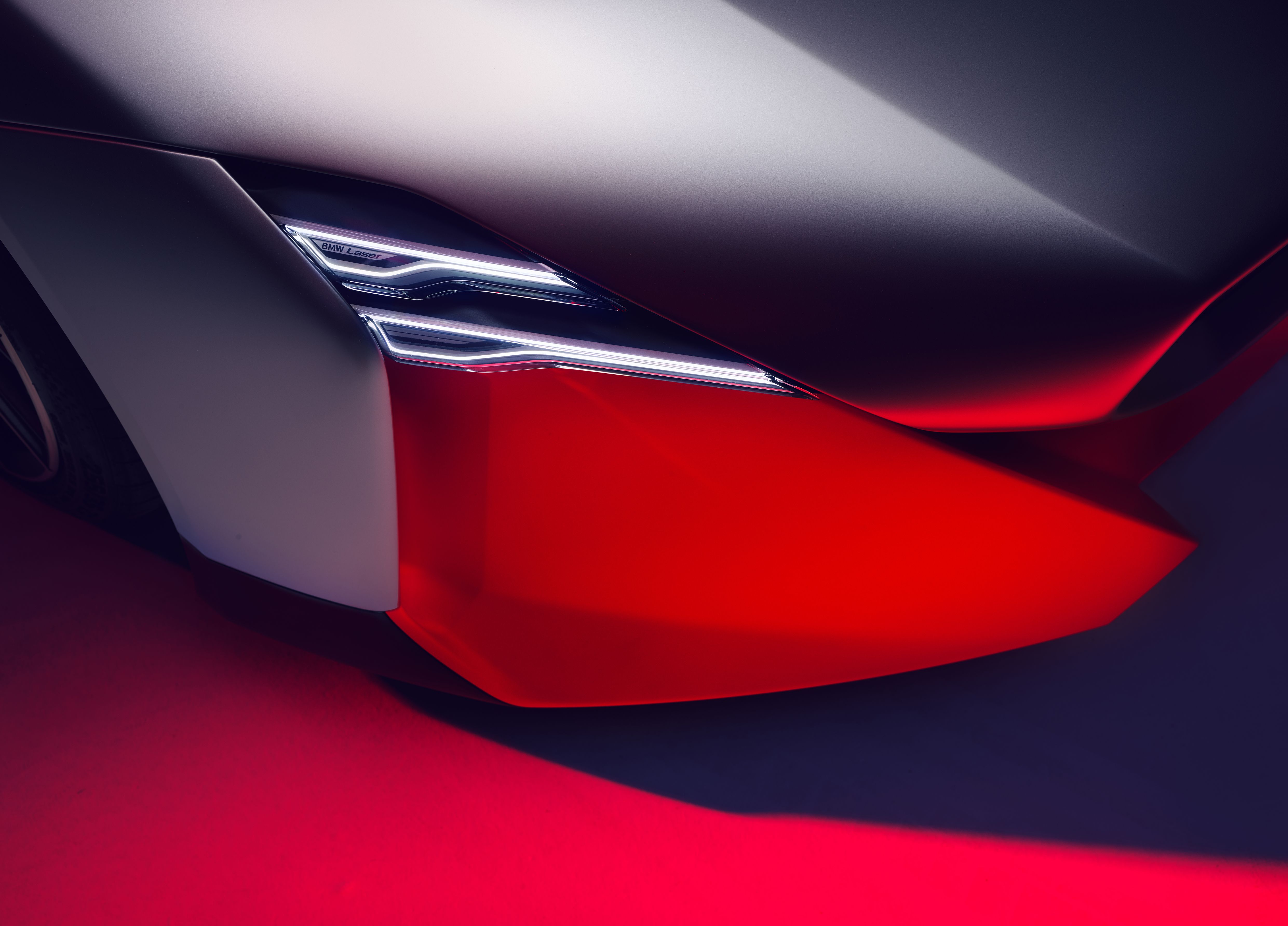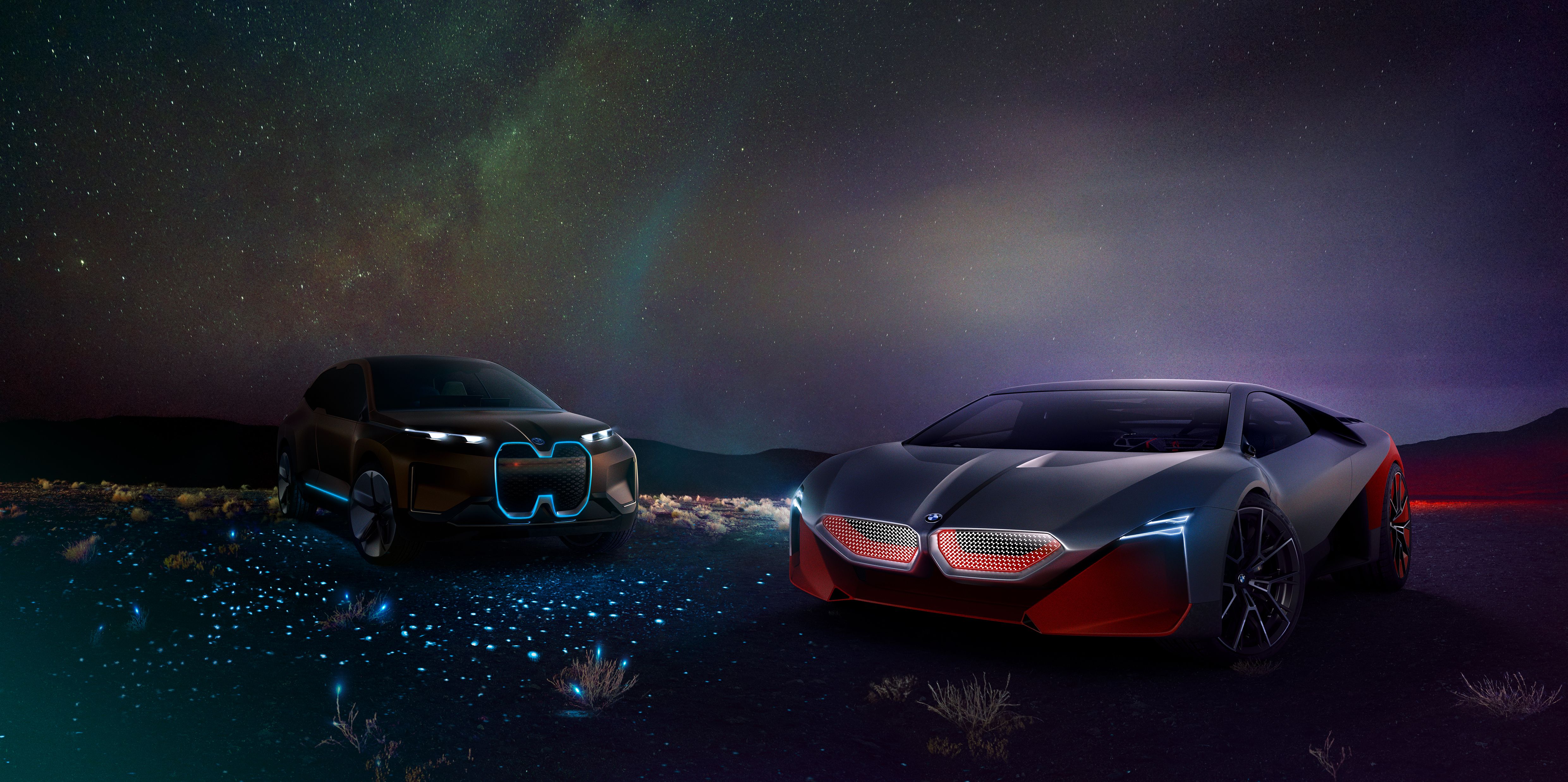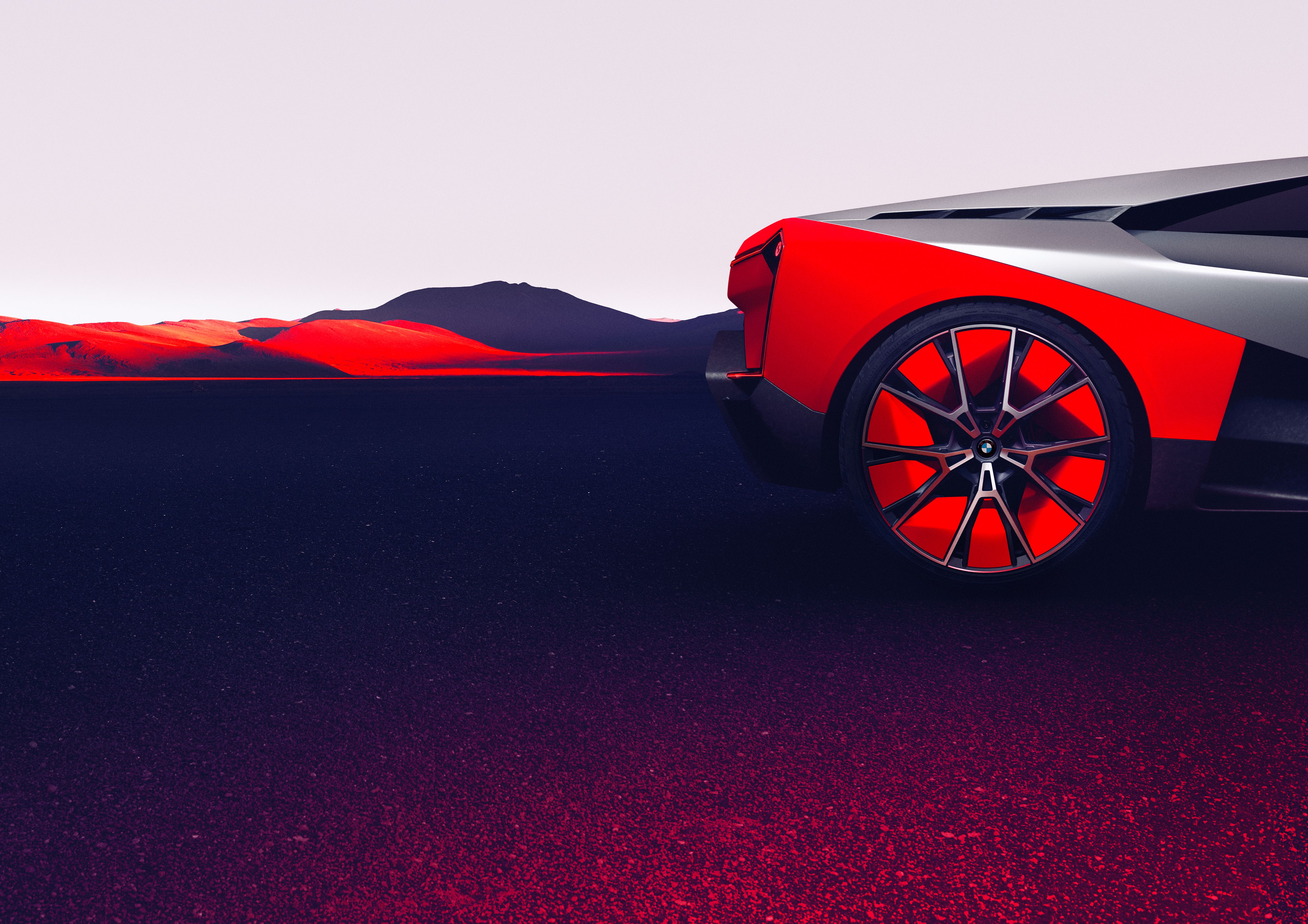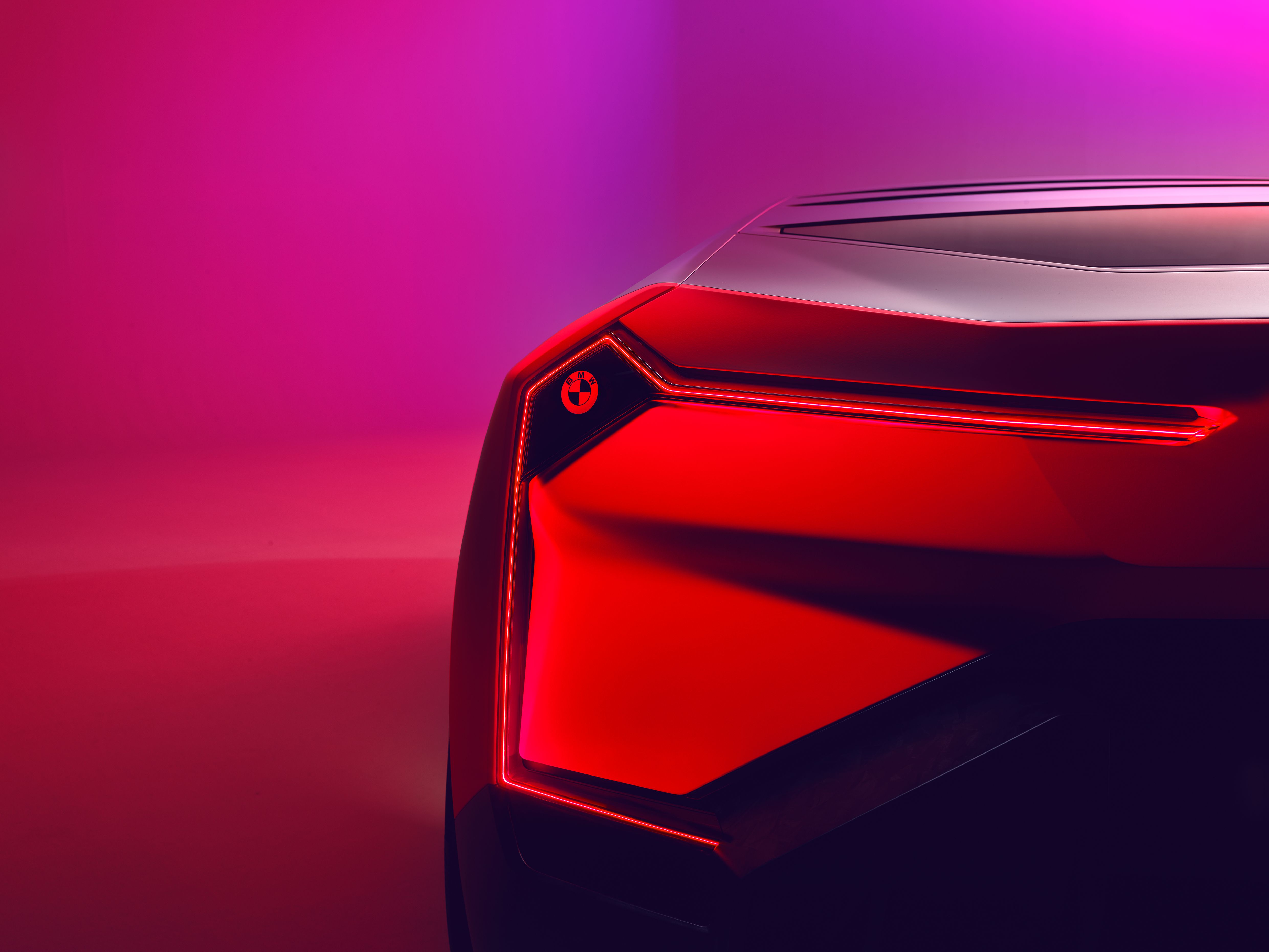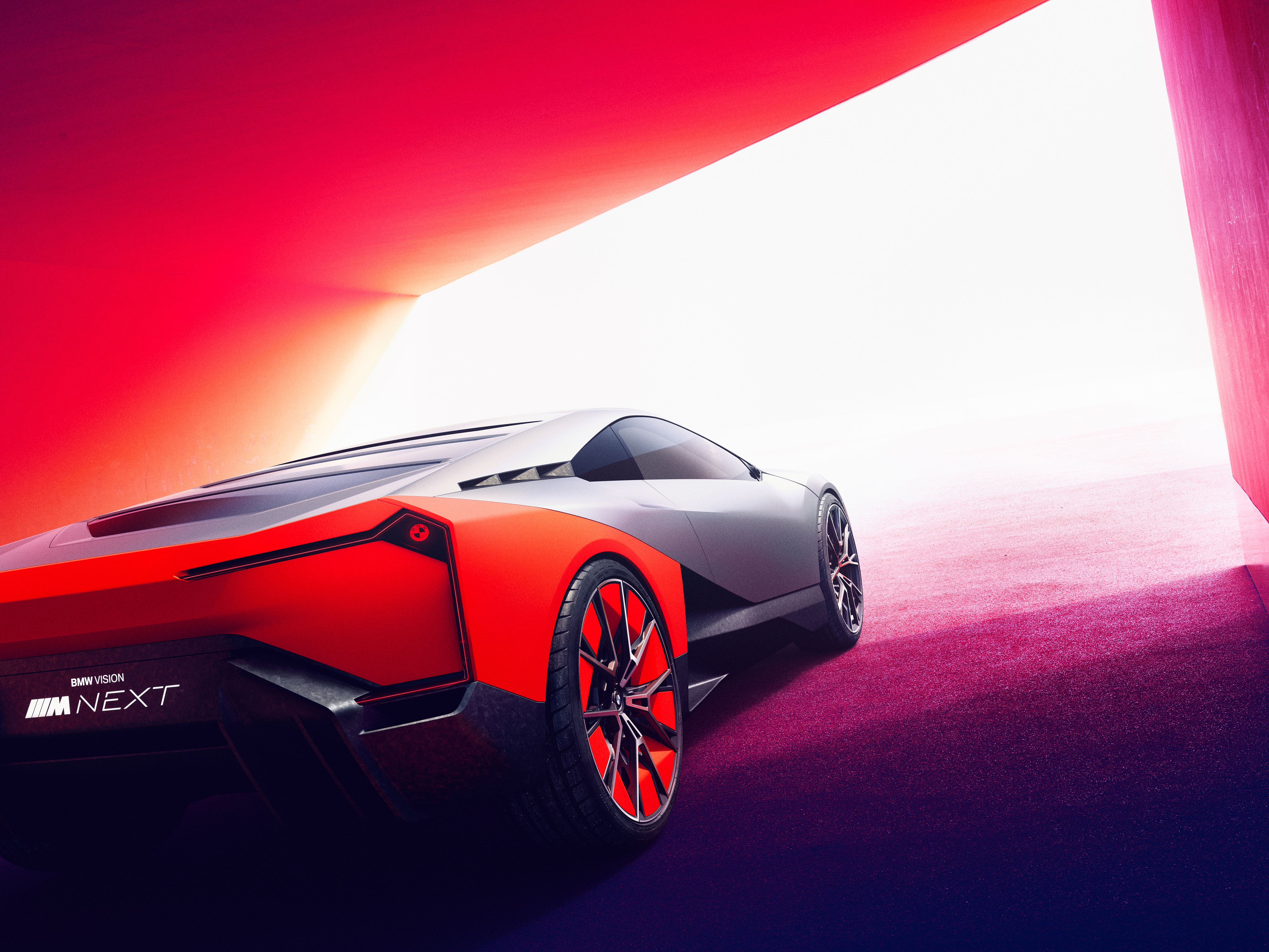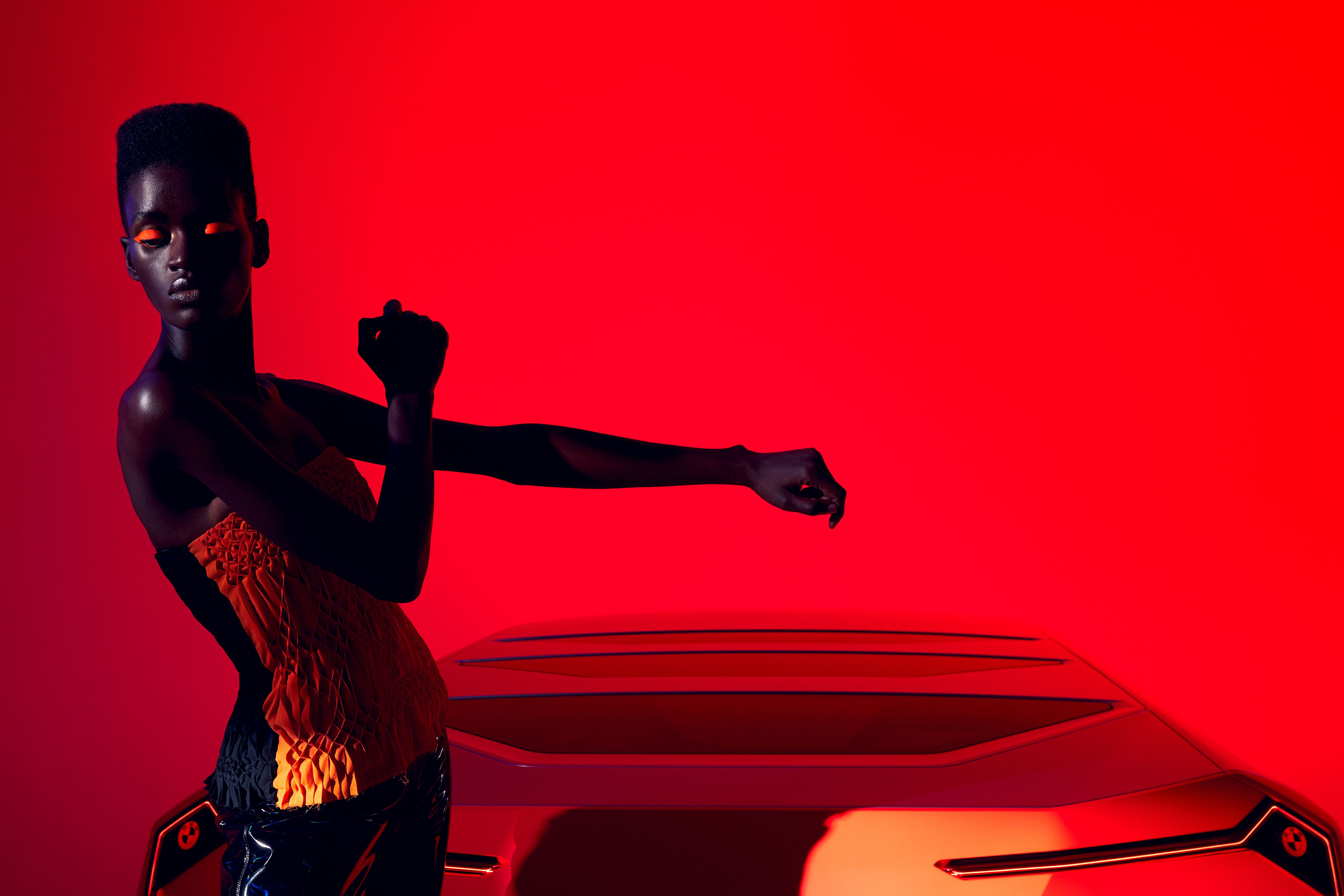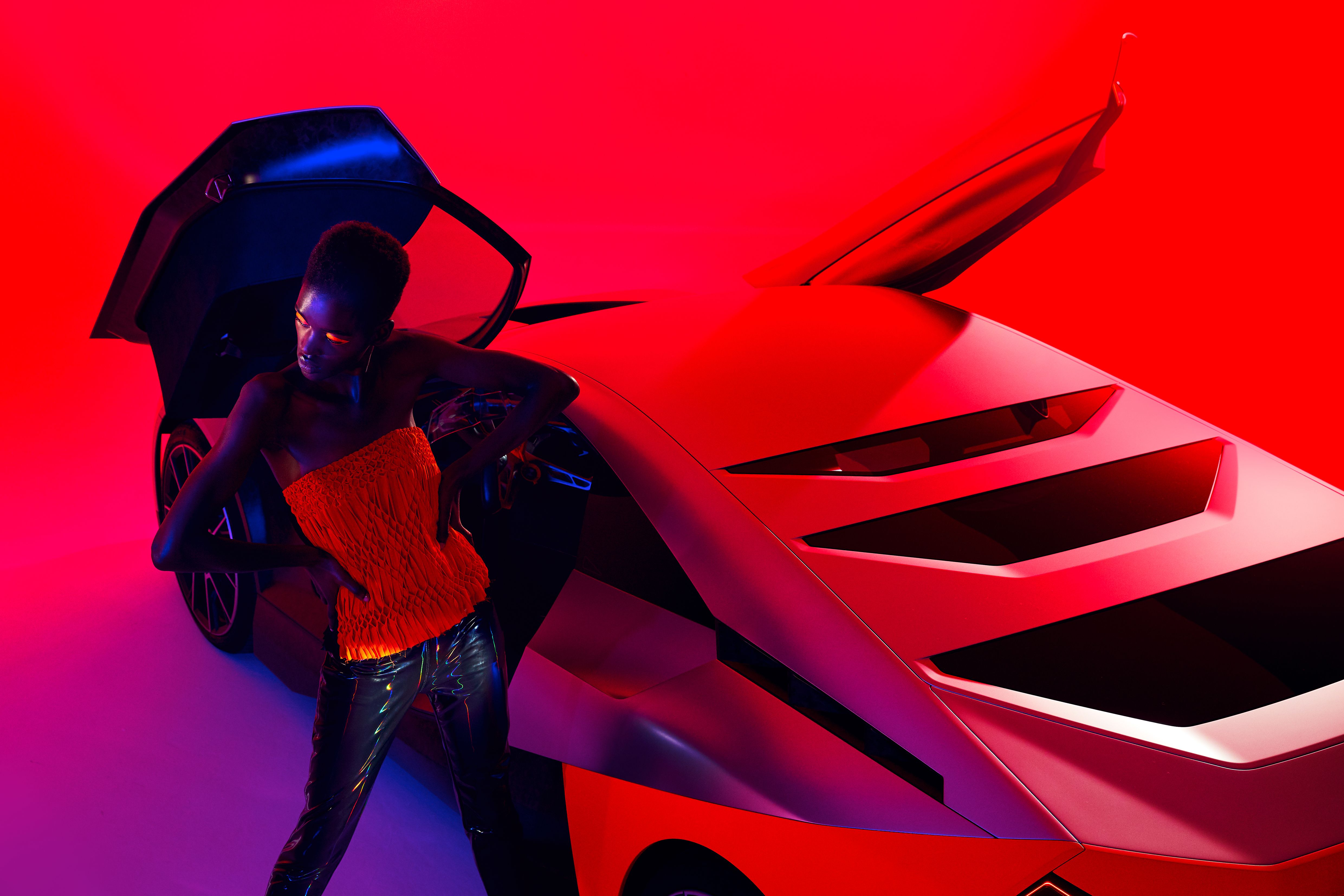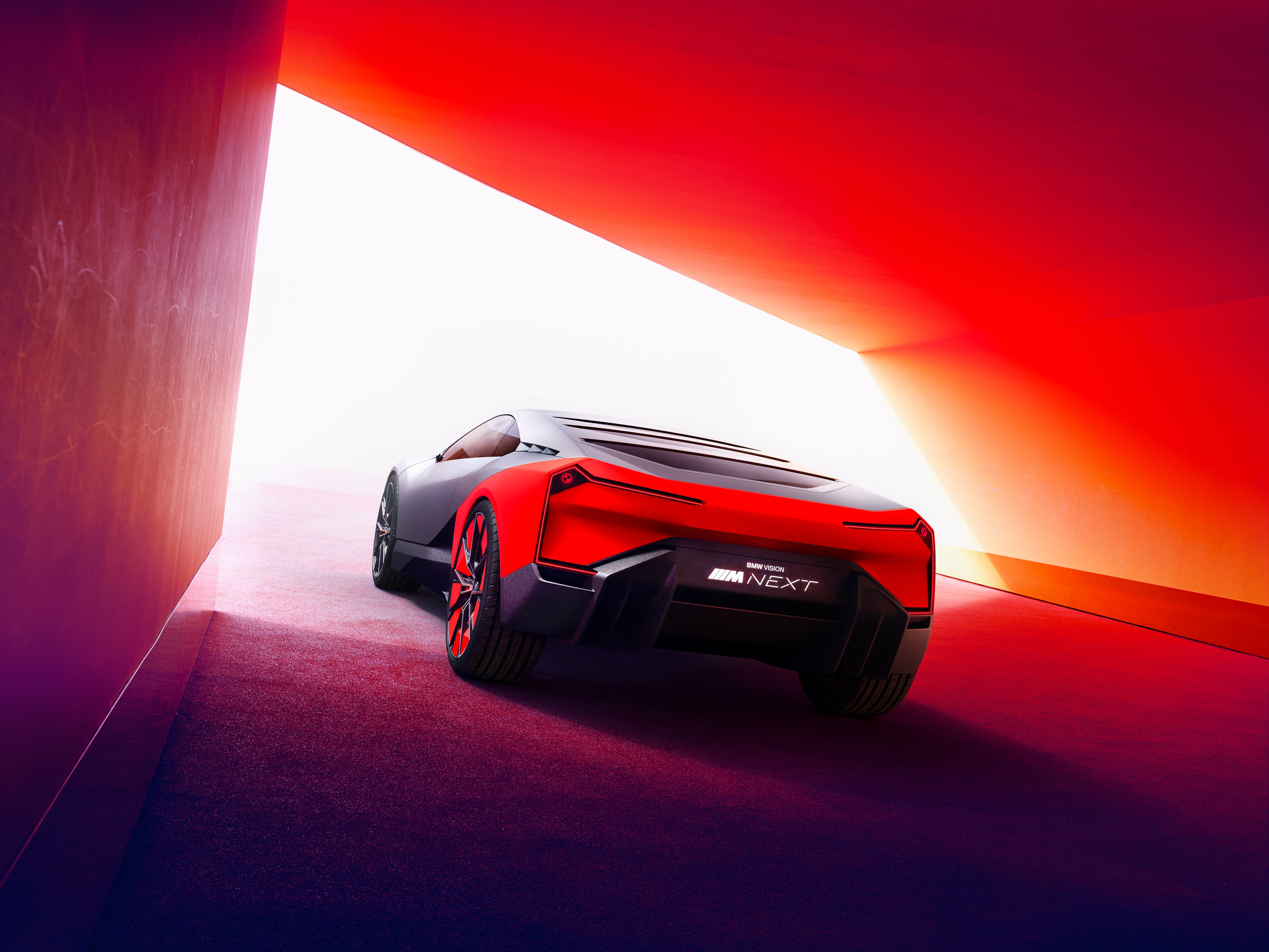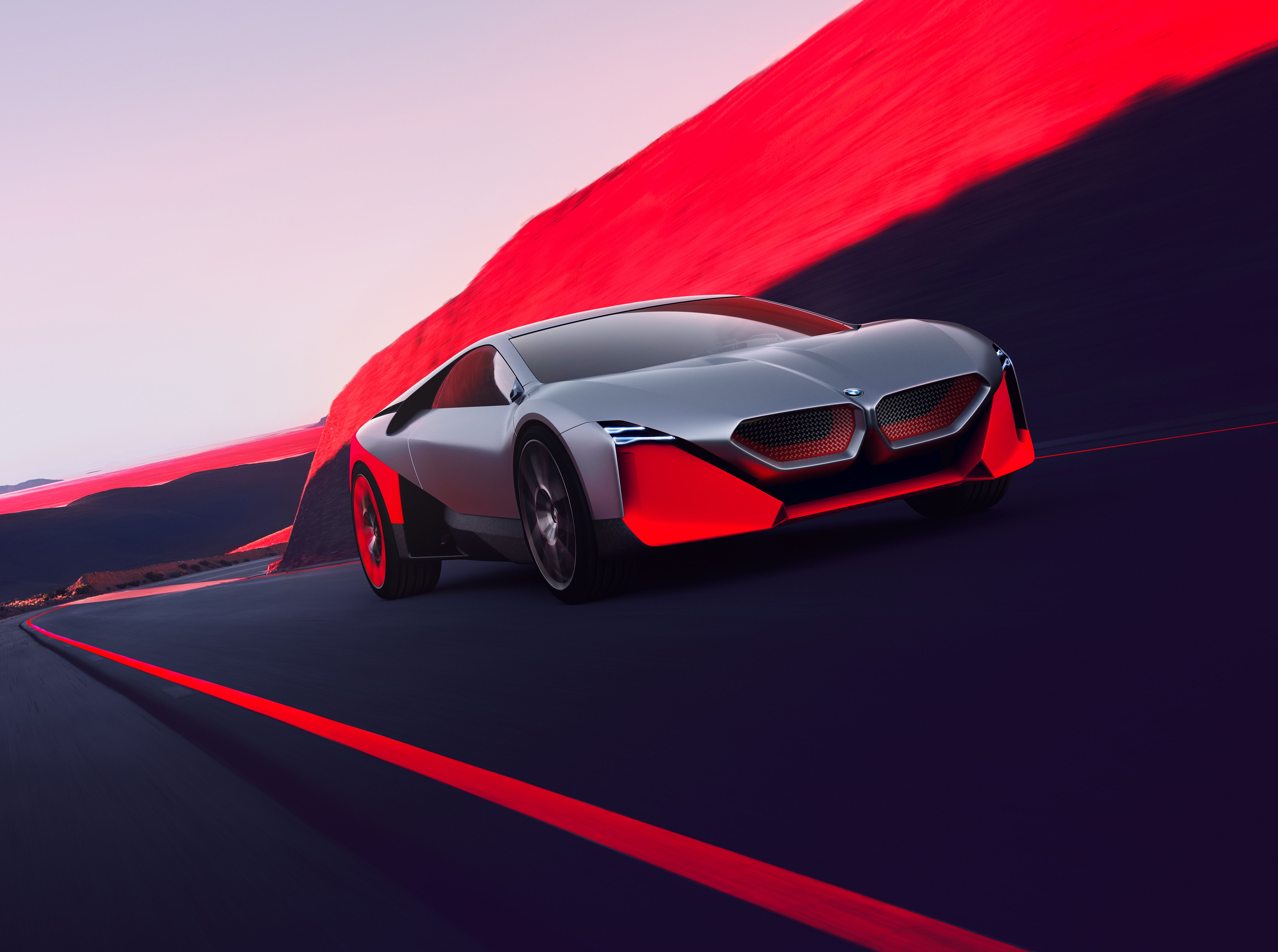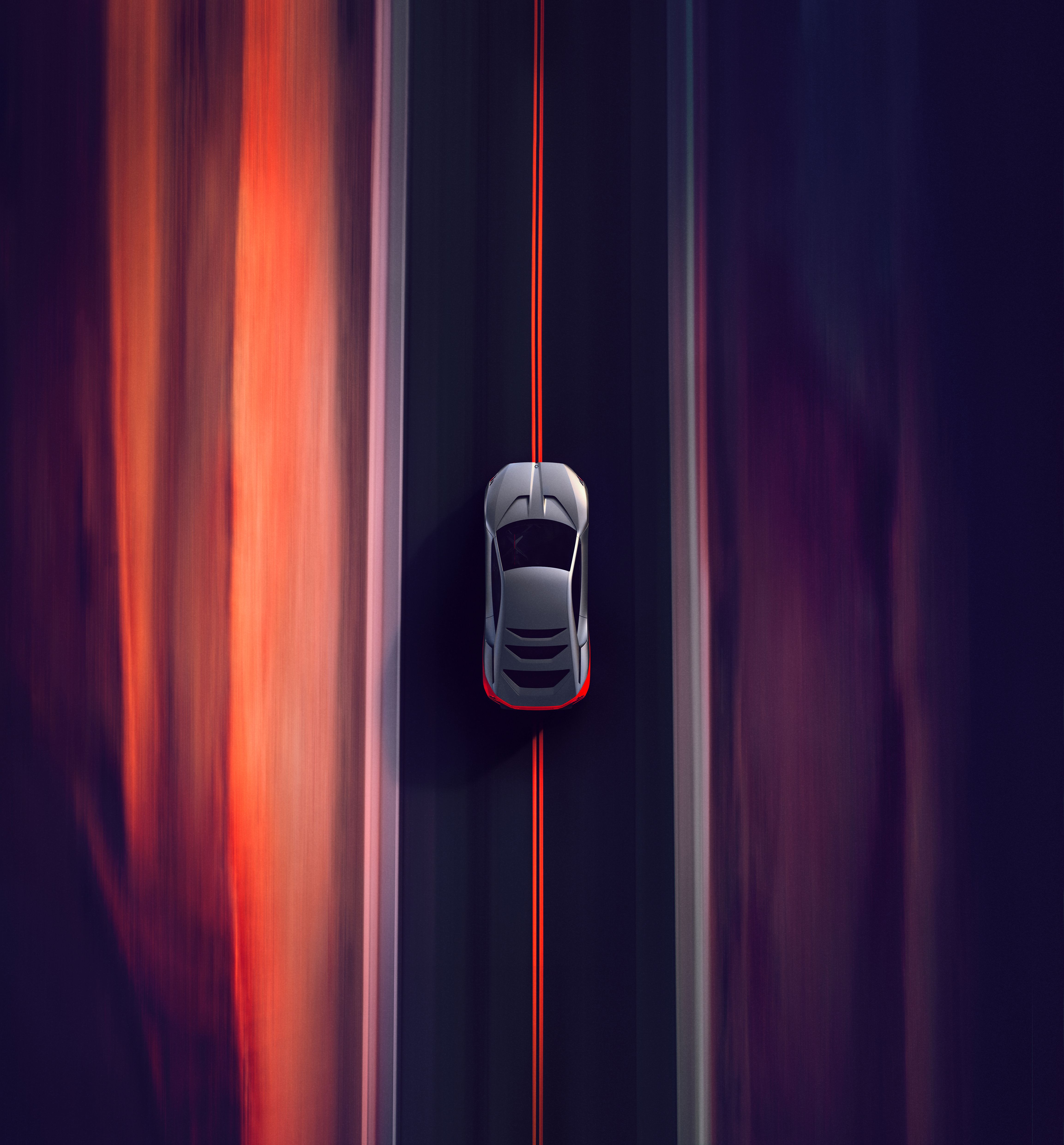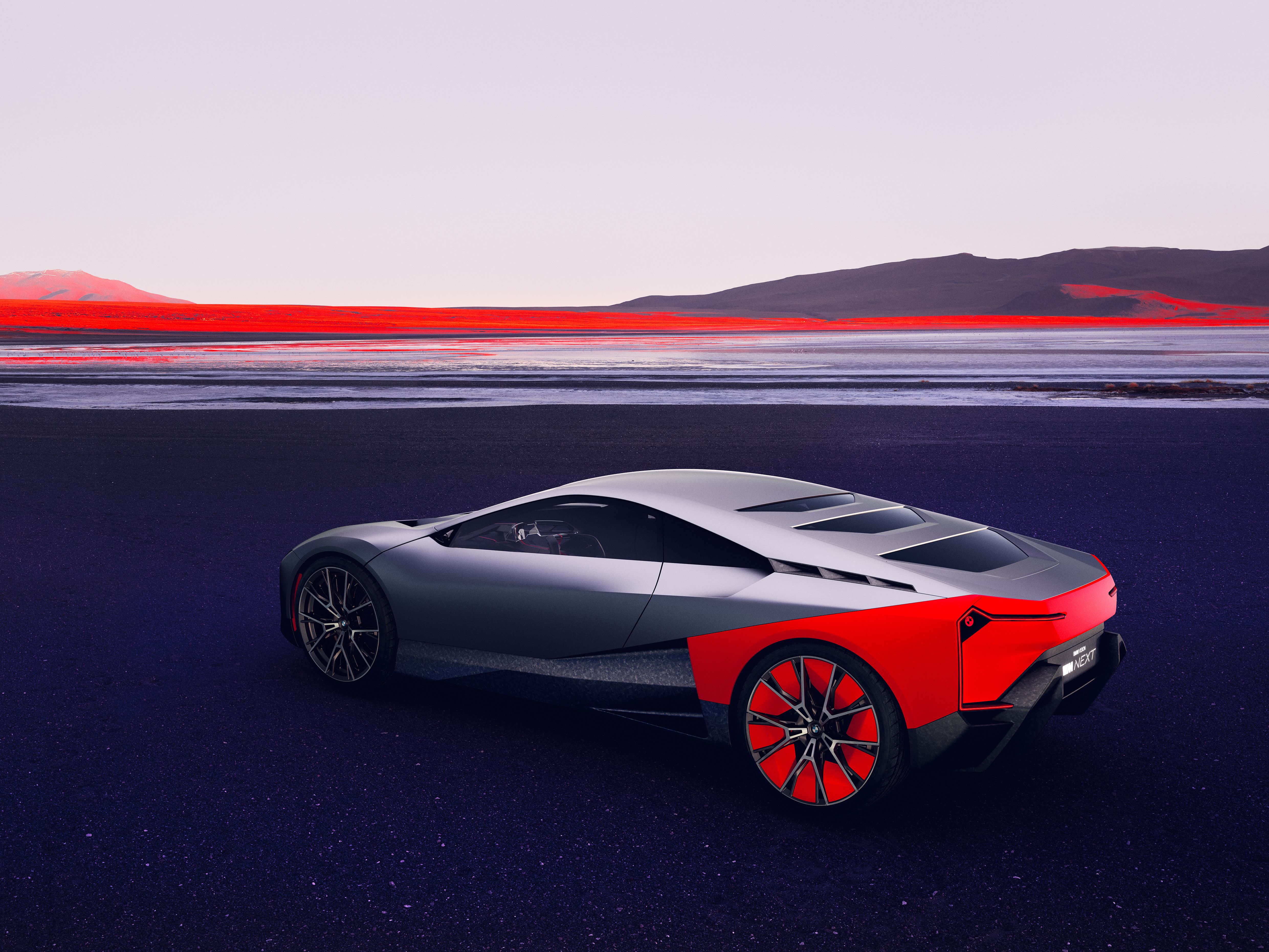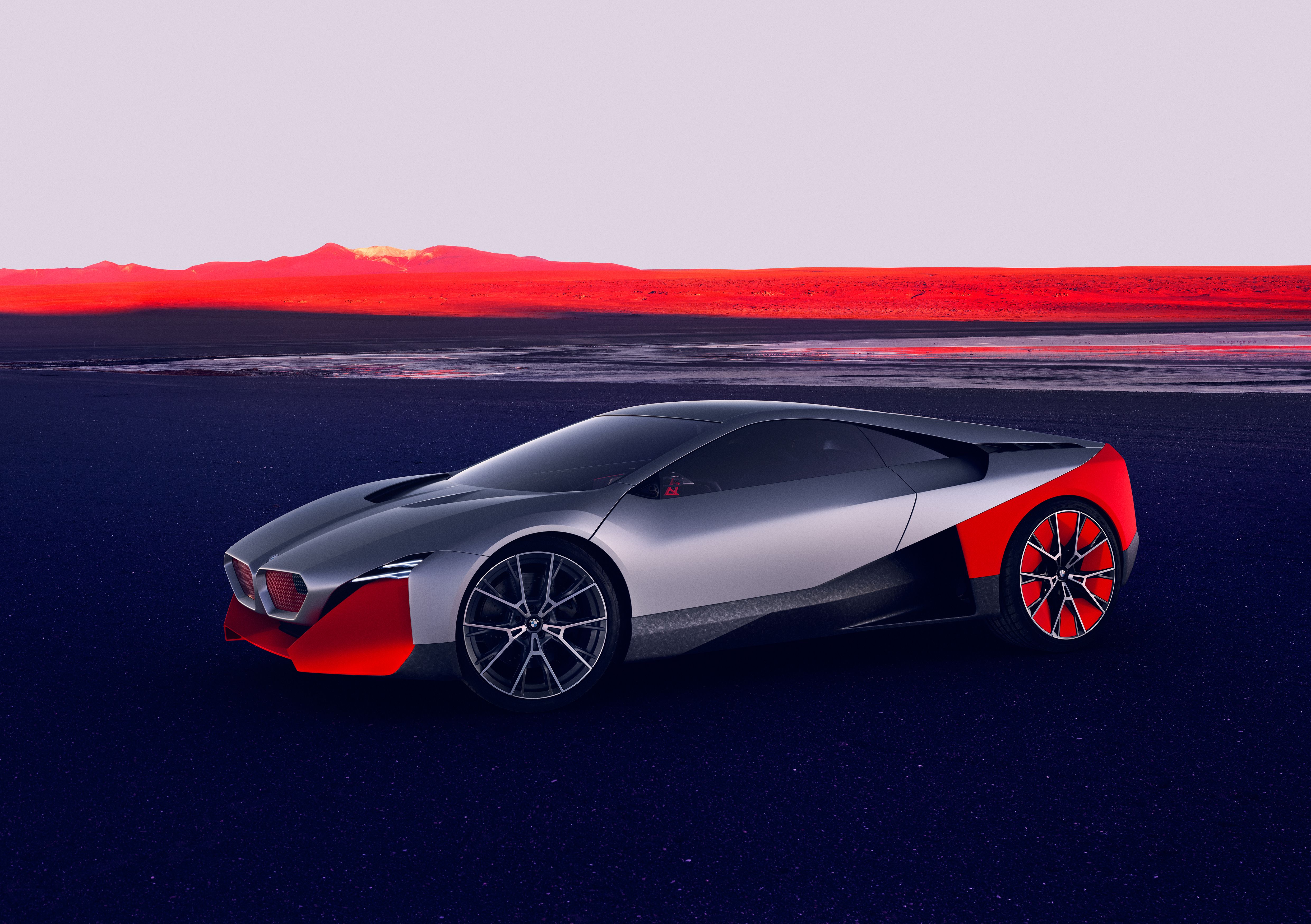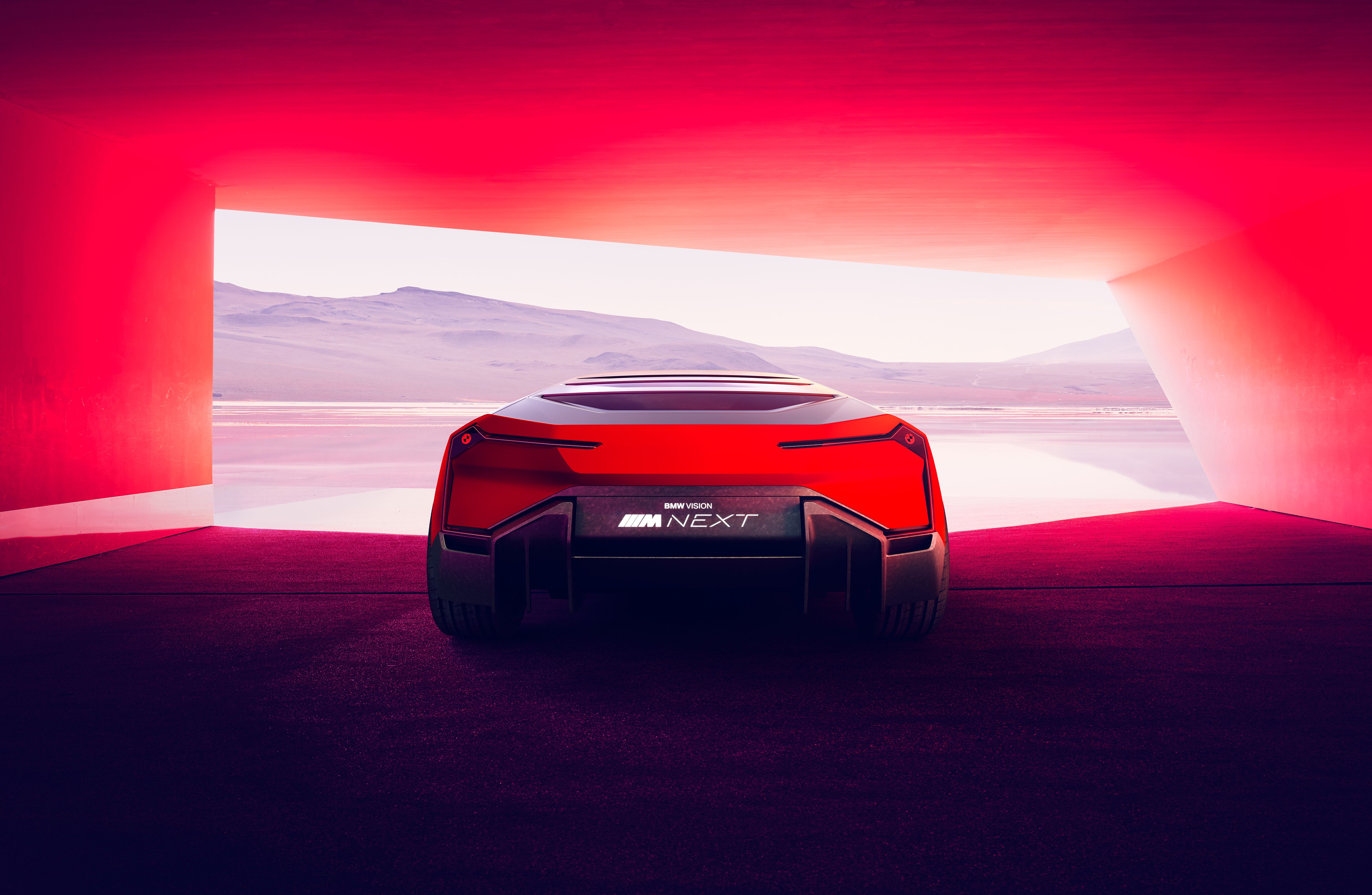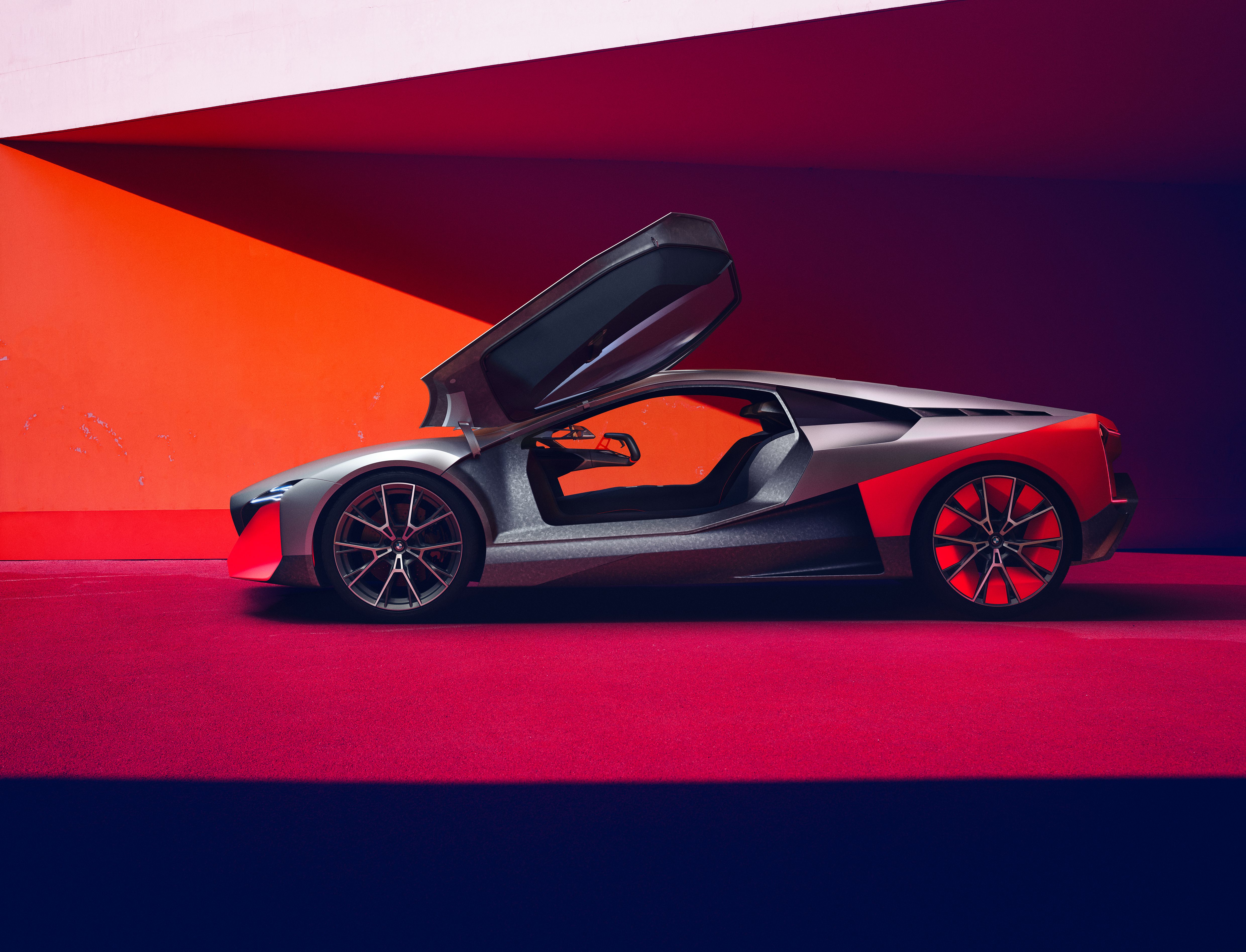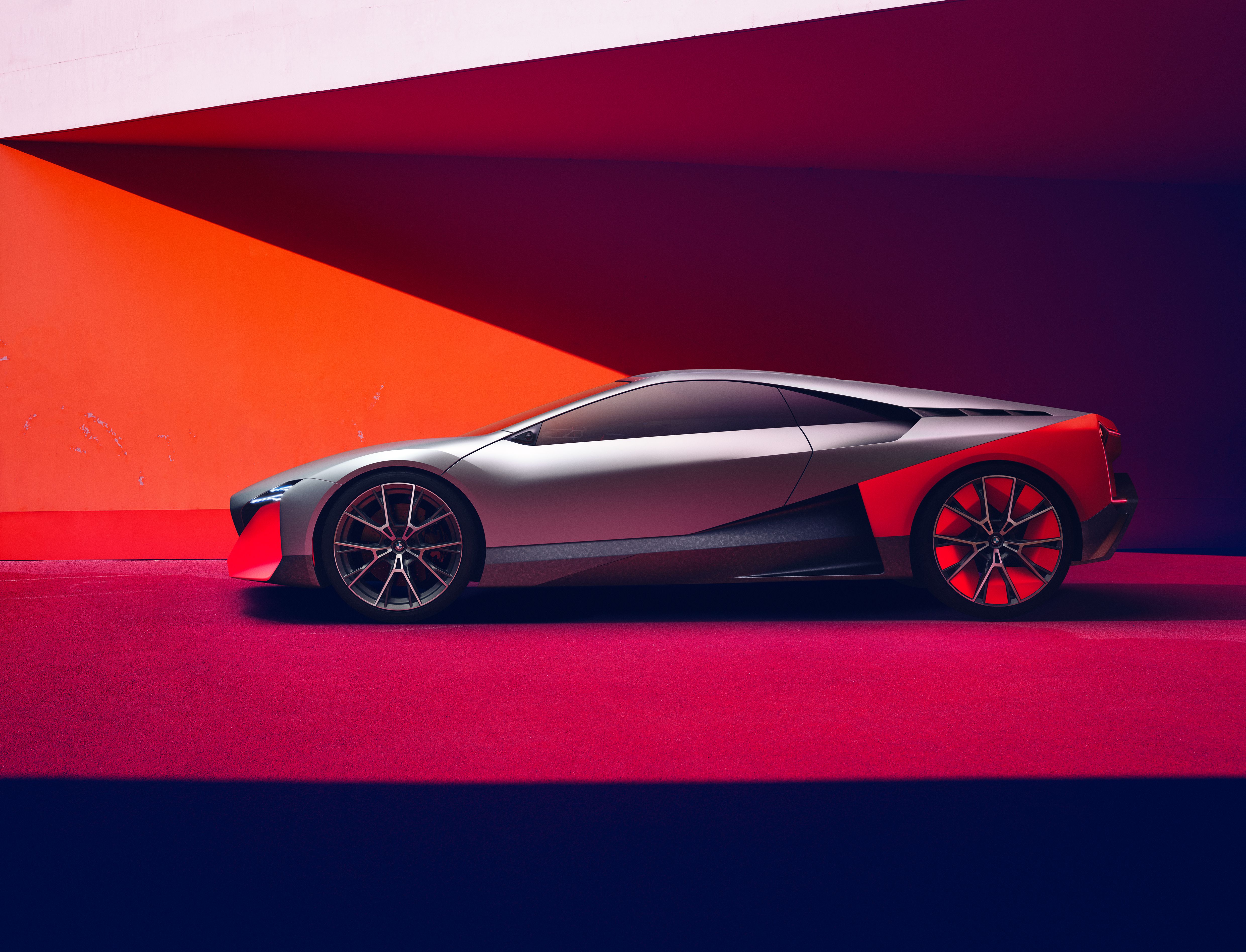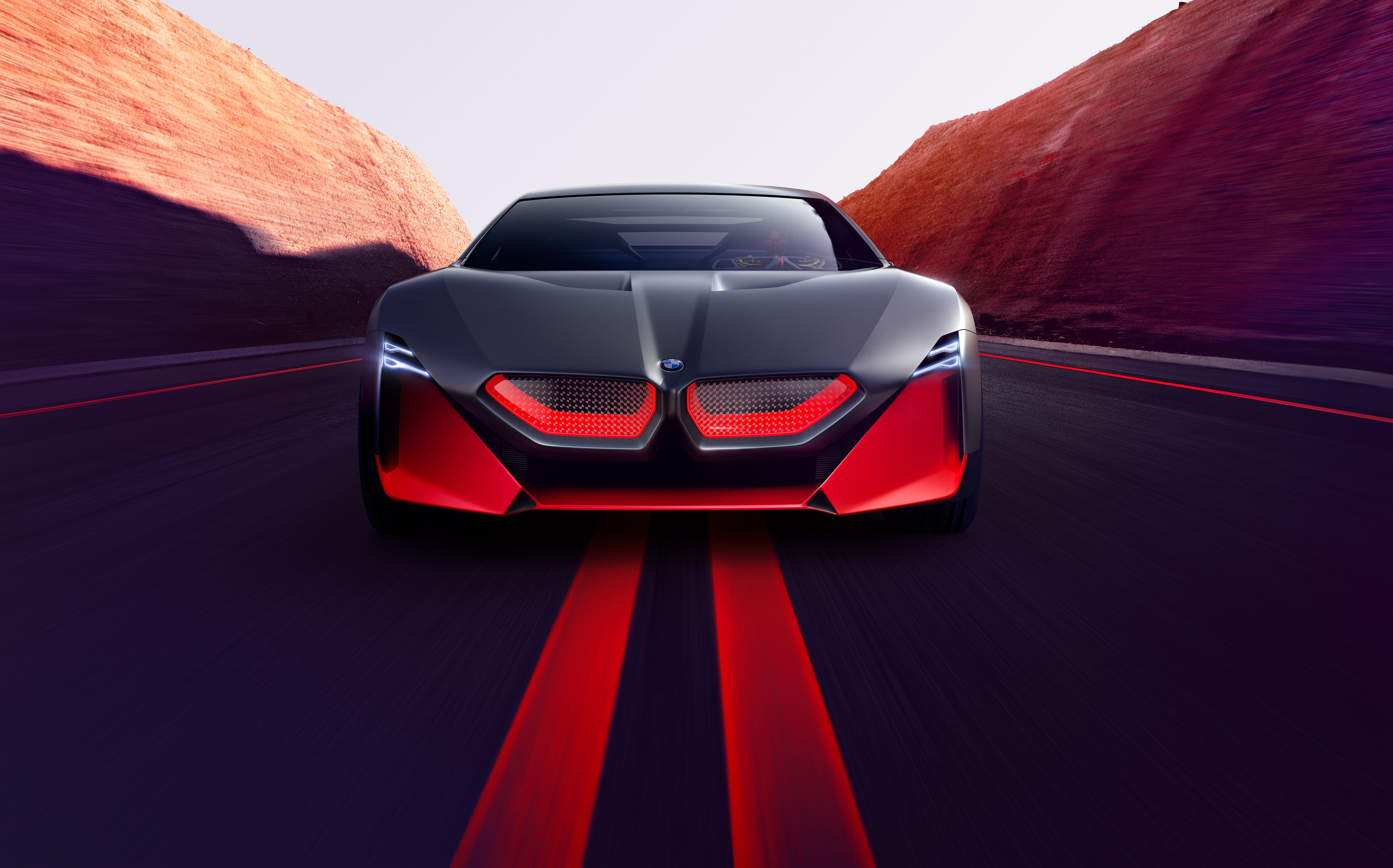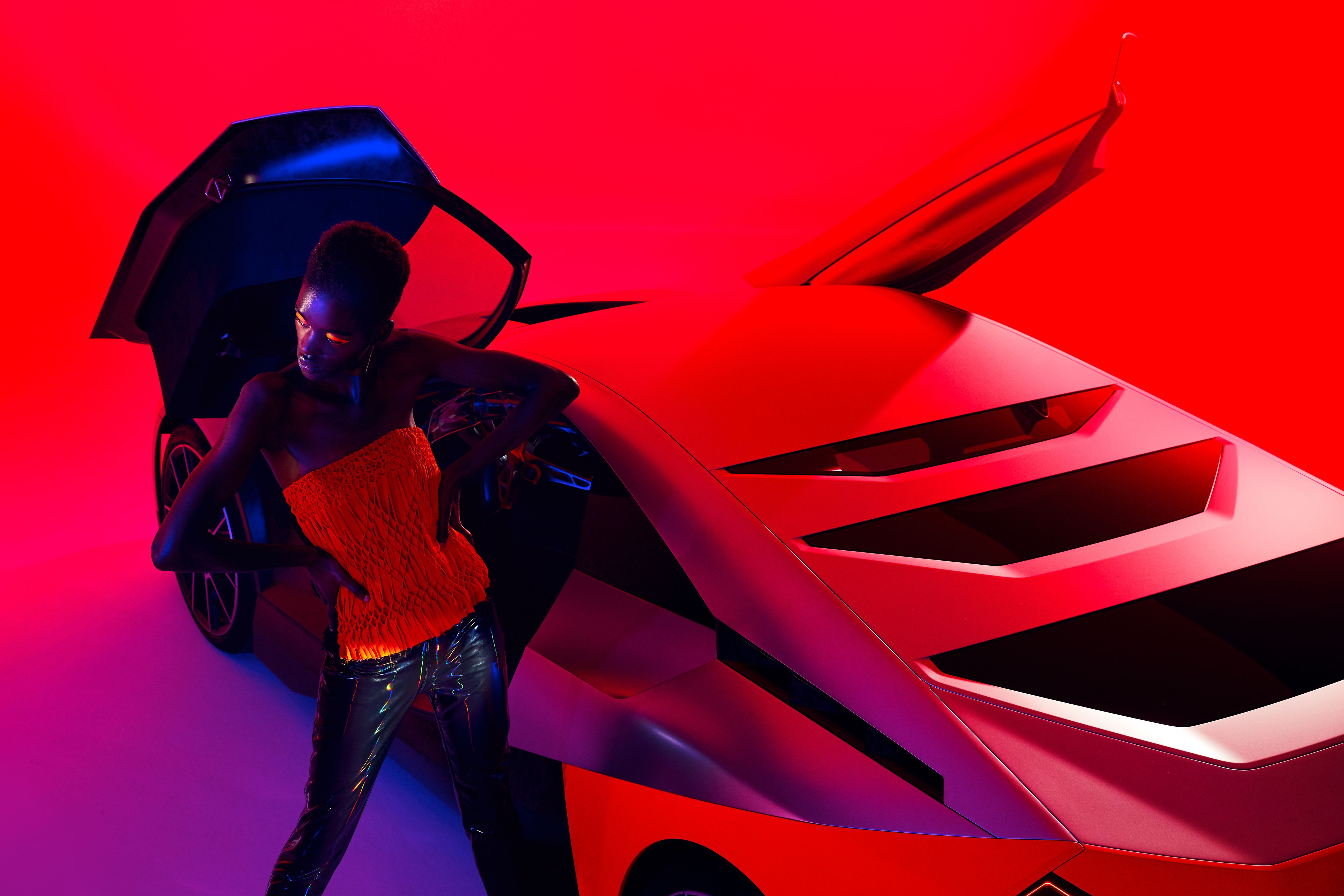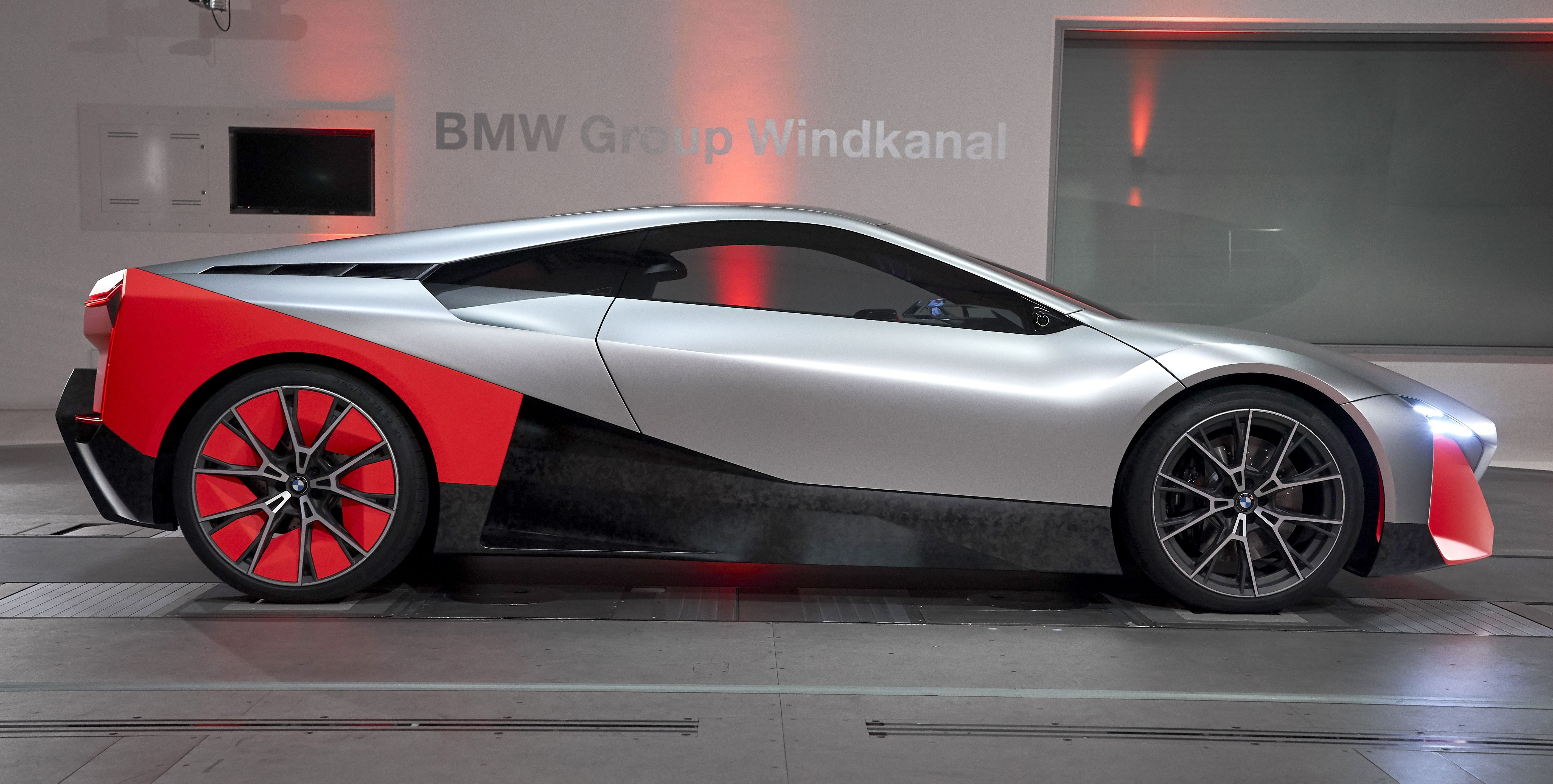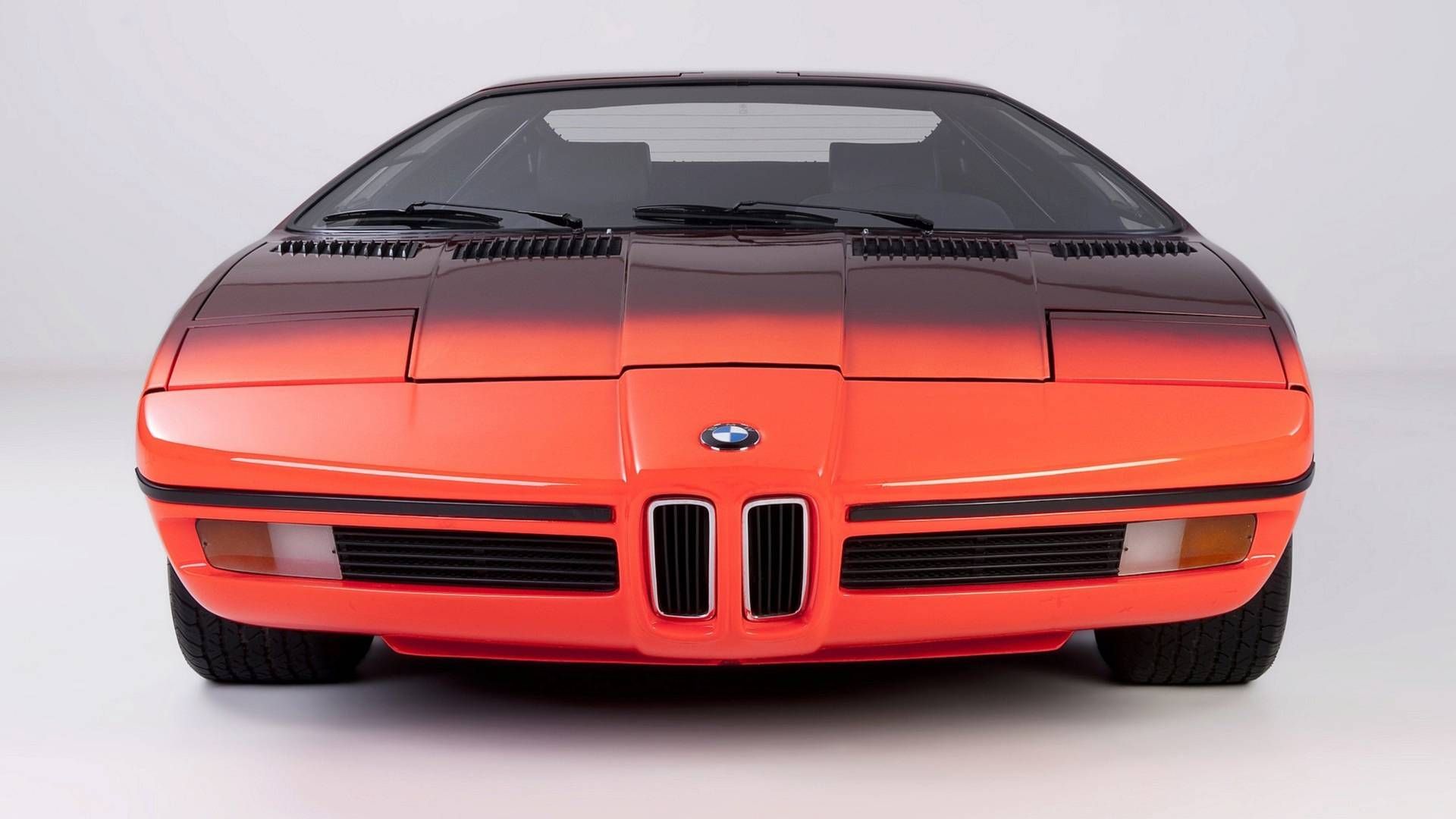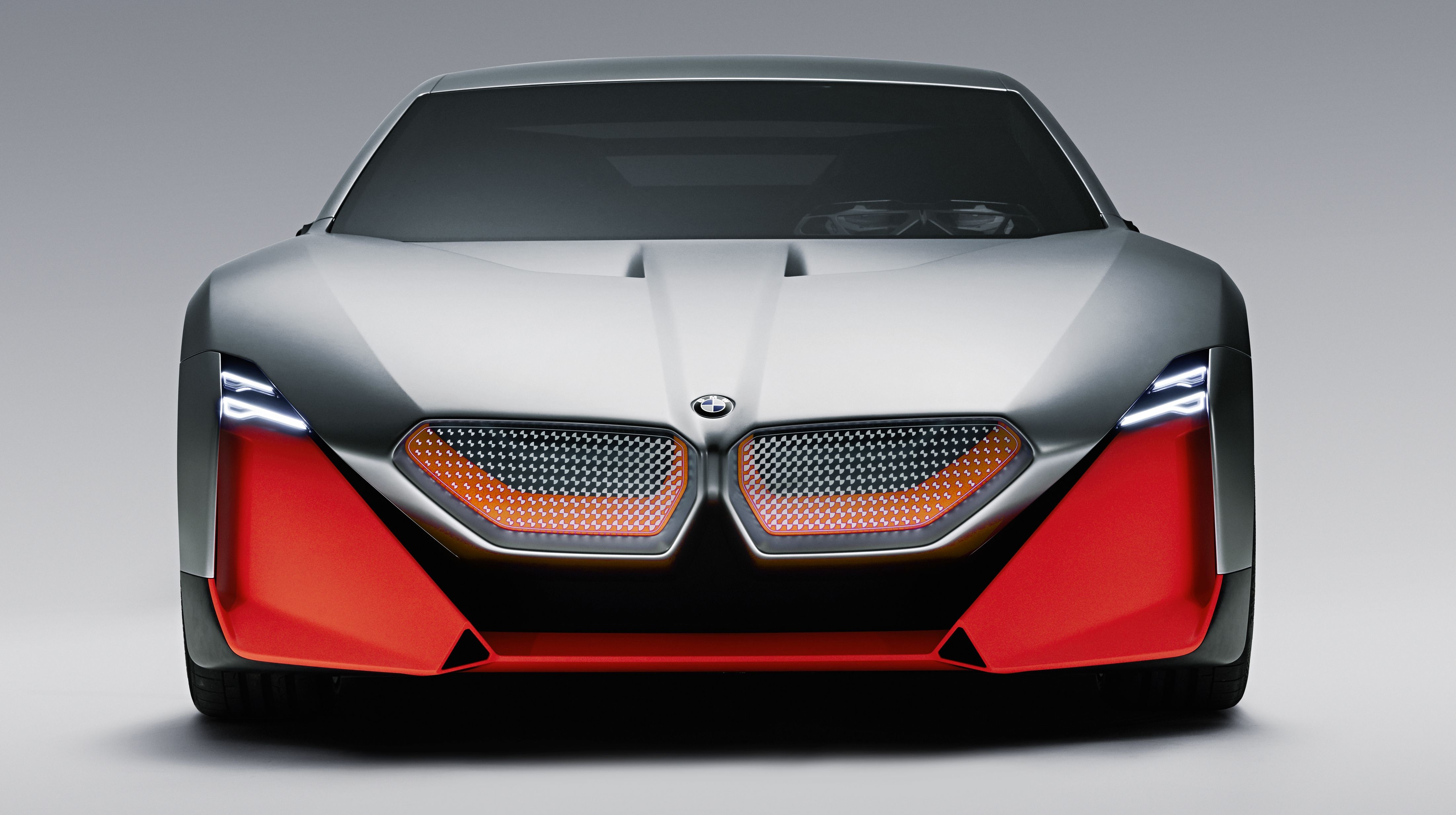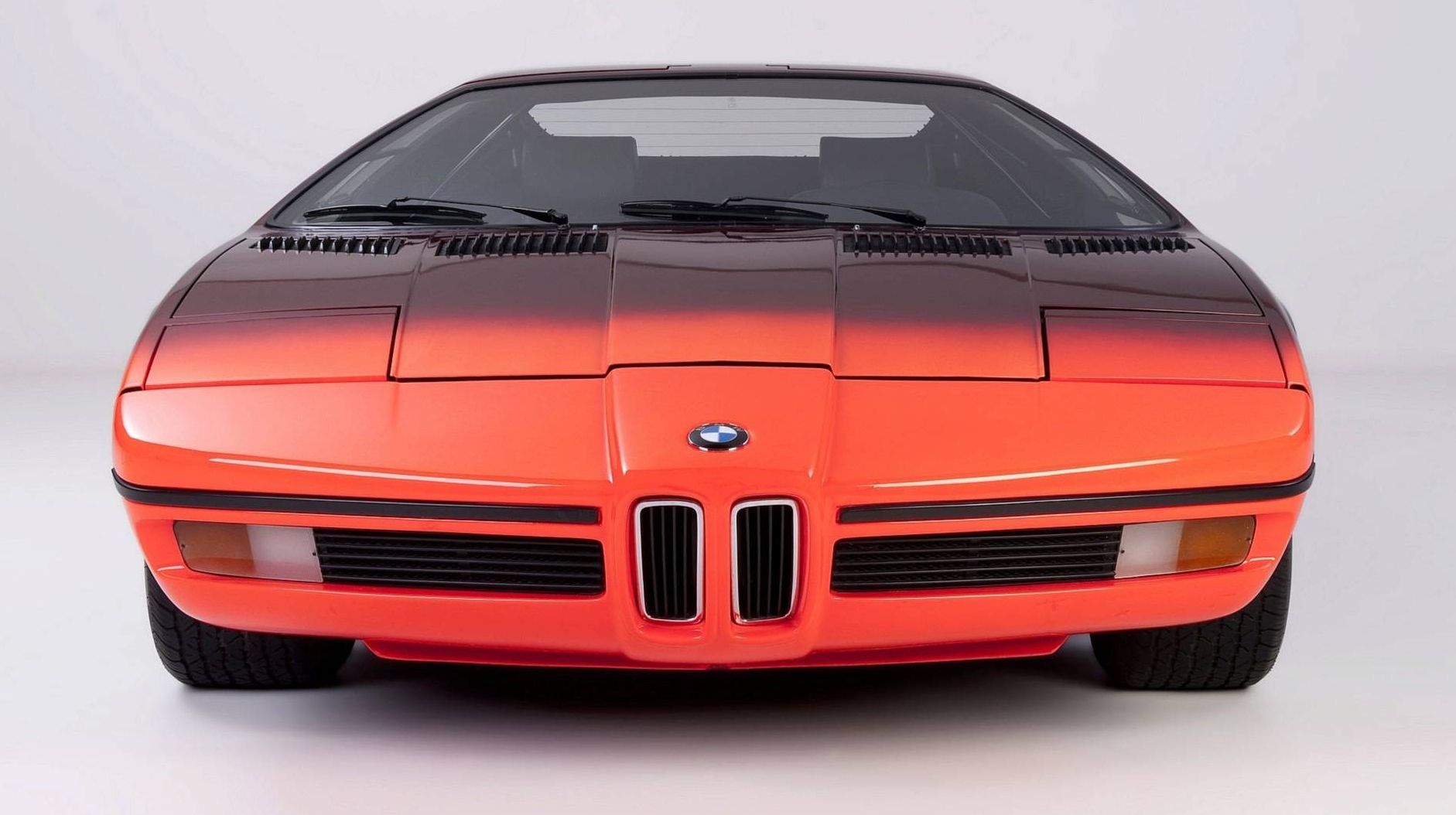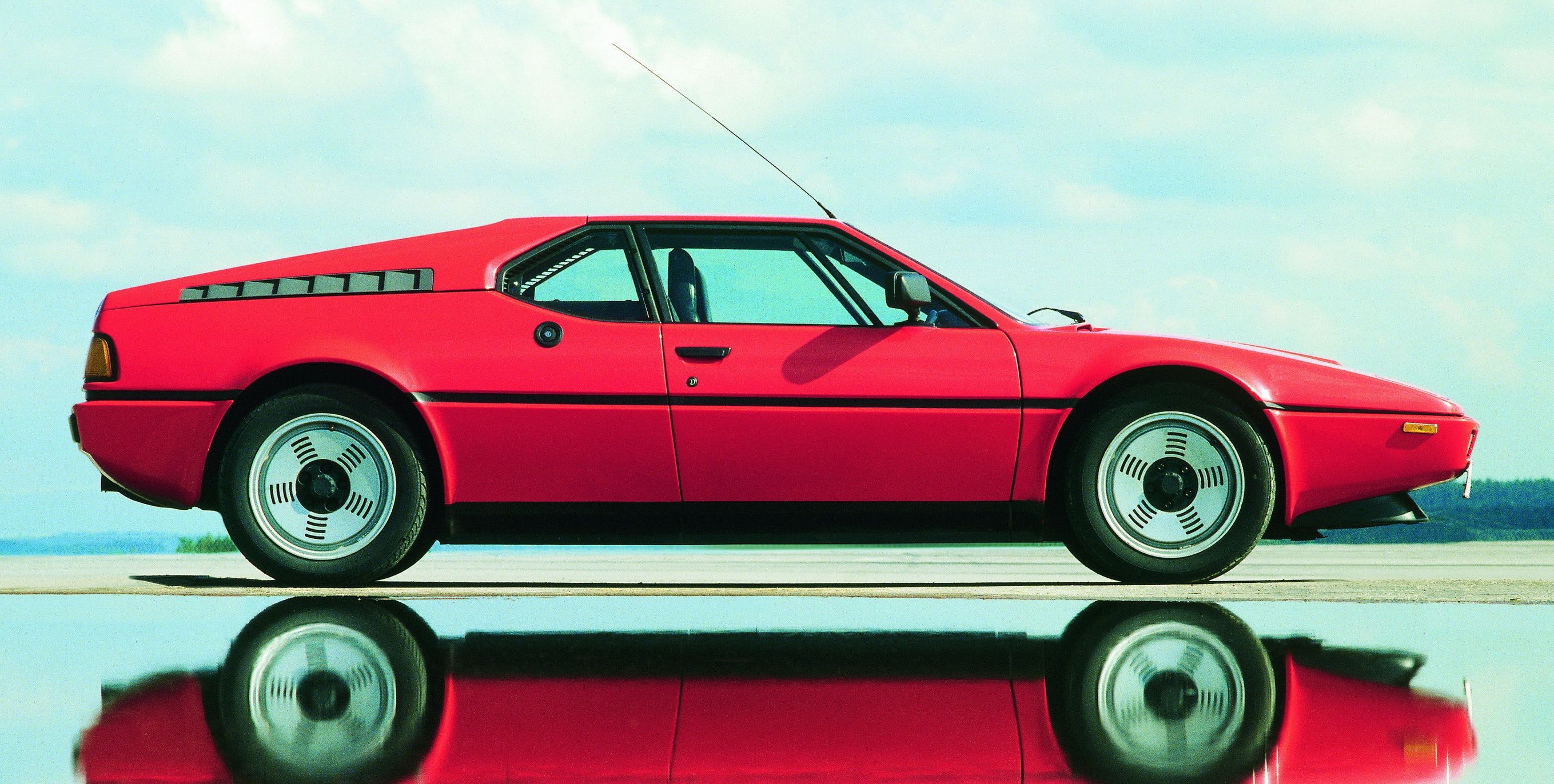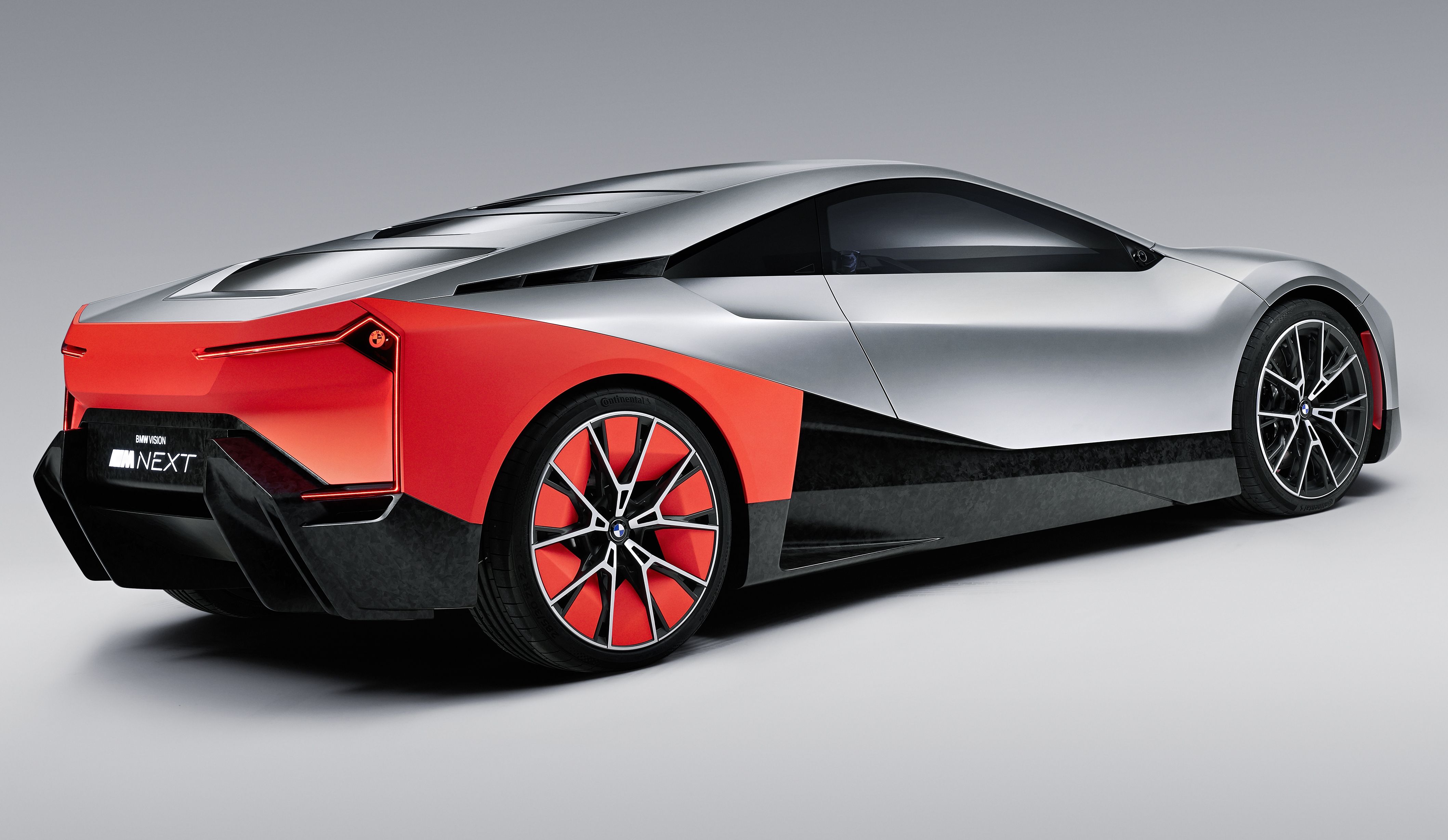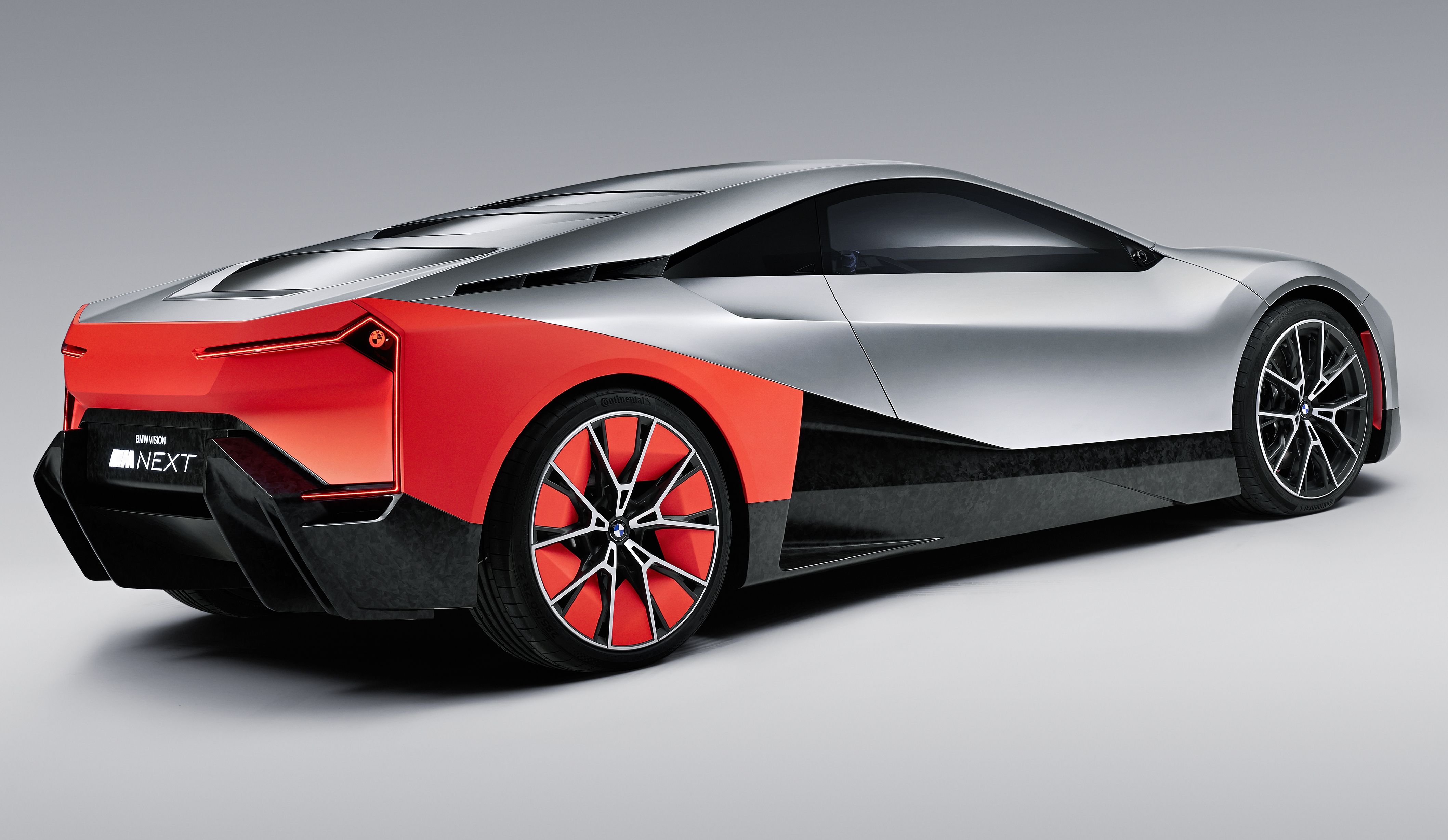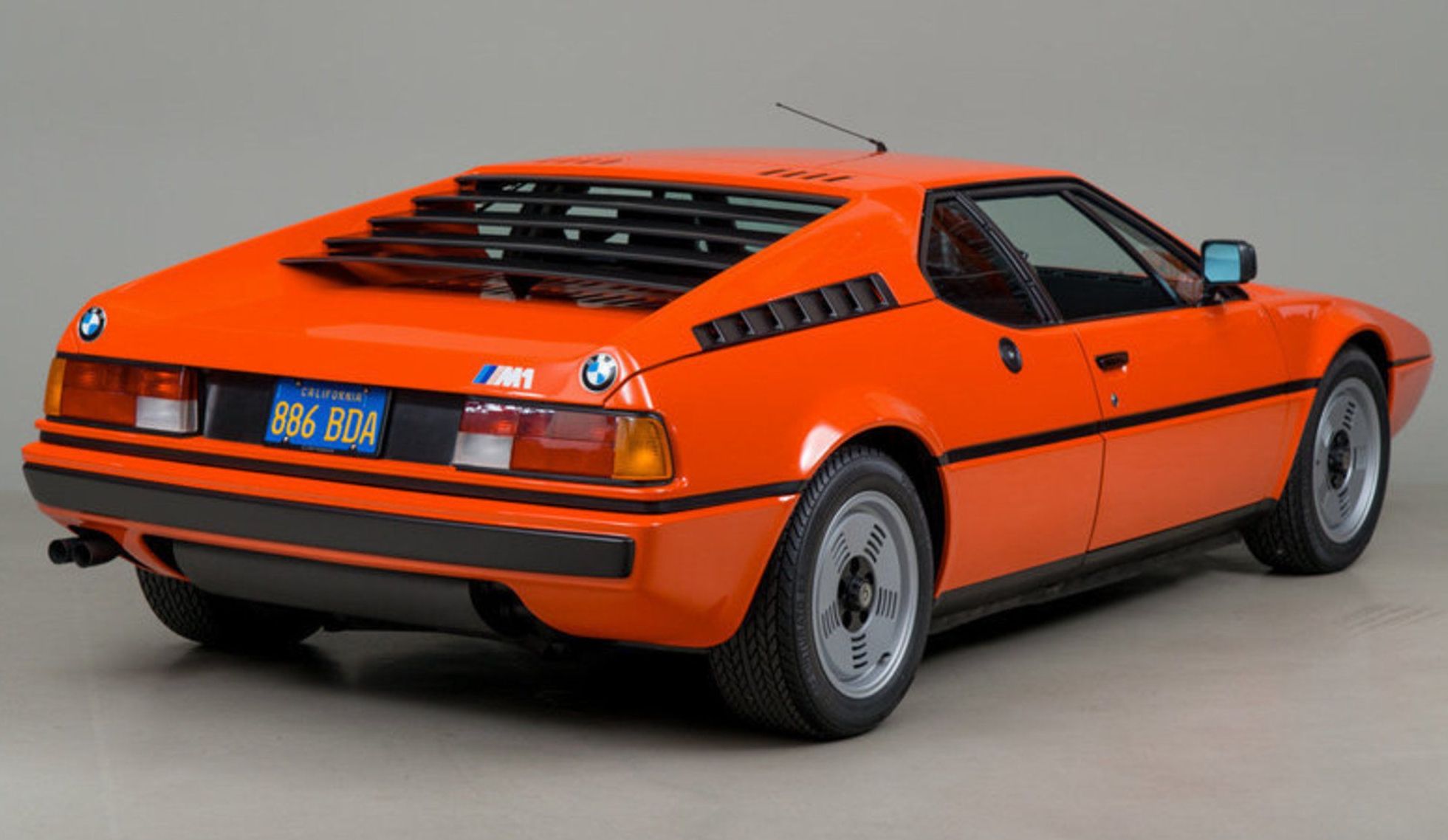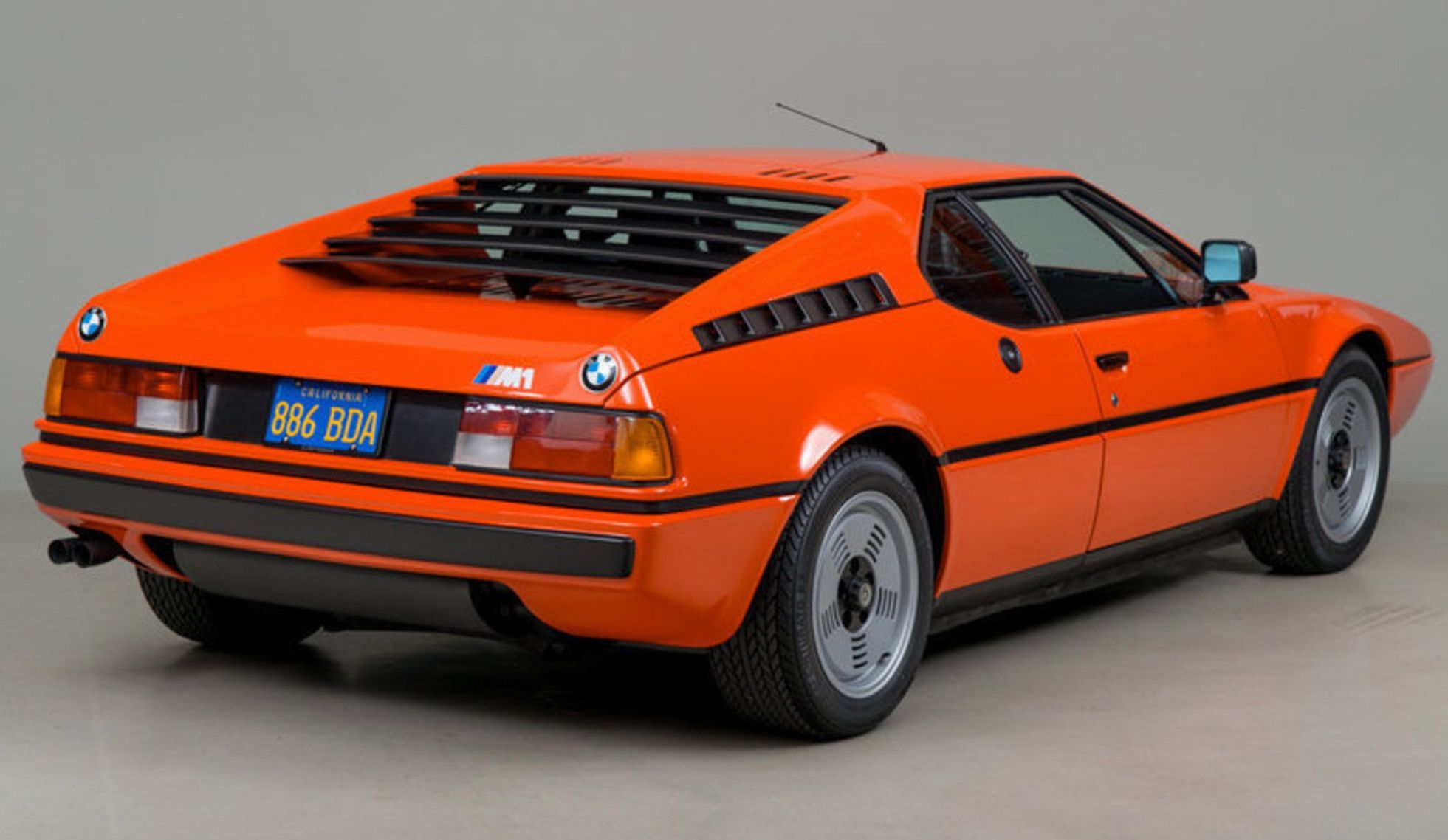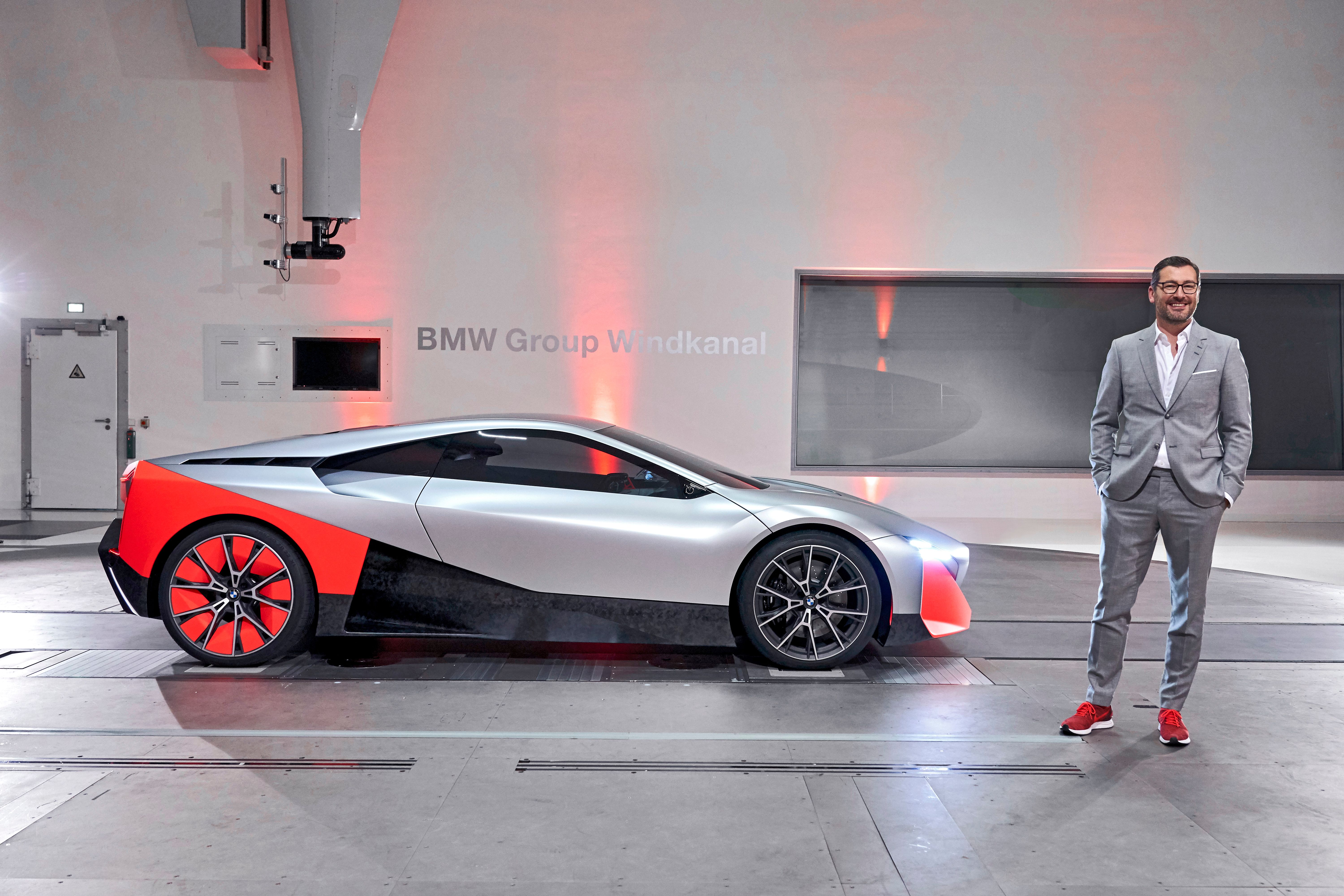The 2019 BMW Vision M Next is a concept car that shows the company's take on how "driving pleasure might look in the future." It also previews the future of BMW's M-badged models and also gives us a glimpse at the company's upcoming hybrid drivetrain.
Inspired by the BMW Turbo concept from the 1970s, the Vision M Next has a surprising amount of wedge-inspired design cues. It also borrows features from the iconic M1. BMW also claims it used the i8 as an inspiration, but it's like the German firm went back to the 1970s to design this concept car. And that's precisely what makes it cool. On top of its 600-horsepower drivetrain, that is! Find out more about that in the review below.
2019 BMW Vision M Next Concept
- Make: Array
- Model: 2019 BMW Vision M Next Concept
- Horsepower: 591
- [do not use] Vehicle Model: Array
Exterior
The Vision M Next concept is a pleasant surprise design-wise, in the sense that it's a big departure from BMW show cars we've seen in recent years. Its low-slung, wedge-shaped silhouette reminds me of angular Italian concept cars from the 1970s (think Lancia Stratos Zero, Maserati Boomerang, and Alfa Romeo Carabo), as well as the iconic BMW M1.
|
|
ids=847300,847301 |
no_overlay=false |
before_label=BMW Vision M Next Concept |
after_label=BMW Turbo Concept> |
Granted, the front fascia isn't as flat as wedge-shaped concepts from the 1970s, but that's because BMW had to accommodate some of its modern styling cues, including a massive kidney grille. But this element is placed unusually low in the fascia and it has a slightly different shape, with narrower lower frame. The grille is flanked by triangular headlamps, a first for BMW, which feature thin LED strips. The triangular theme continues below with massive panels on each side of the central vent. Unlike modern production cars, this concept doesn't have side vents. The only intake is in the center, right below the grille, and it's really big.
The front hood is heavily sculpted and features a V-shaped enter section that reminds me of the BMW 507 from the late 1950s. This raised center section is also reminiscent of the BMW Turbo, a concept from 1972. BMW quotes the Turbo as an inspiration for the M Next, alongside the i8. The Turbo's design also inspired production models like the M1, the first-generation 8 Series, and the Z1.
|
|
ids=847304,847306 |
no_overlay=false |
before_label=BMW Vision M Next Concept |
after_label=BMW M1> |
The simplicity of the M Next concept continues onto the sides. Here we can also notice that the front overhang is extremely short, while the front hood is as short as on mid-engined cars. The A-pillars connect to the top of the front wheel arches, yet another feature that reminds me of supercars from the 1970s and 1980s (or even the Lamborghini Diablo). The door panels are as simple as they get, while the side skirts are taller than usual. The big vent sculpted in the rear section of the side skirt also pays tribute to old designs from the 1970s.
As we move toward the back, we can see more influences from the Turbo concept and the M1. The C-pillars are thick and extend all the way back toward the deck lid, and they also feature small vents just above the waistline, just like the M1. The rear fenders are rather flat, but the diagonal character line that's marked by the two-tone paint scheme makes it look a bit more interesting.
|
|
ids=847302,847303 |
no_overlay=false |
before_label=BMW Vision M Next Concept |
after_label=BMW M1> |
It's the rear section that bears a closer resemblance to the Turbo concept. The upper sections of the fenders rise above the deck lid, just like on the Turbo, but the rear hood features panels that mimic the louvers seen on the old M1. The C-shaped lights are extremely thin and include small round lights at the upper corner. These lights mimic the BMW roundel in a tribute to the Turbo and M1, the only Bimmer that had two rear emblems up until now. The upper fascia is clean, while the bumper is basically a massive diffuser with heavily carved "tunnels" on each side of the license place.
The M Next concept also features new and experimental technologies that BMW tested for production purposes. The front grille, for instance, is covered by a transparent layer made from laser-etched, illuminated material that seems to be floating inside. The headlamps and taillight debut a new technology called Laser Wire lighting. The lights are made from glass fibers coated with phosphorous, a material that allows them to be molded in very small and precise shapes. The side skirts are made from recycled carbon-fiber. And although this material doesn't look as authentic as carbon, it has an interesting pattern.
The Vision M Next concept boasts a tri-tone finish. The upper section is finished in silver, the front bumper, rear fascia, and rear fenders are painted in a bright orange that BMW calls Thrilling Orange, while the side skirts and diffuser are almost black from the recycled carbon-fiber. The rear wheels also feature orange accents.
Interior
The M Next's interior is as futuristic as they get. The cabin unlocks automatically as you approach the car thanks to facial recognition technology, while the doors swing open when you press the touch sensor. The interior is minimalist and driver-oriented, just as you'd expect from an M-badged vehicle from the future.
The dashboard is almost flat and devoid of all the features you find in modern cars, like A/C controls or an infotainment display. All the important data is displayed right in front of the driver through a new interface called Boost Pod. This interface contains three distinct visual layers, starting with the wide and flat steering wheel that features two small display. The second tier is a curved glass display that looks like a visor stretching around the steering wheel. The third layer is the augmented reality head-up display in the windshield.
The curved display includes five clusters that display information like revs, speed, energy management, driver heart rate, and the availability of the car's Boost+ mode. The latter can be engaged at the touch of a button on the steering wheel and releases extra power from the drivetrain. A sensor alerts the driver when the Boost+ power is available.
Two sports seats flank the wide center console that contains only a couple of touch control features. The seats are upholstered in a special foam material with shape memory, while the headrests seem to float above the shells. The M Next's interior also brings together materials that aren't usually used in production cars. It features woven synthetic fibers, anodized titanium, while painted surface replaces the leather usually found in premium cars. Leather hasn't been eliminated completely, but it was kept deliberately to a minimum, covering only the steering wheel and door pull handles. Some surfaces are covered in a blue microfiber fabric that looks and feels like leather. Details and piping in Thrilling Orange round off the design.
Another interesting feature is the red accent line that runs forward from the seating surface onto the steering wheel and then on the Boost Pod, indicating the ideal line of sight over the road. The M Next also has metallic surfaces in Titanium Bronze and a gyroscopic cupholder. The roof structure is made from recycled carbon-fiber, just like the side skirts and the rear diffuser.
As cool as it may look and sound, this interior won't make it in production anytime soon.
Drivetrain
The Vision M Next is a hybrid vehicle that features a new drivetrain called the Power PHEV. It pairs turbocharged four-cylinder engine and an unnamed number of electric motors. What we do know for a fact is that the Vision M Next is all-wheel driven when both are in use, but it becomes a rear-wheel drive vehicle when it's relying solely on gasoline power.
BMW also mentions a total system output of 600 horsepower. That's a notable increase over the BMW i8, which generates 369 horses from a 1.5-liter three-cylinder and an electric synchronous motor. The M Next is almost as powerful as the M8, which gives hope for a high-performance hybrid future with an M badge.
When it comes to performance, the M Next is quite quick, as it needs only three seconds to sprint from 0 to 62 mph. This figure makes it a full second quicker than the i8. Its top speed is also rather high for a hybrid, being rated at 186 mph, 31 mph more than the i8.
When driven in all-electric mode, the M Next has enough range to travel for 62 miles. That's far from impressive compared to other EVs on the market, but it's notably more than all hybrid supercars available today. It's also far superior to the i8, which has enough battery for just 18 miles.
Final Thoughts
Needless to say, the Vision M Next is a very appealing concept in terms of design and performance. It's also a cool preview of things to come from the BMW M department. Sadly, as appealing as this wedge-style design may be, it won't go into production as is. Actually, BMW's future sports cars won't even look similar, but there's good news coming from the drivetrain department. A 600-horsepower hybrid drivetrain is exactly what the M division needs. High-performance cars need to take the electrification route in order to survive, and hybrid drivetrains are the best option now. The problem with hybrid is that they're very expensive to make when power is high and the powertrain complex, but this might not be an issue in a few years. That's when the M Next might become the new M4, M8, or even a stand-alone performance vehicle. It might even become the supercar that BMW said it doesn't want to build when it launched the M8 in June 2019.
Further reading
Read our full speculative review on the 2020 BMW i8.
Read our full driven review on the 2019 BMW i8 Roadster.
Read our full review on the 1978-1981 BMW M1.

